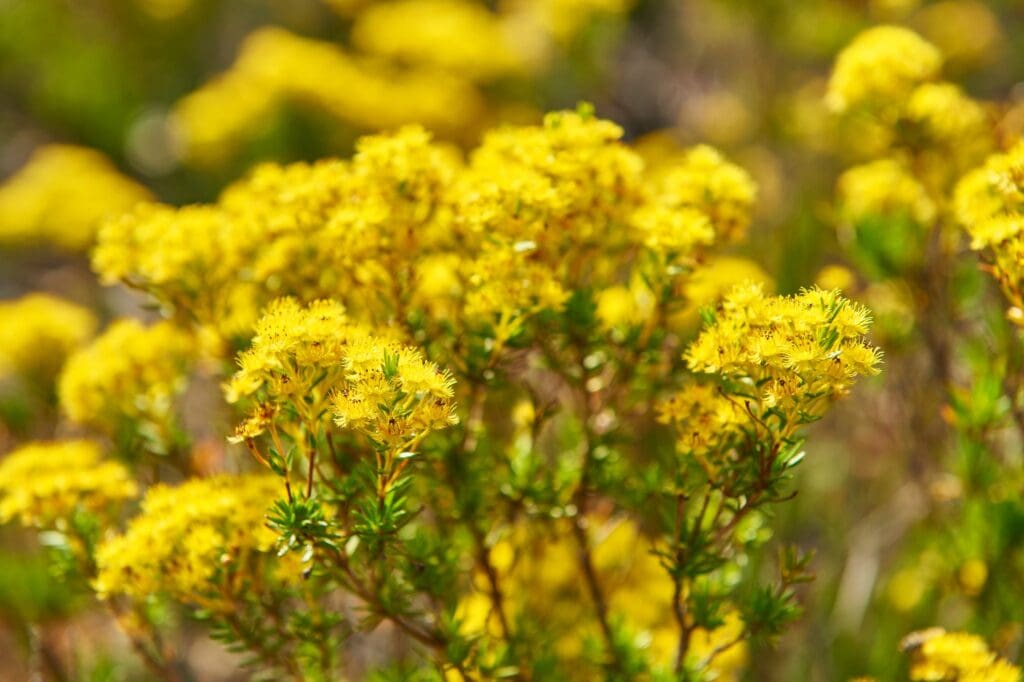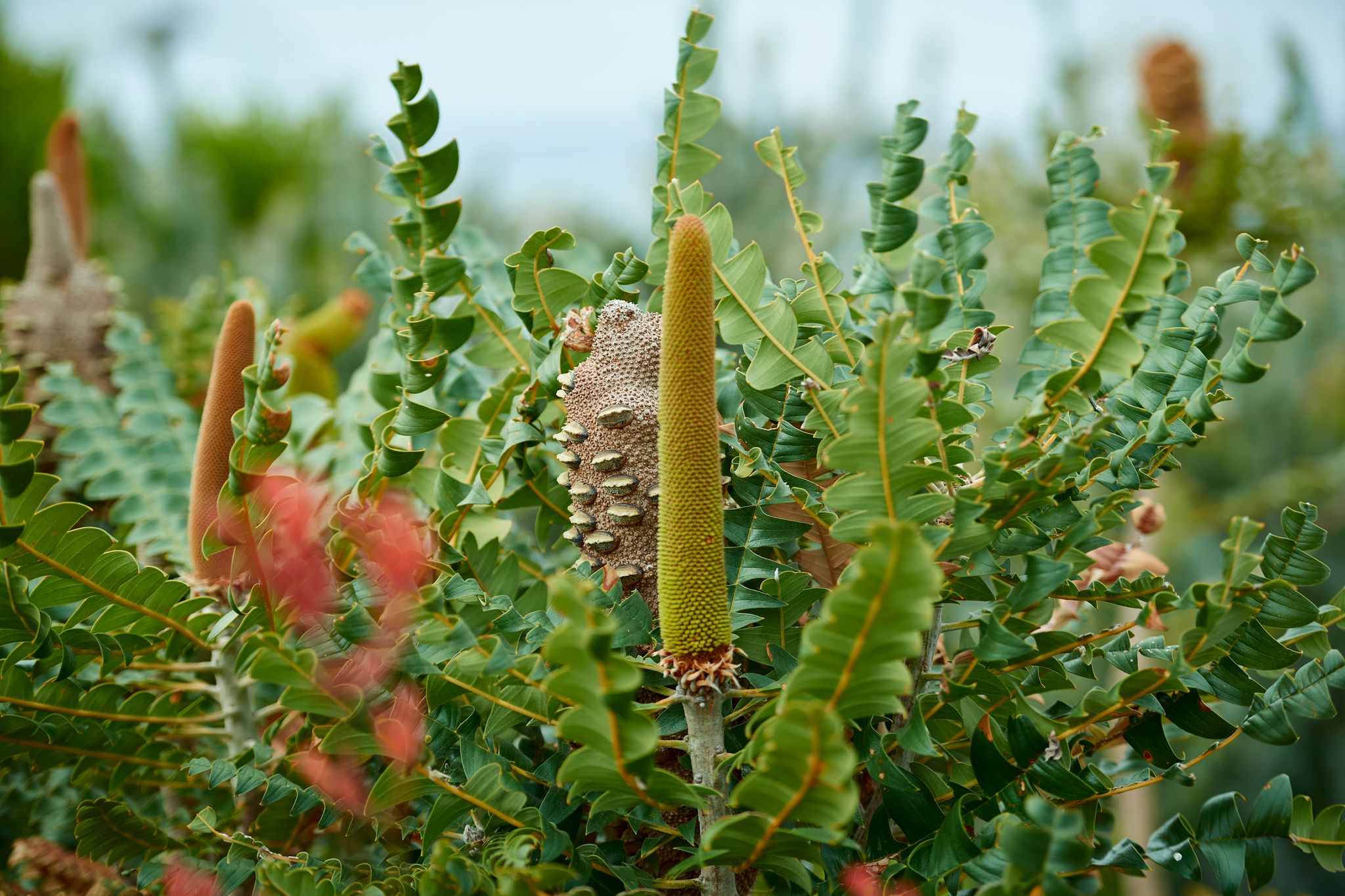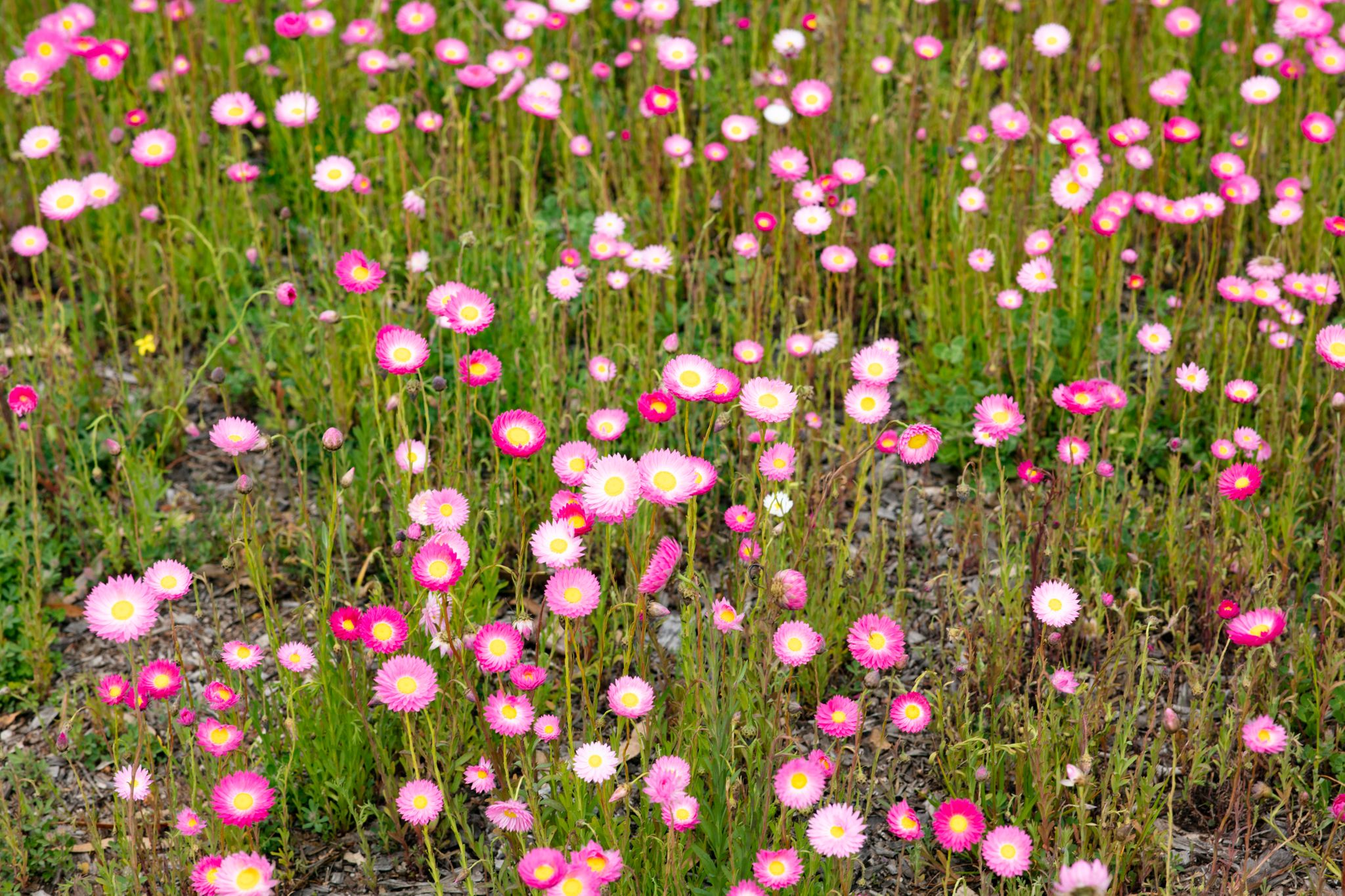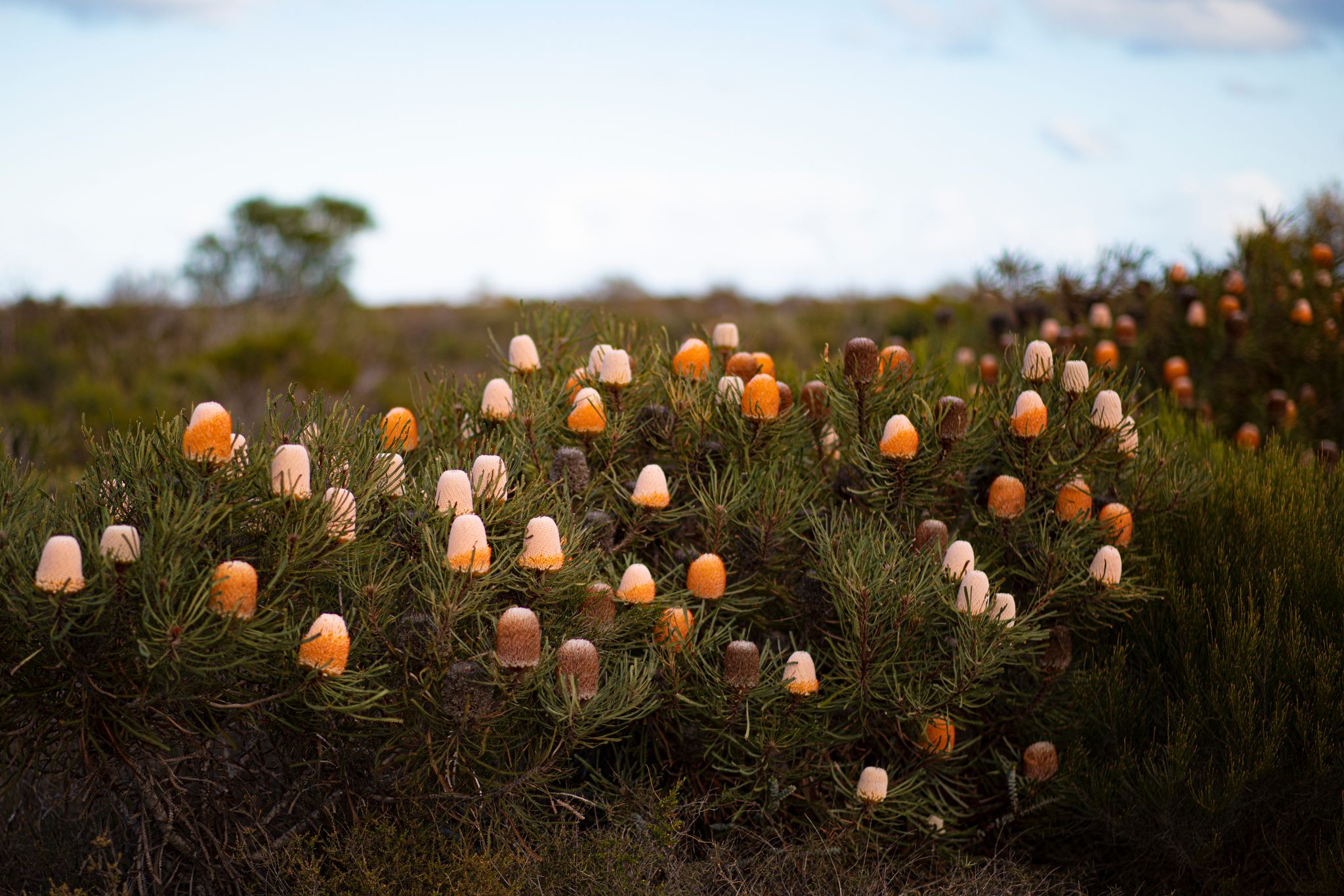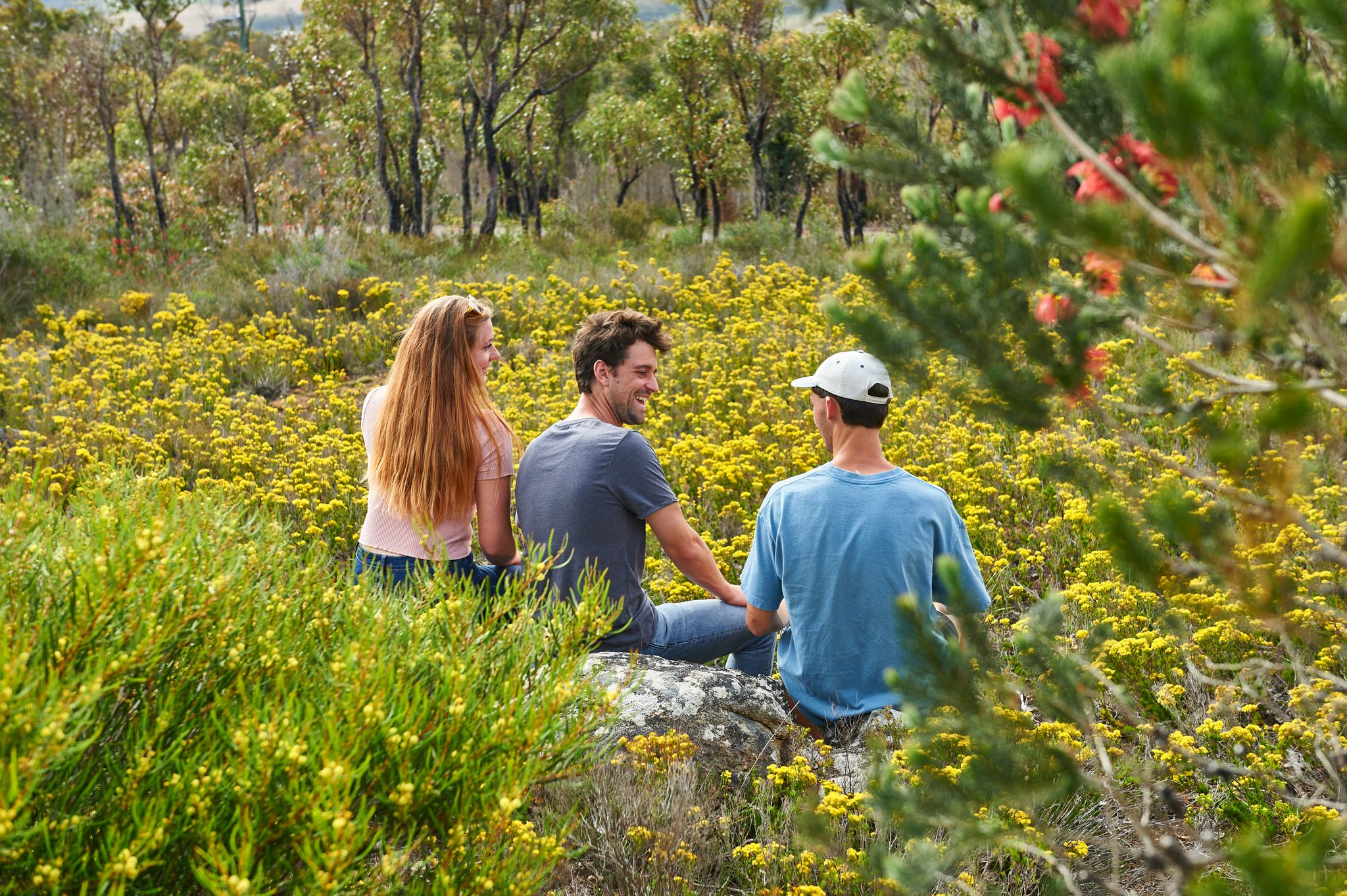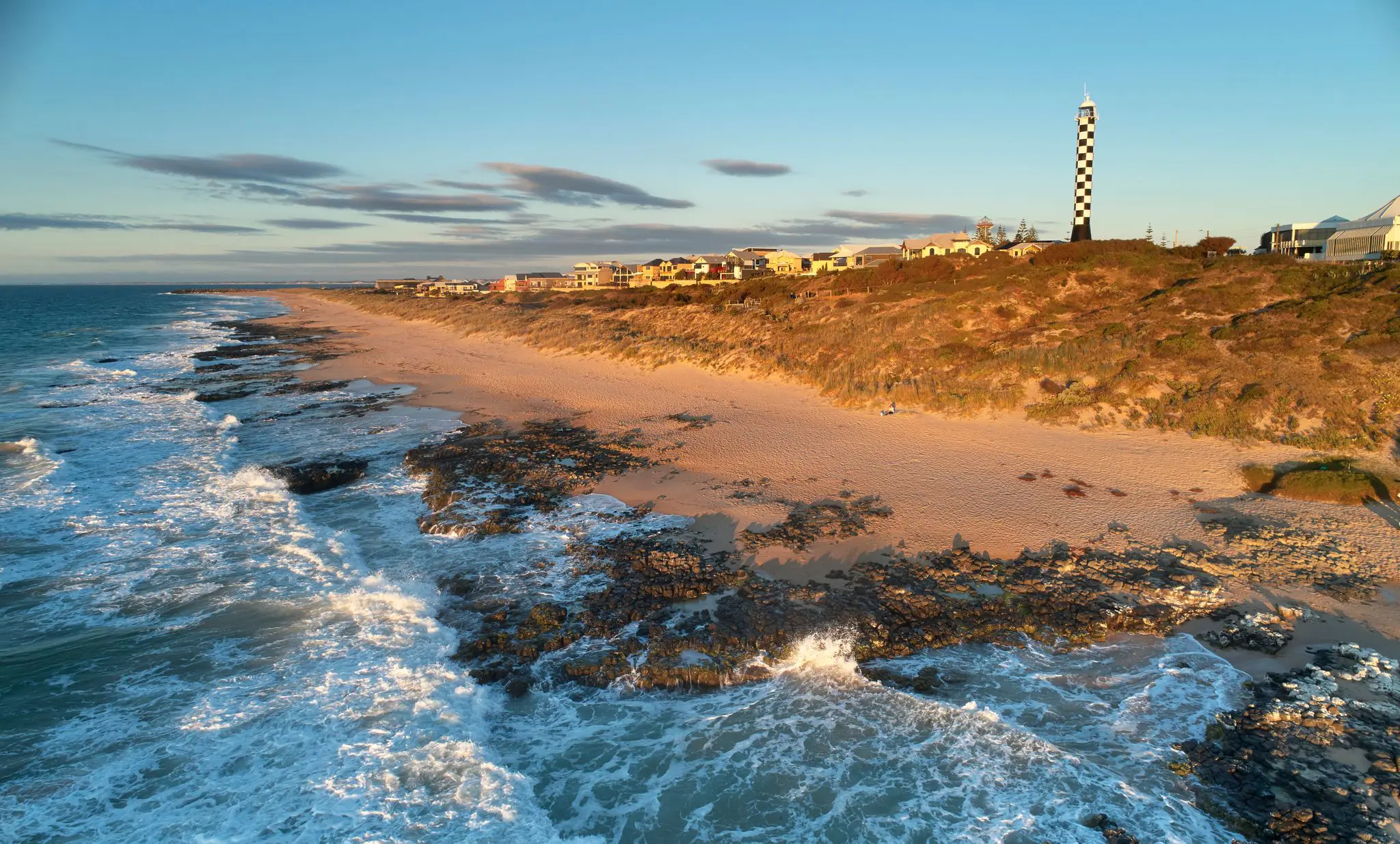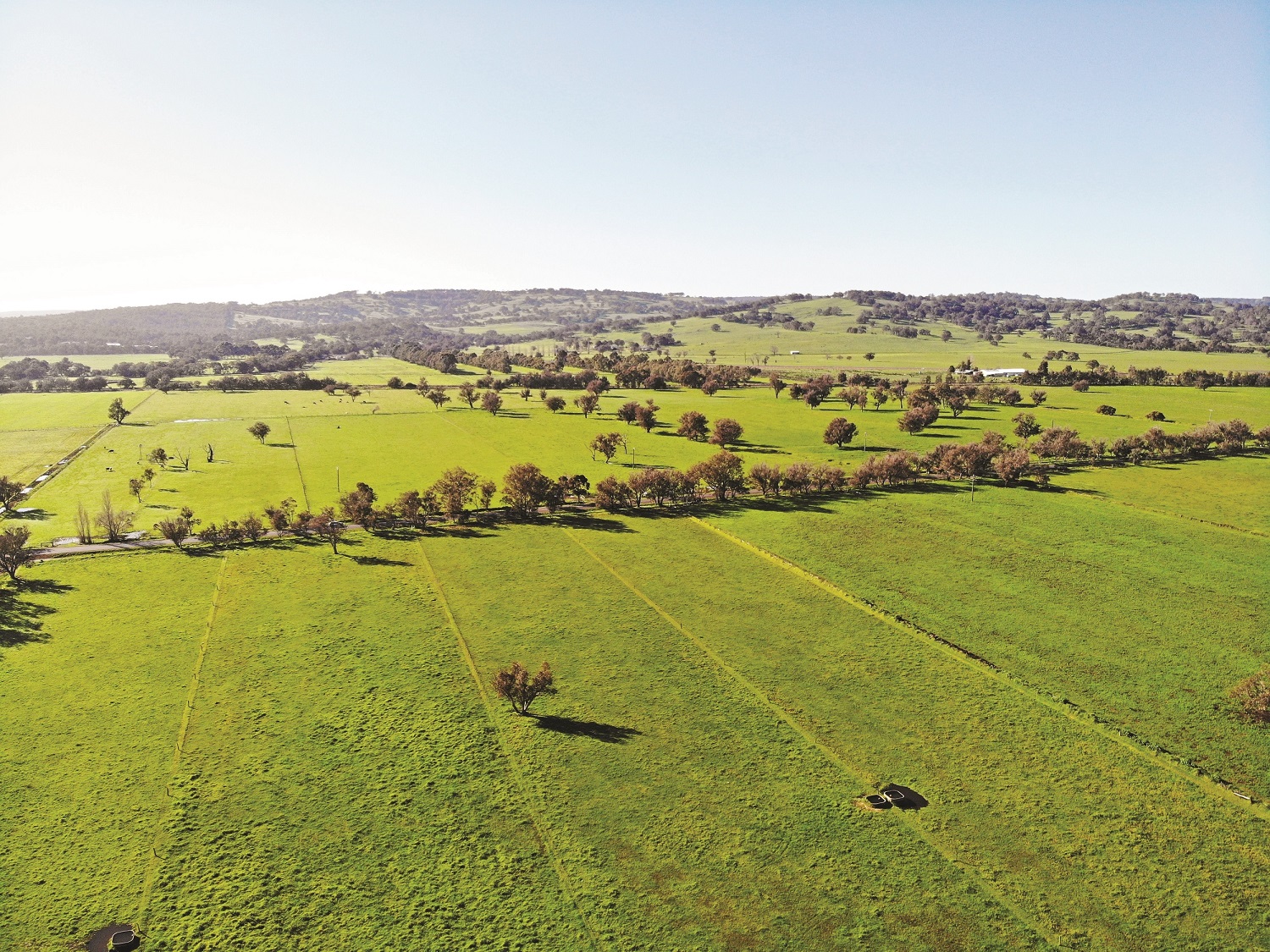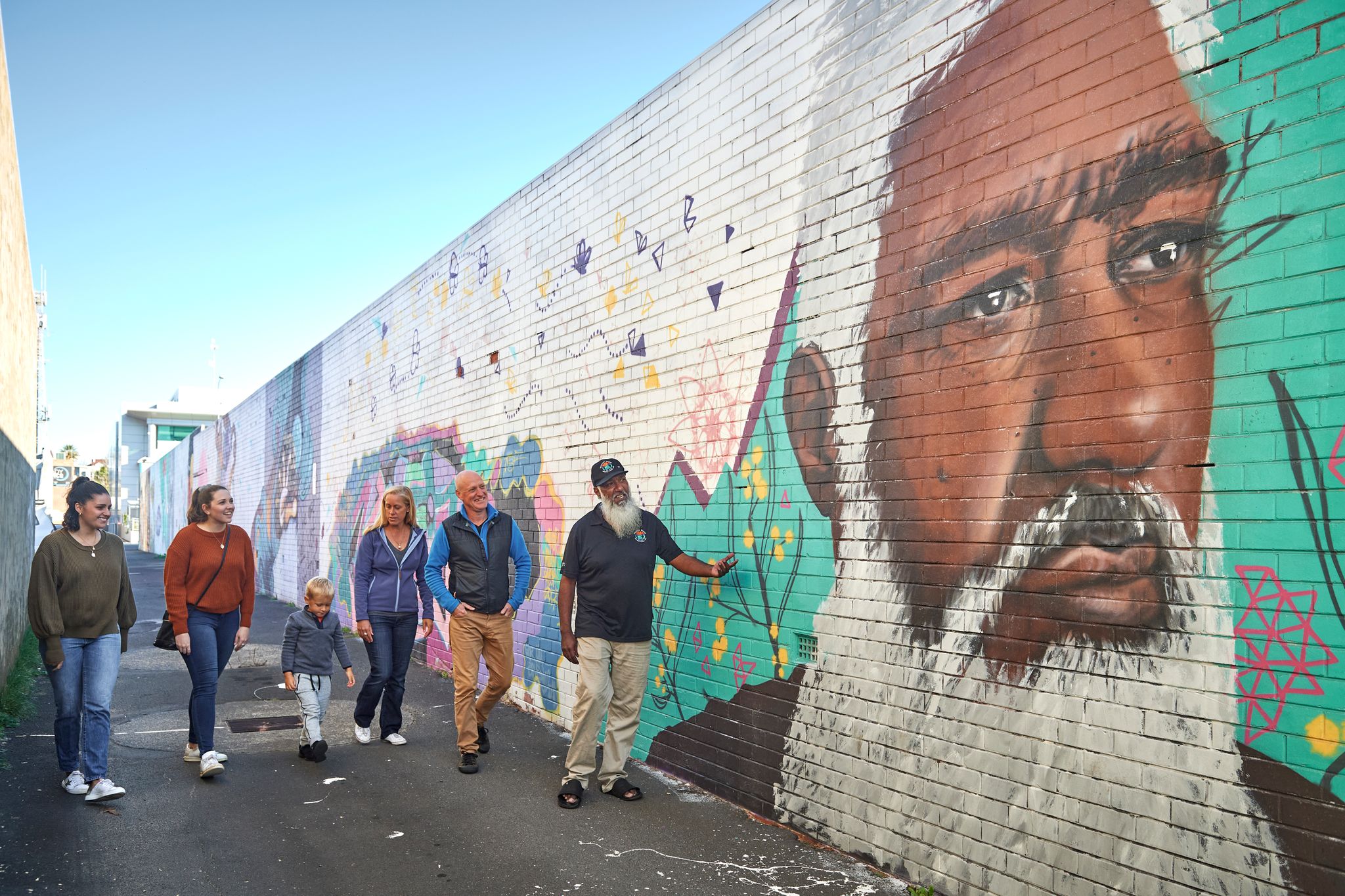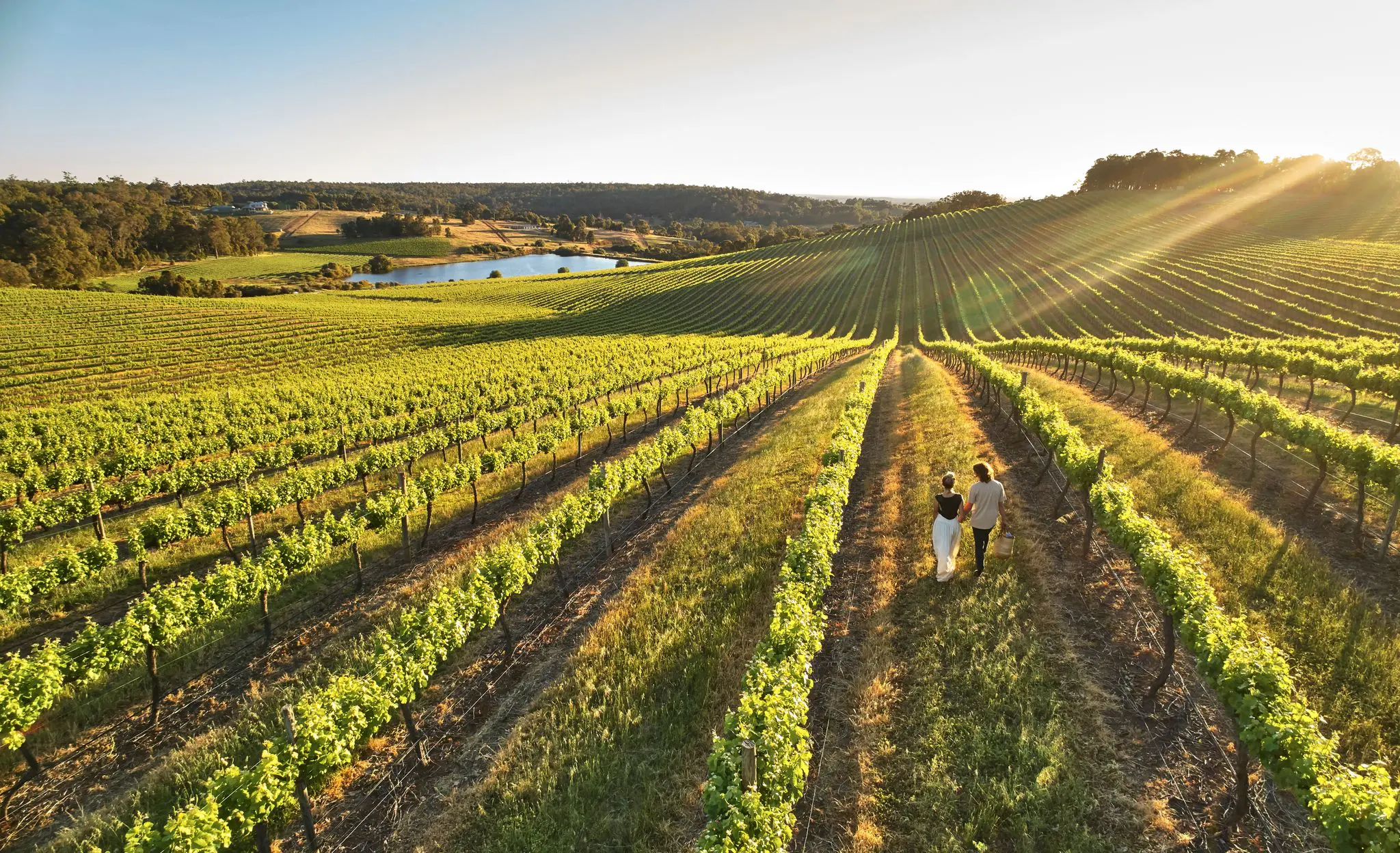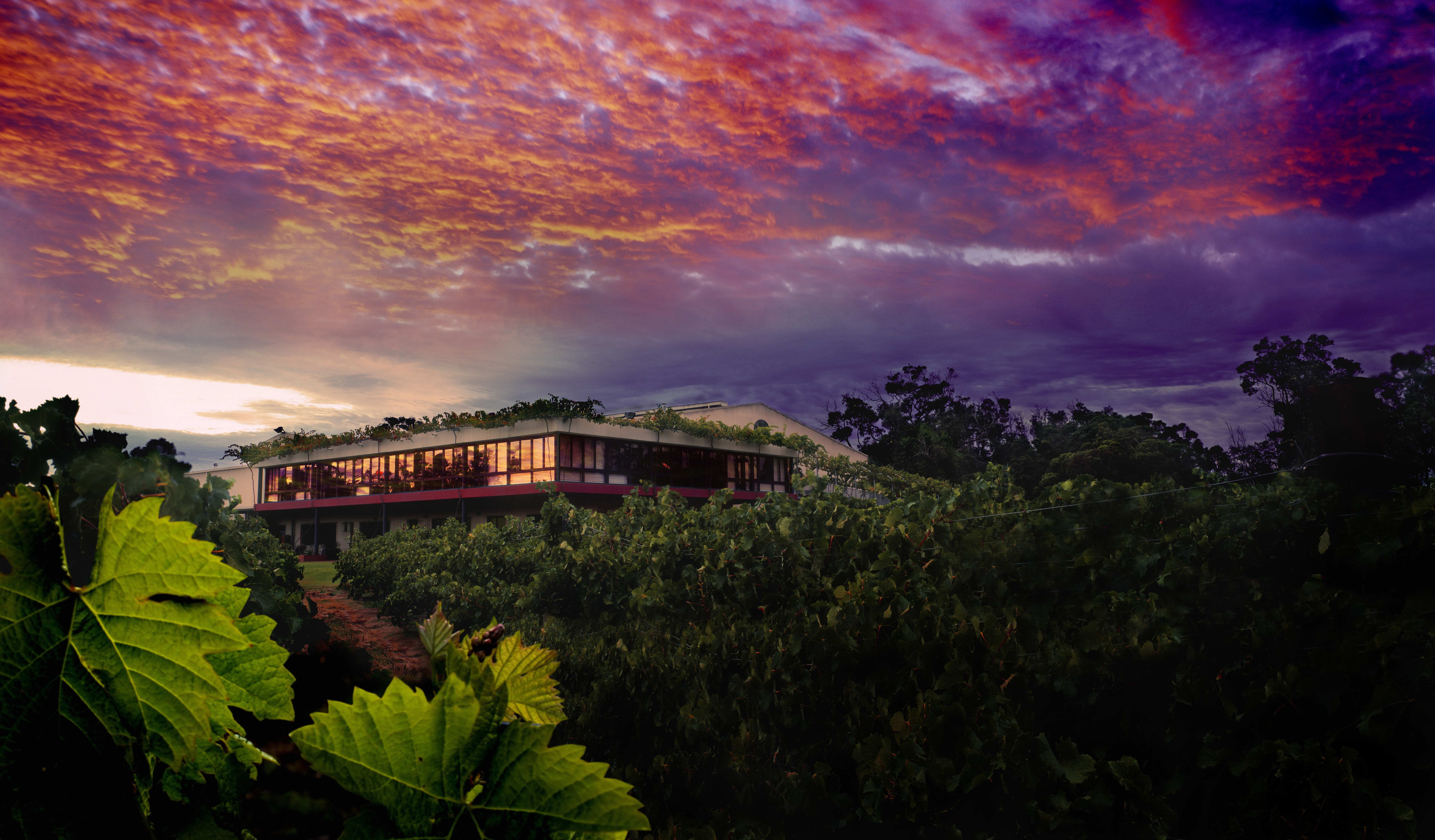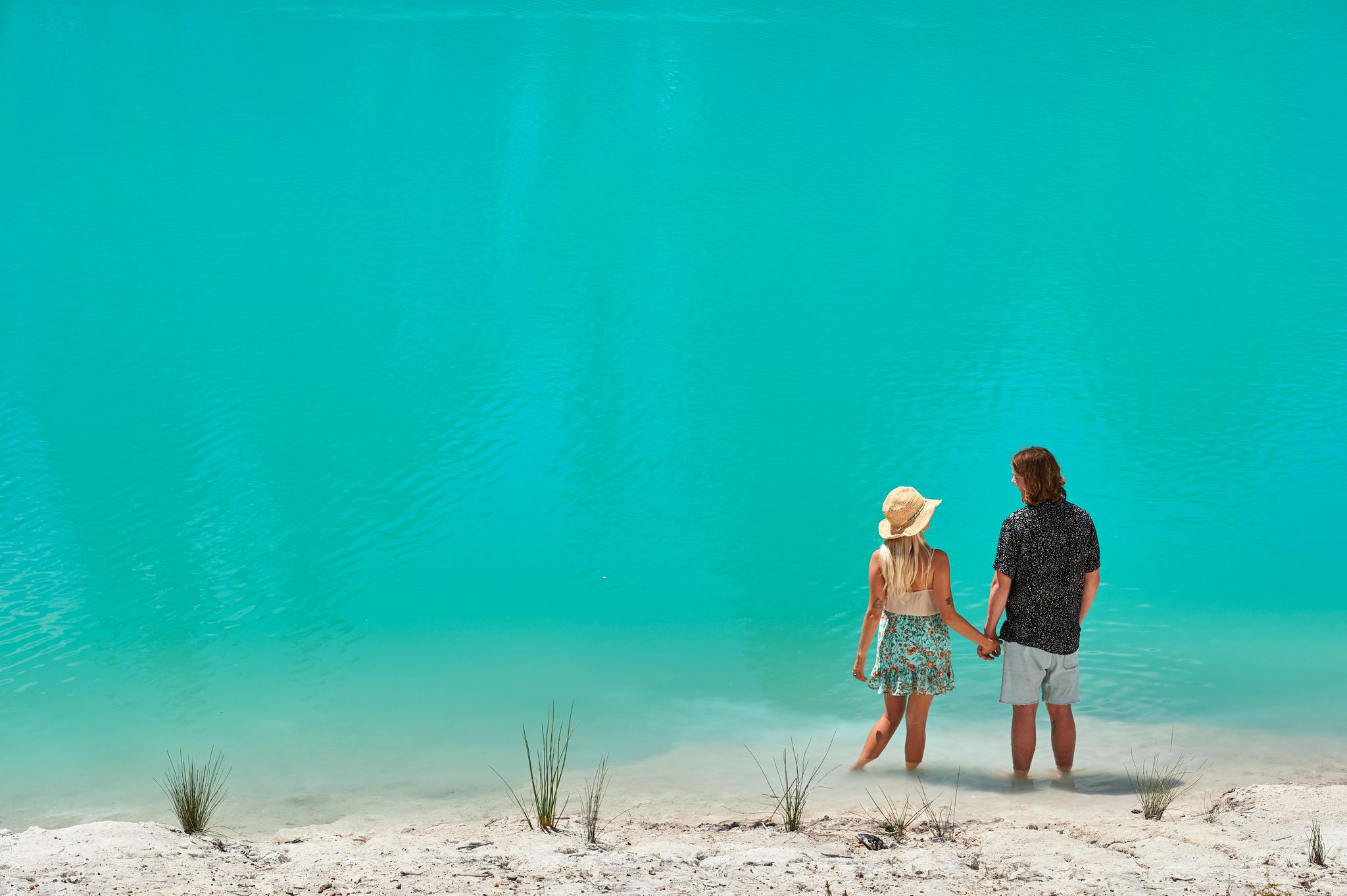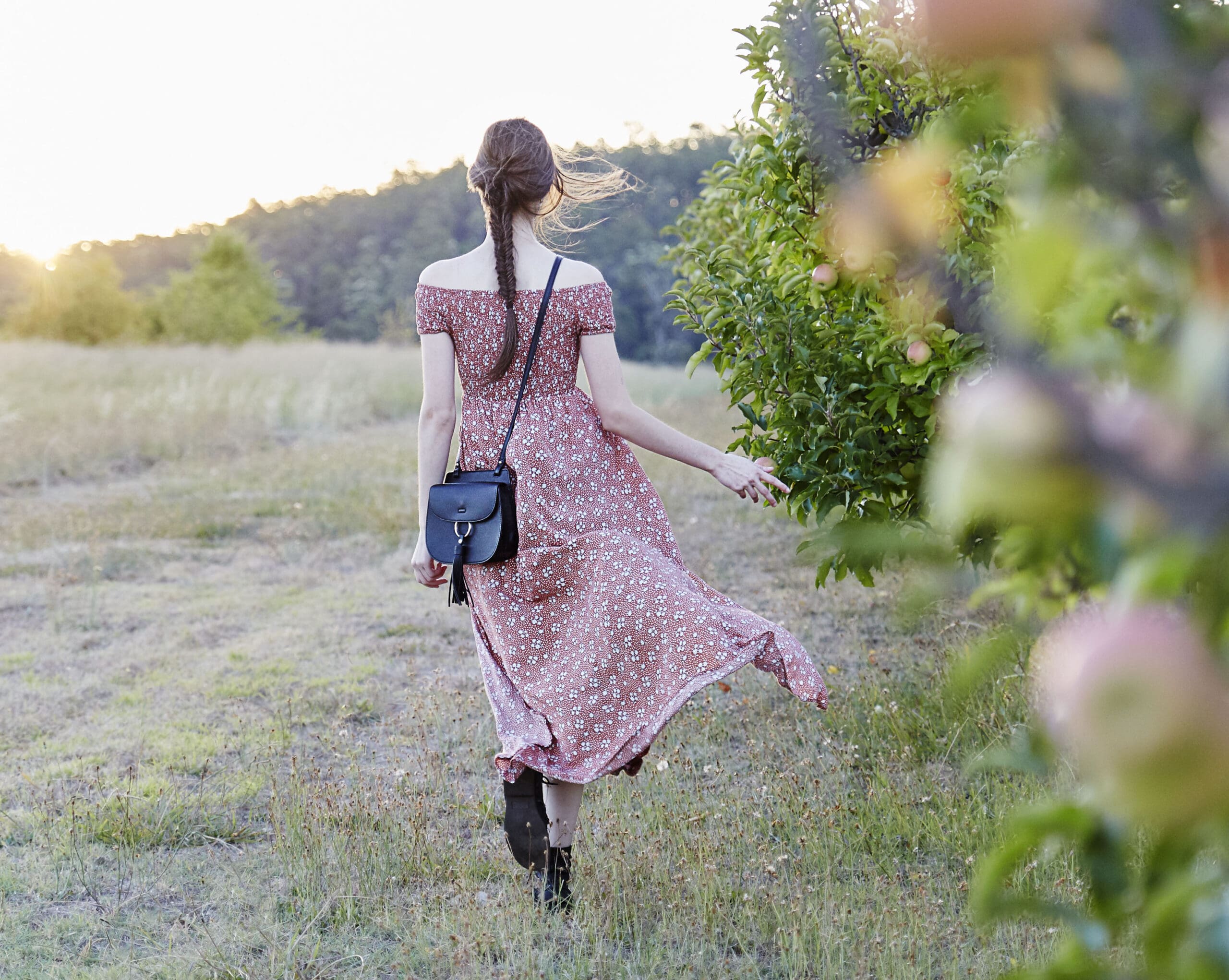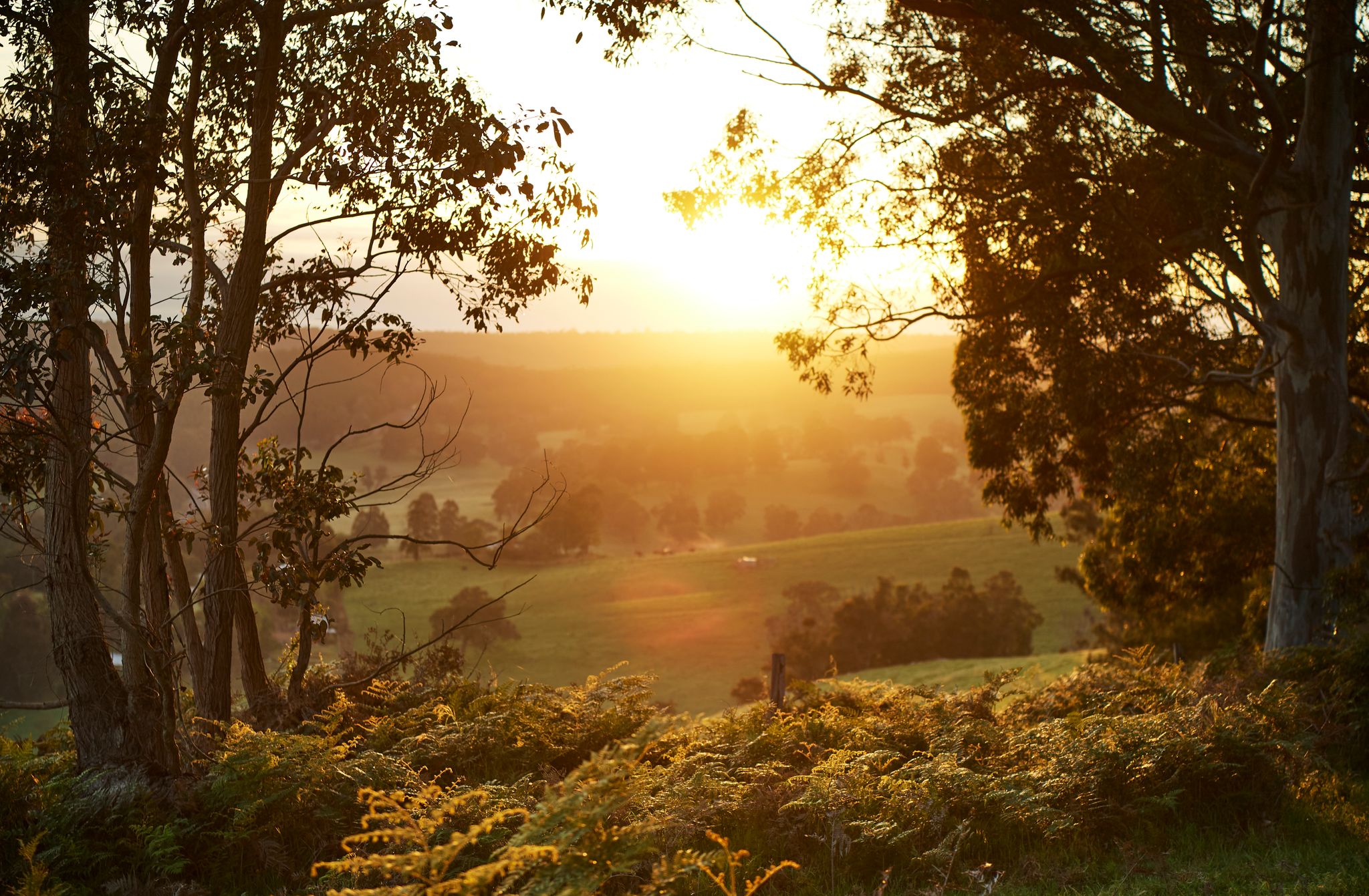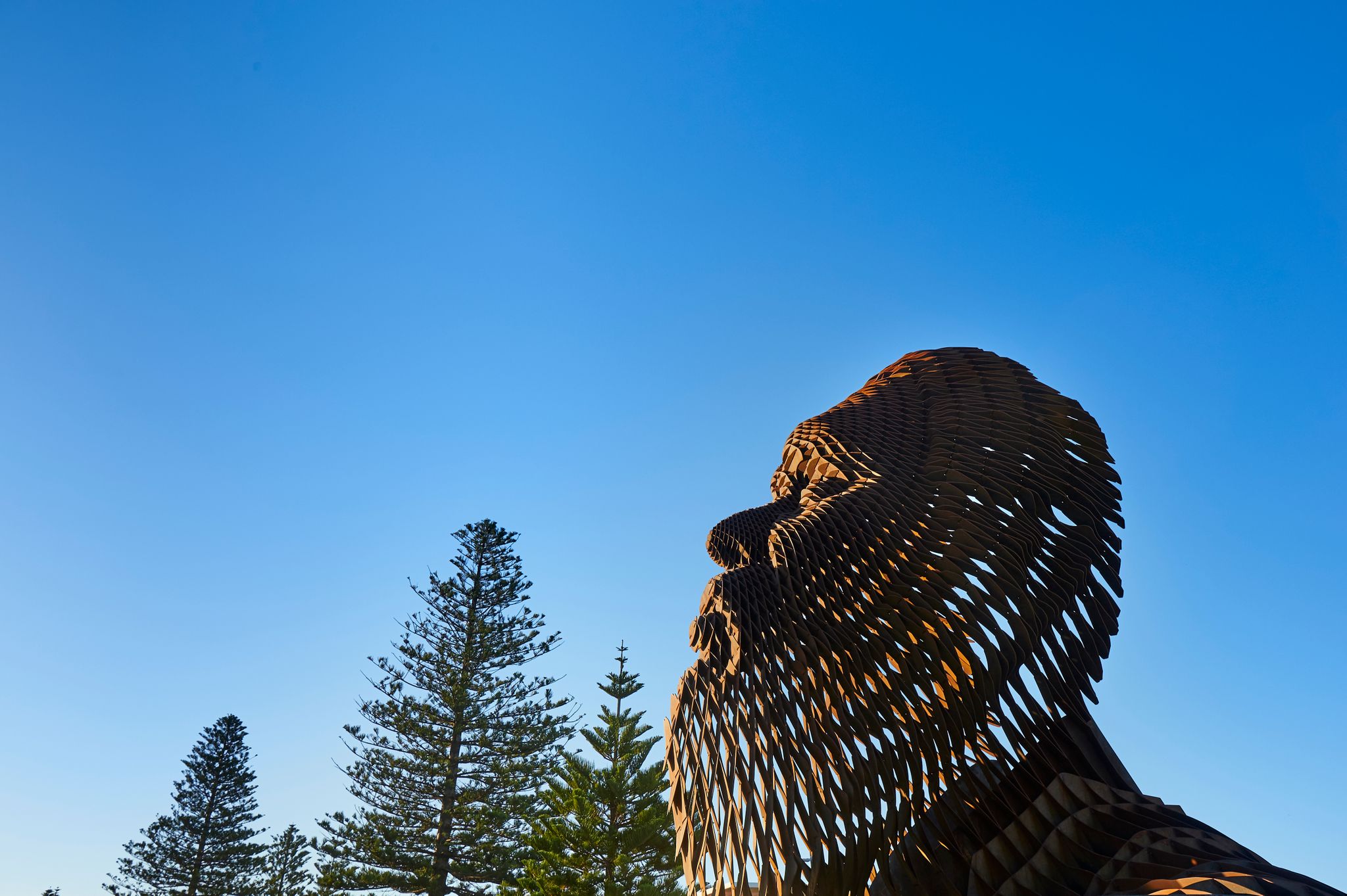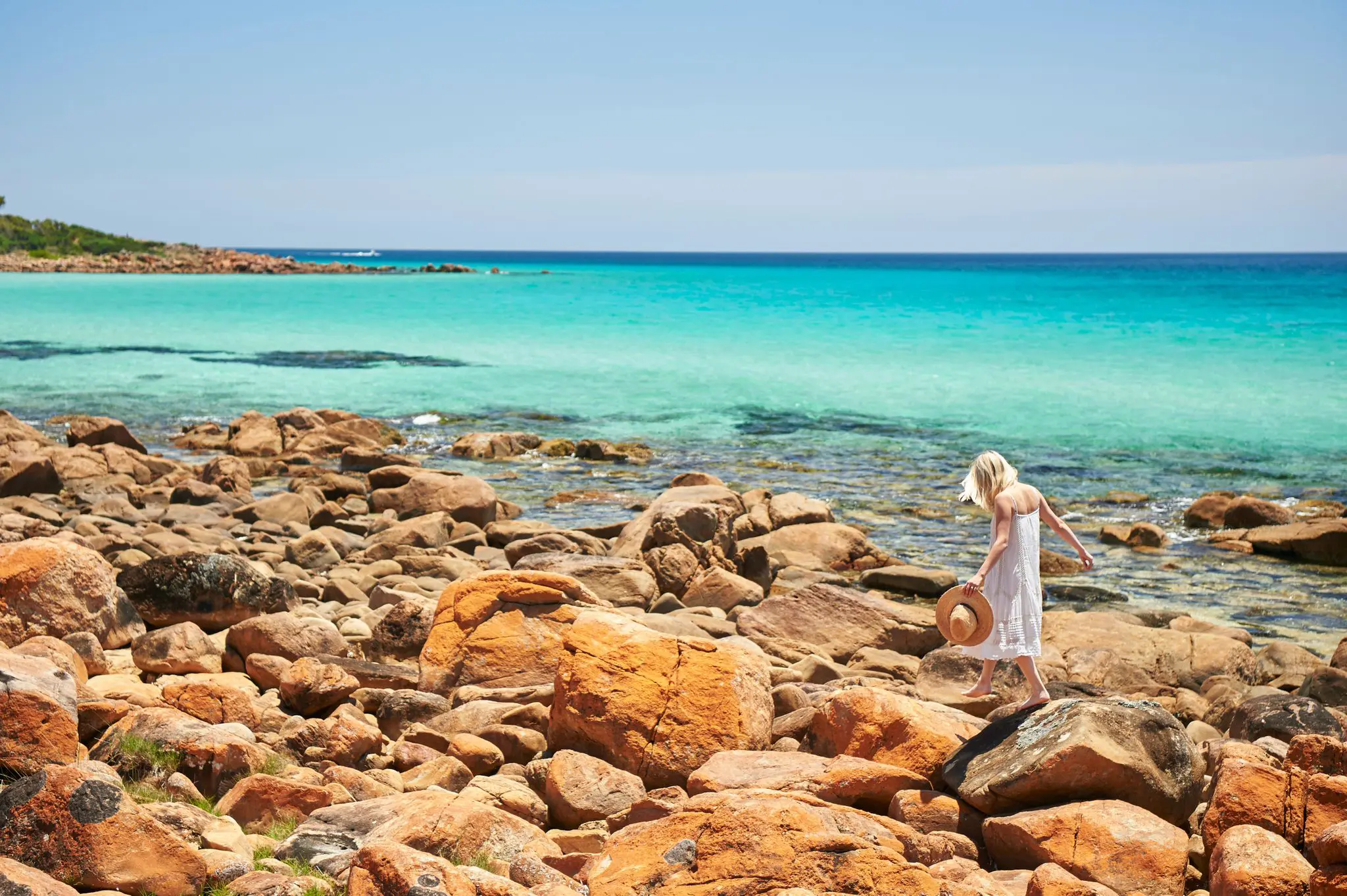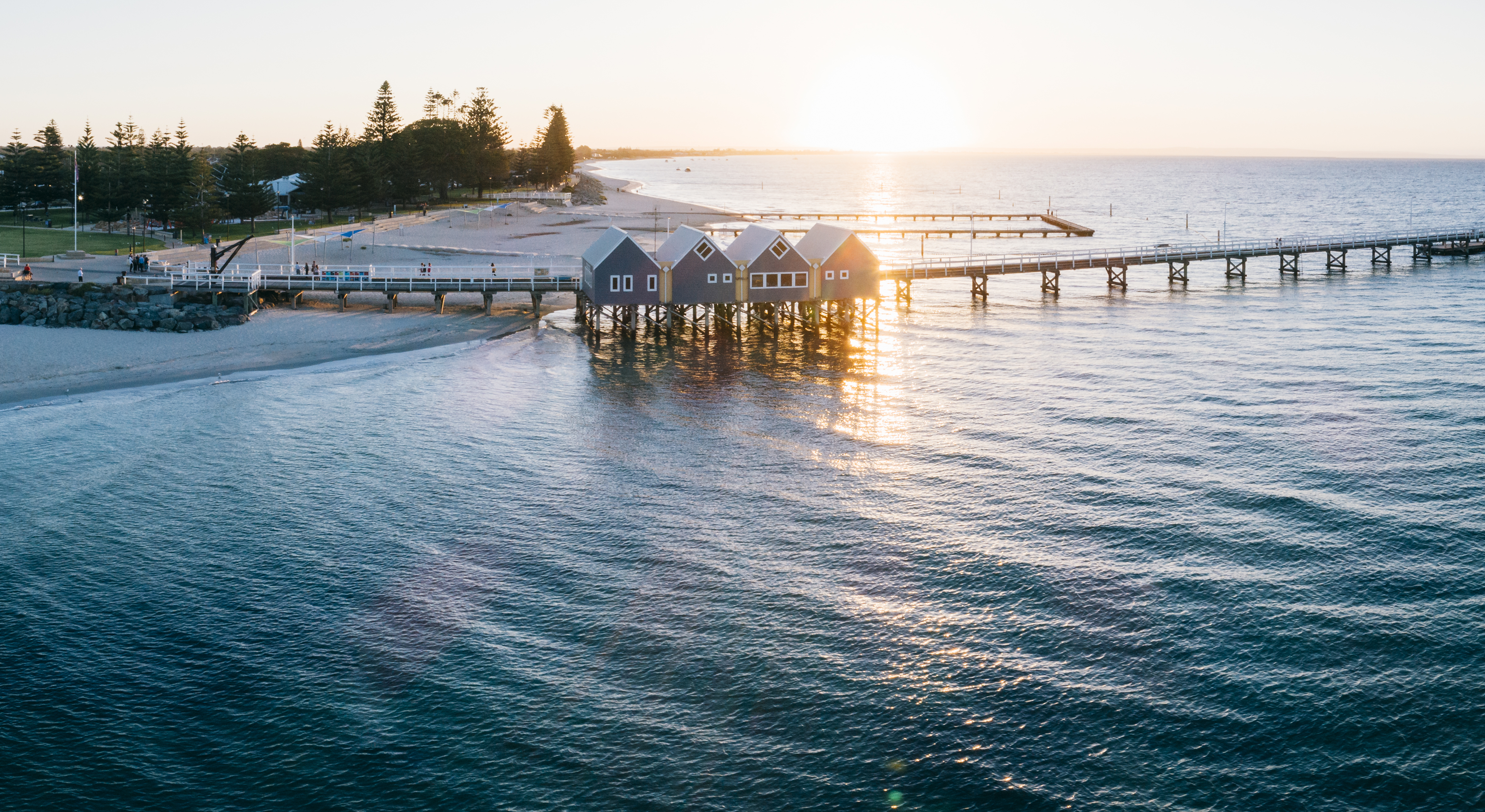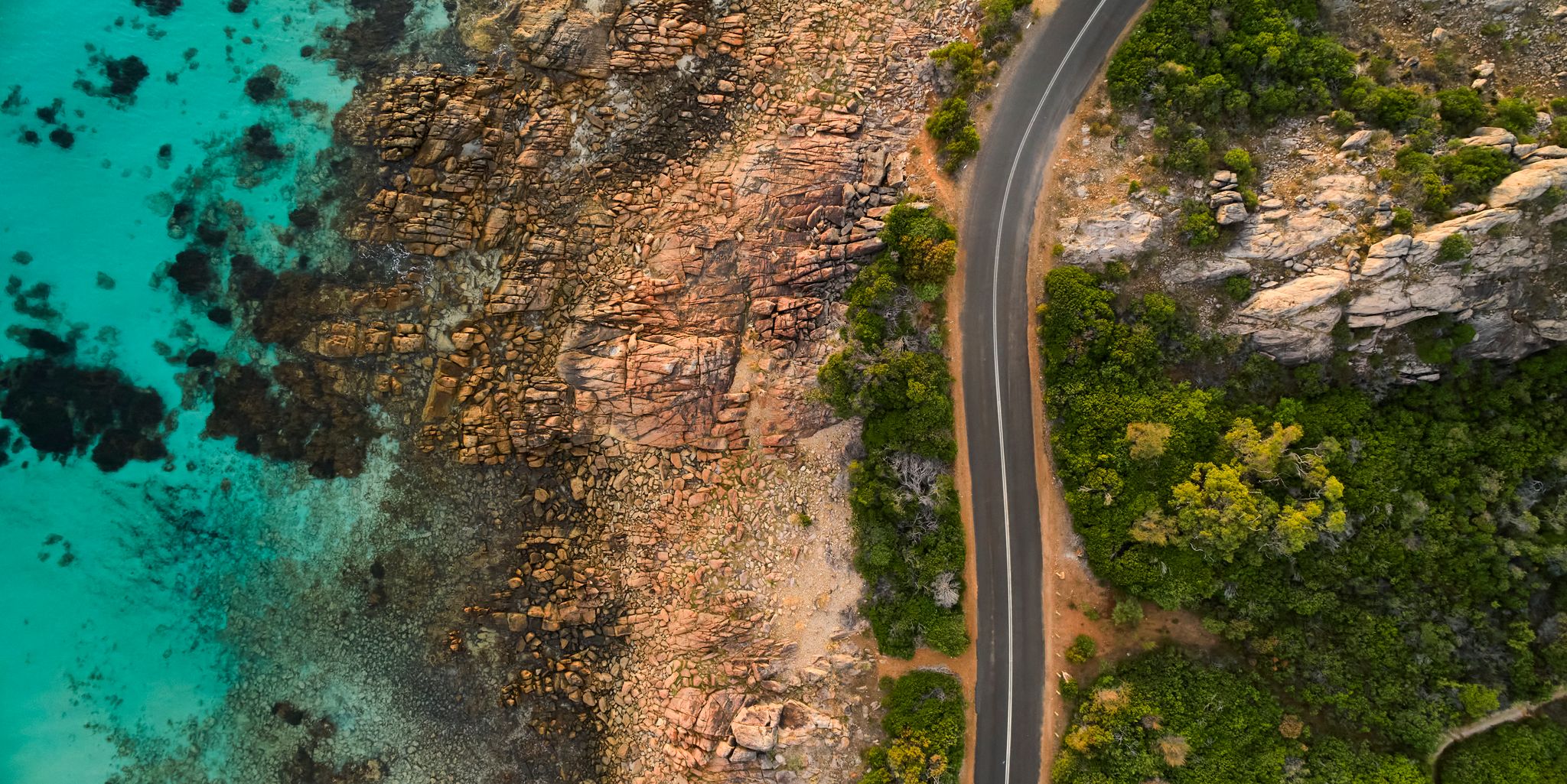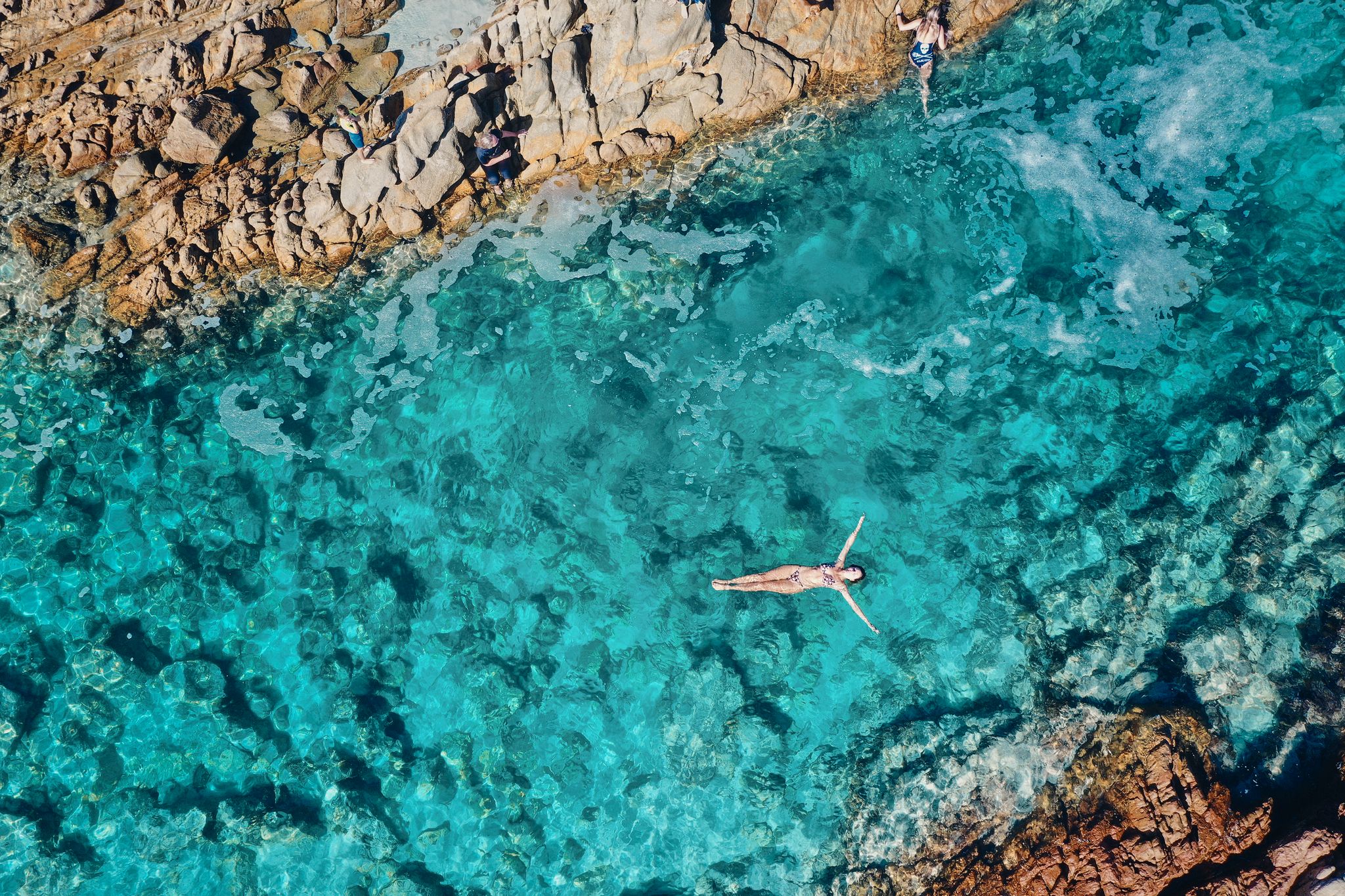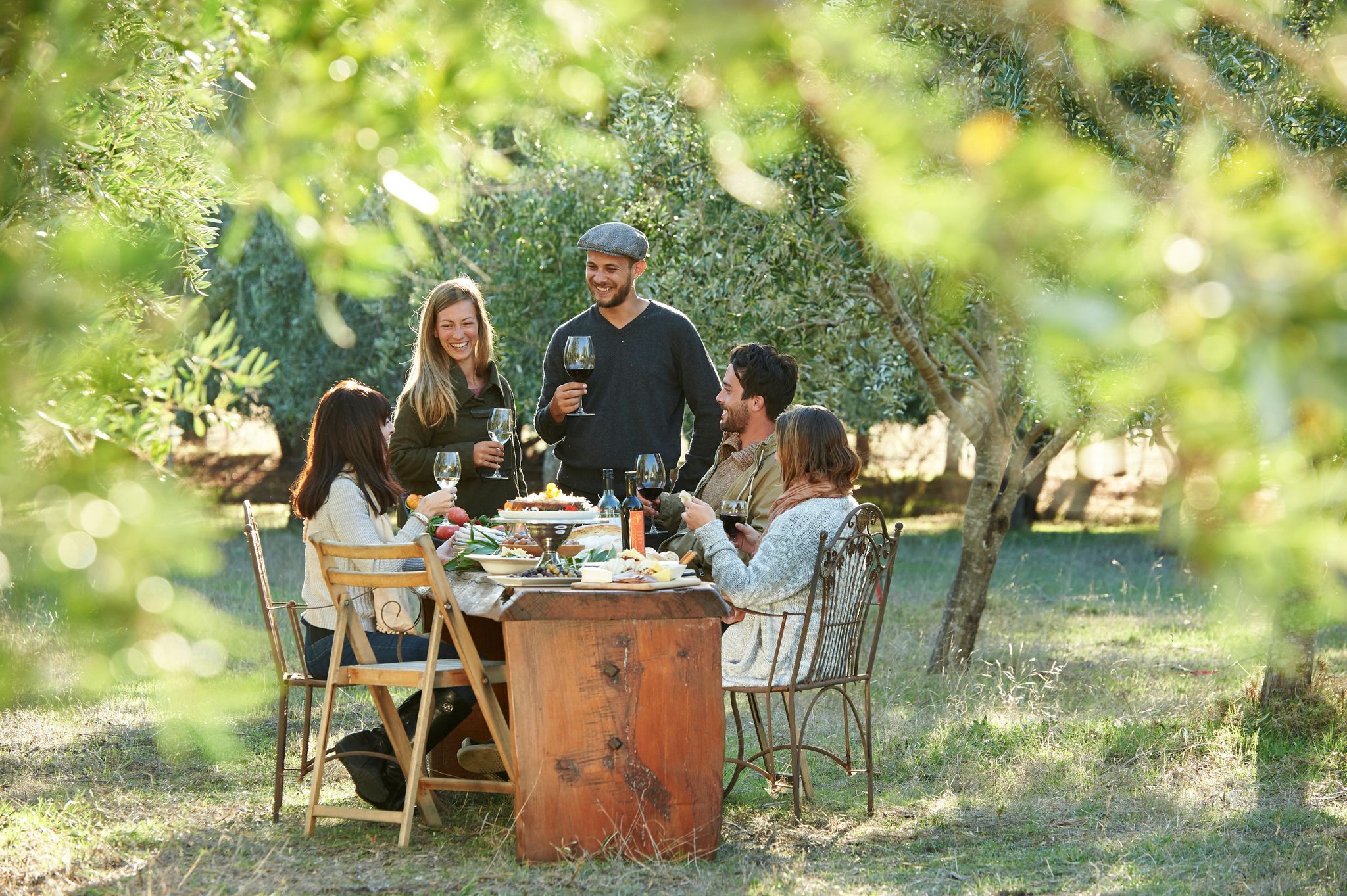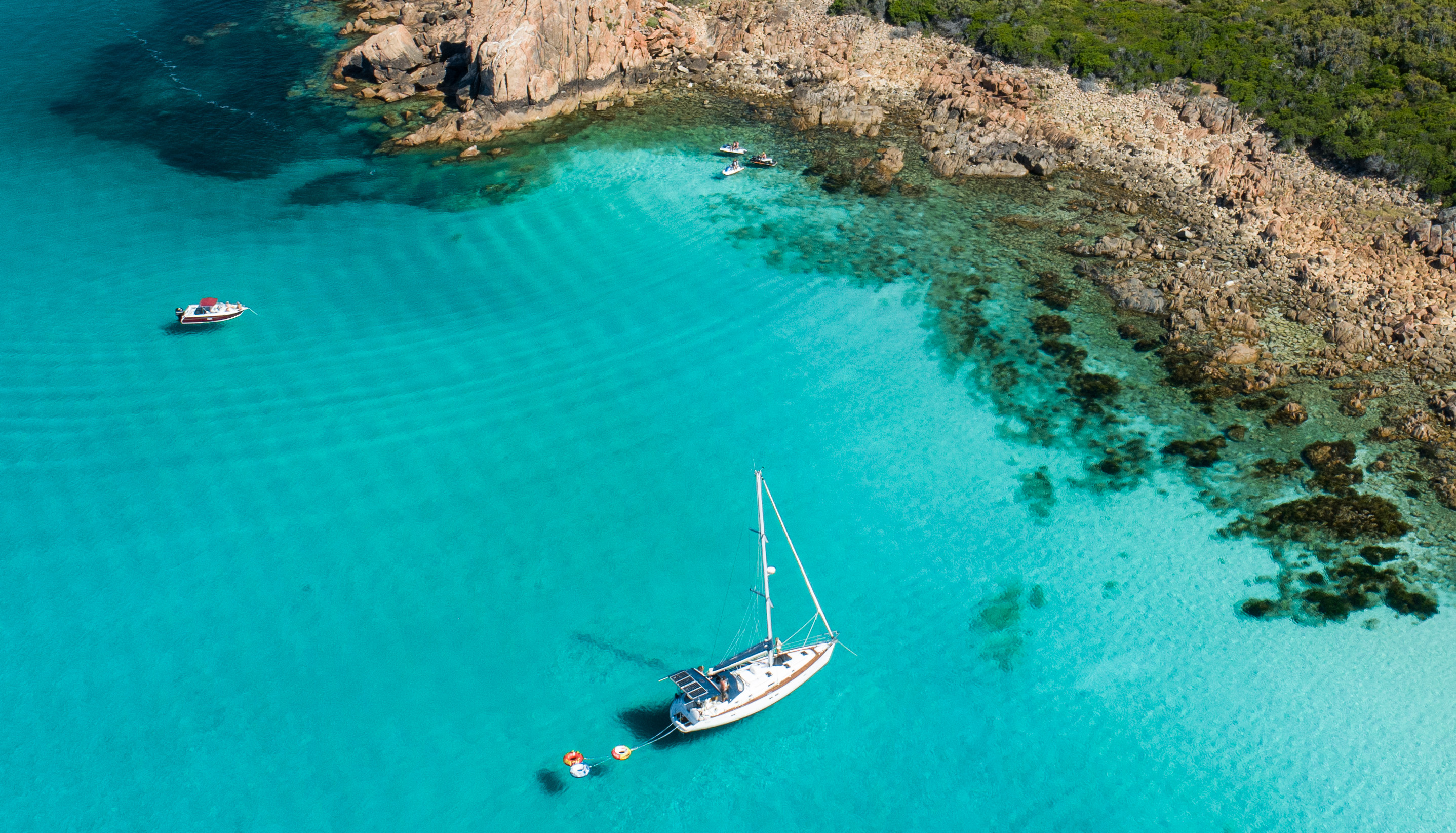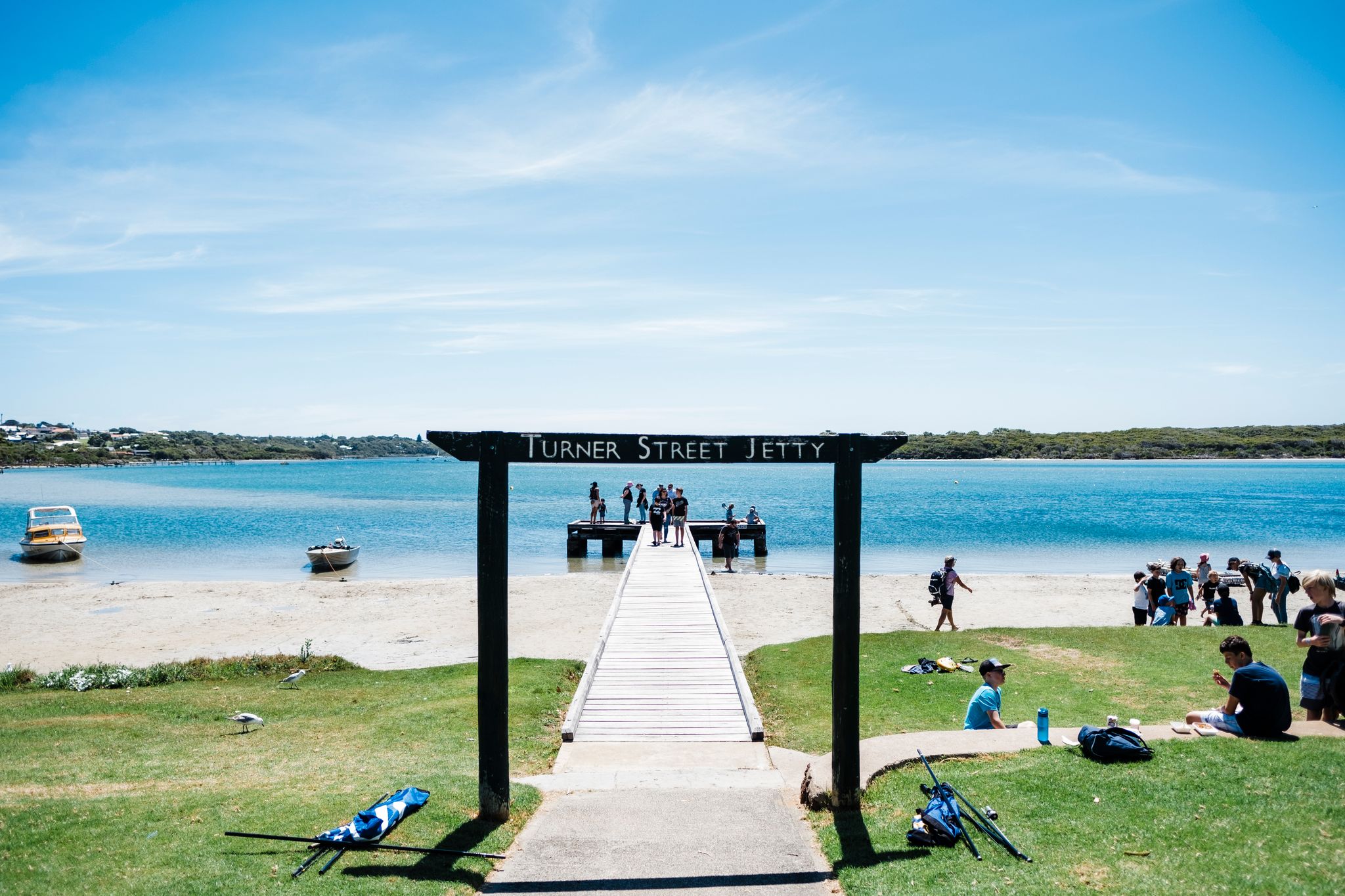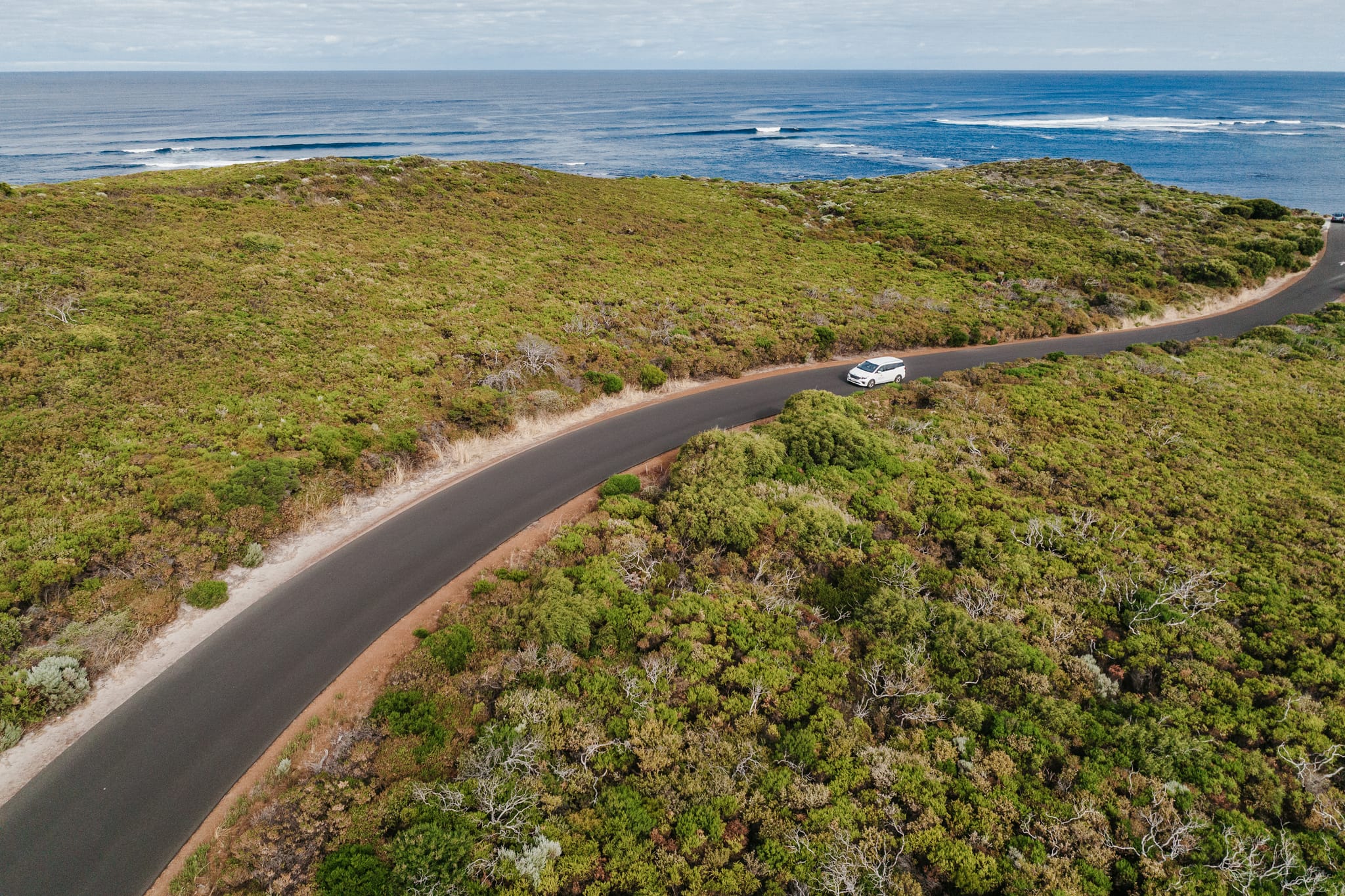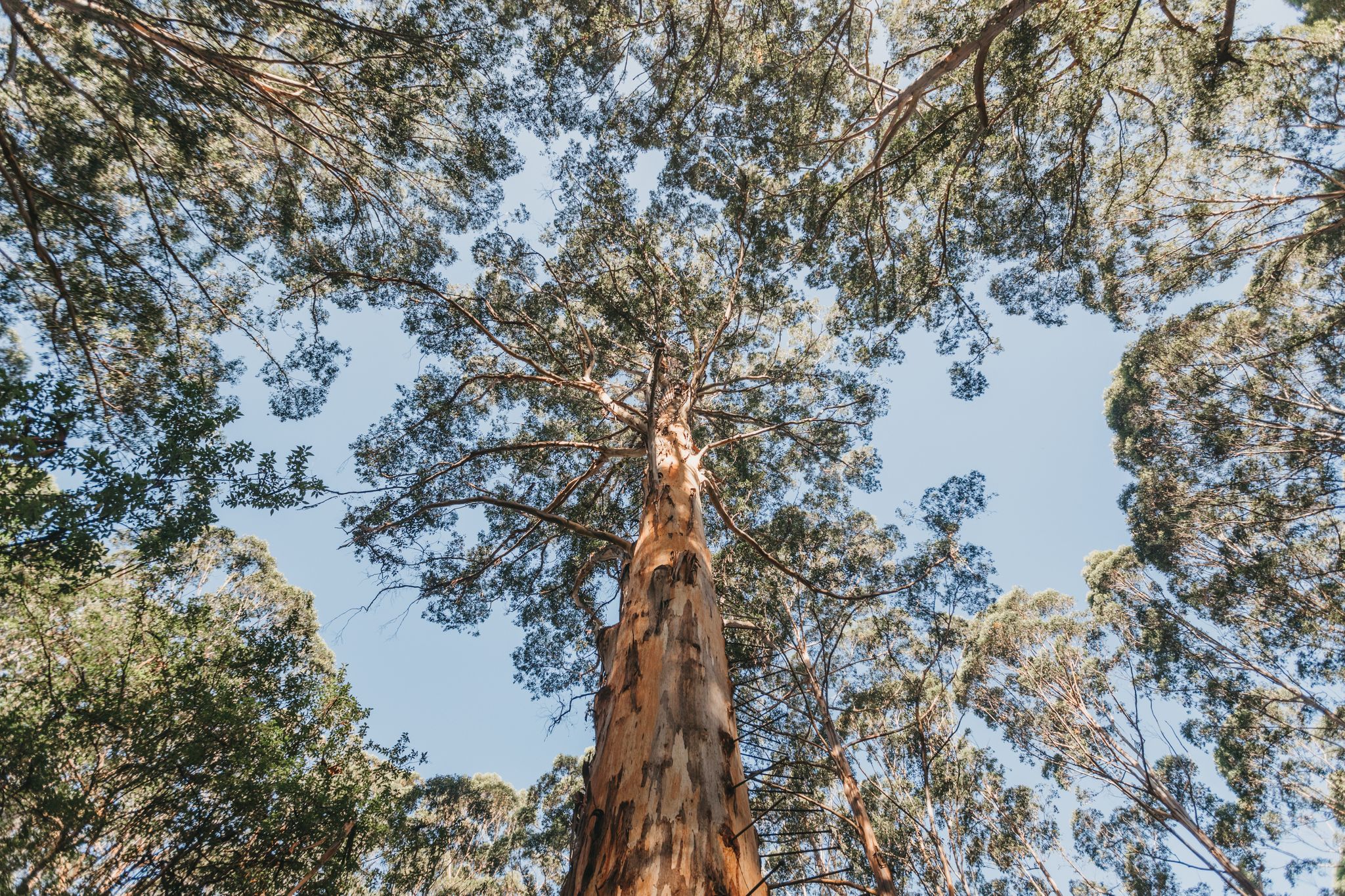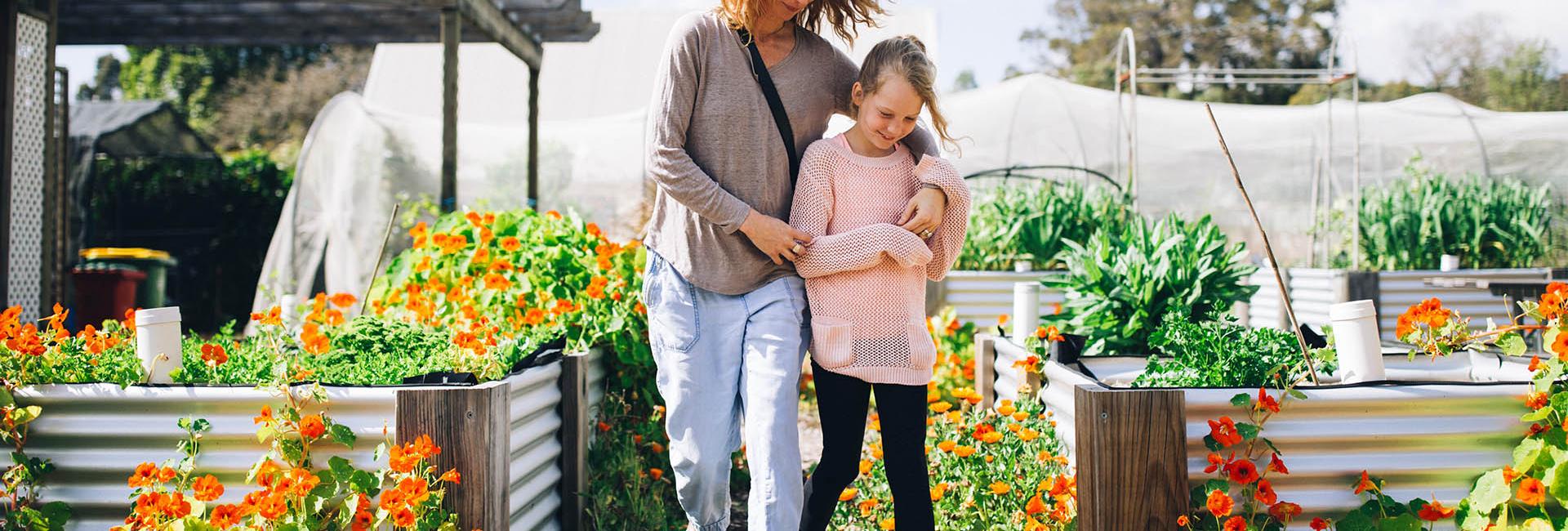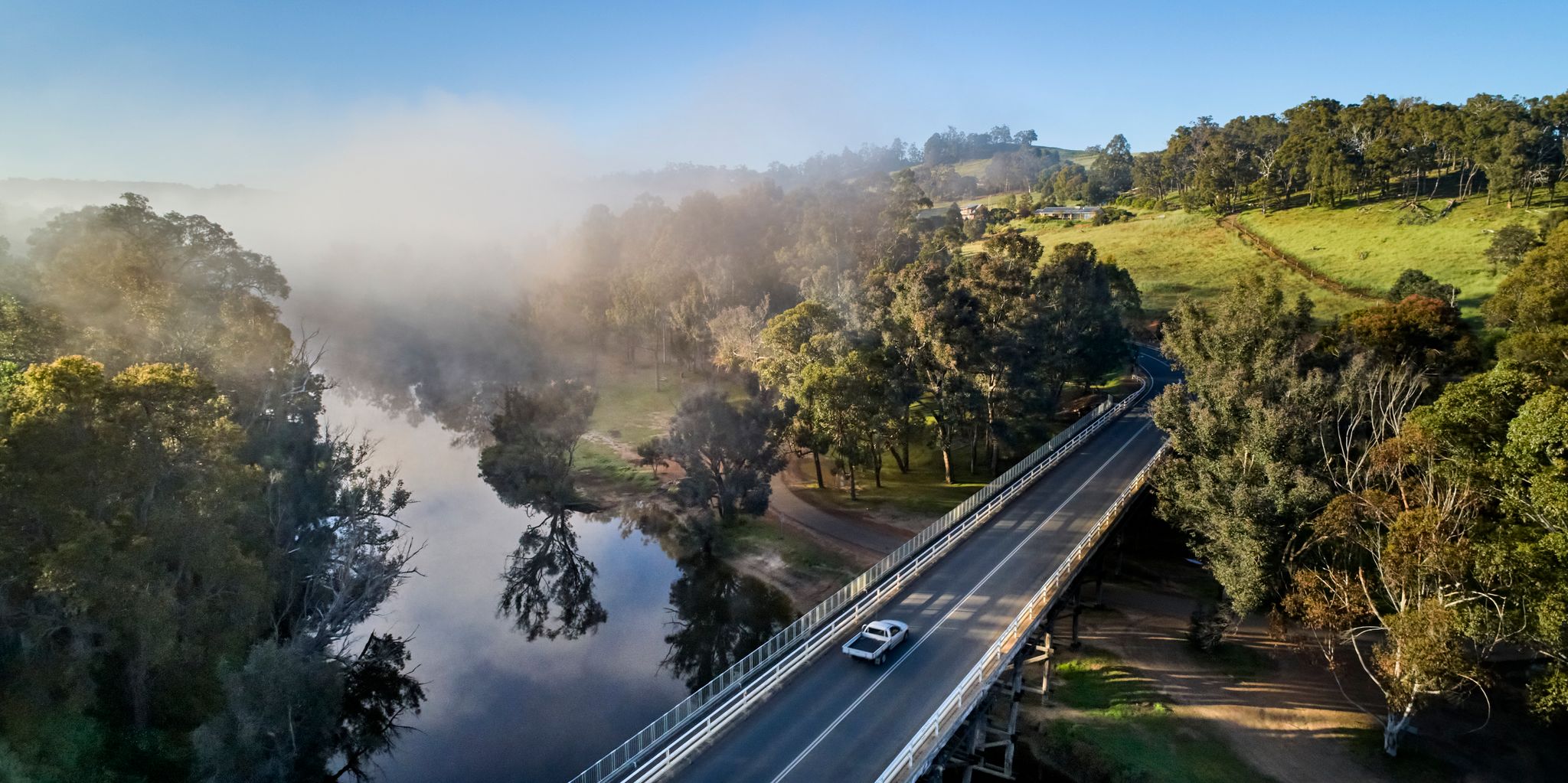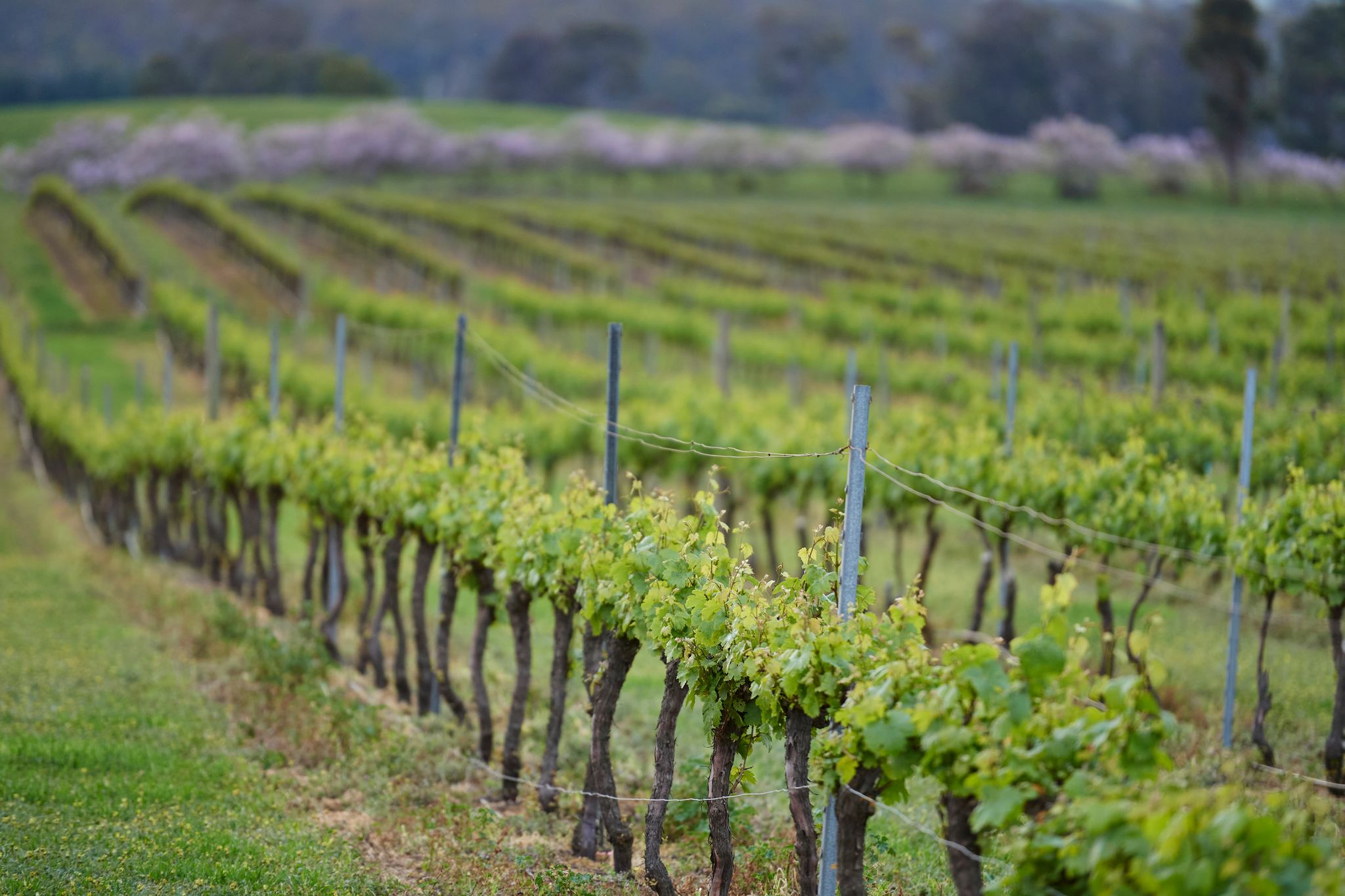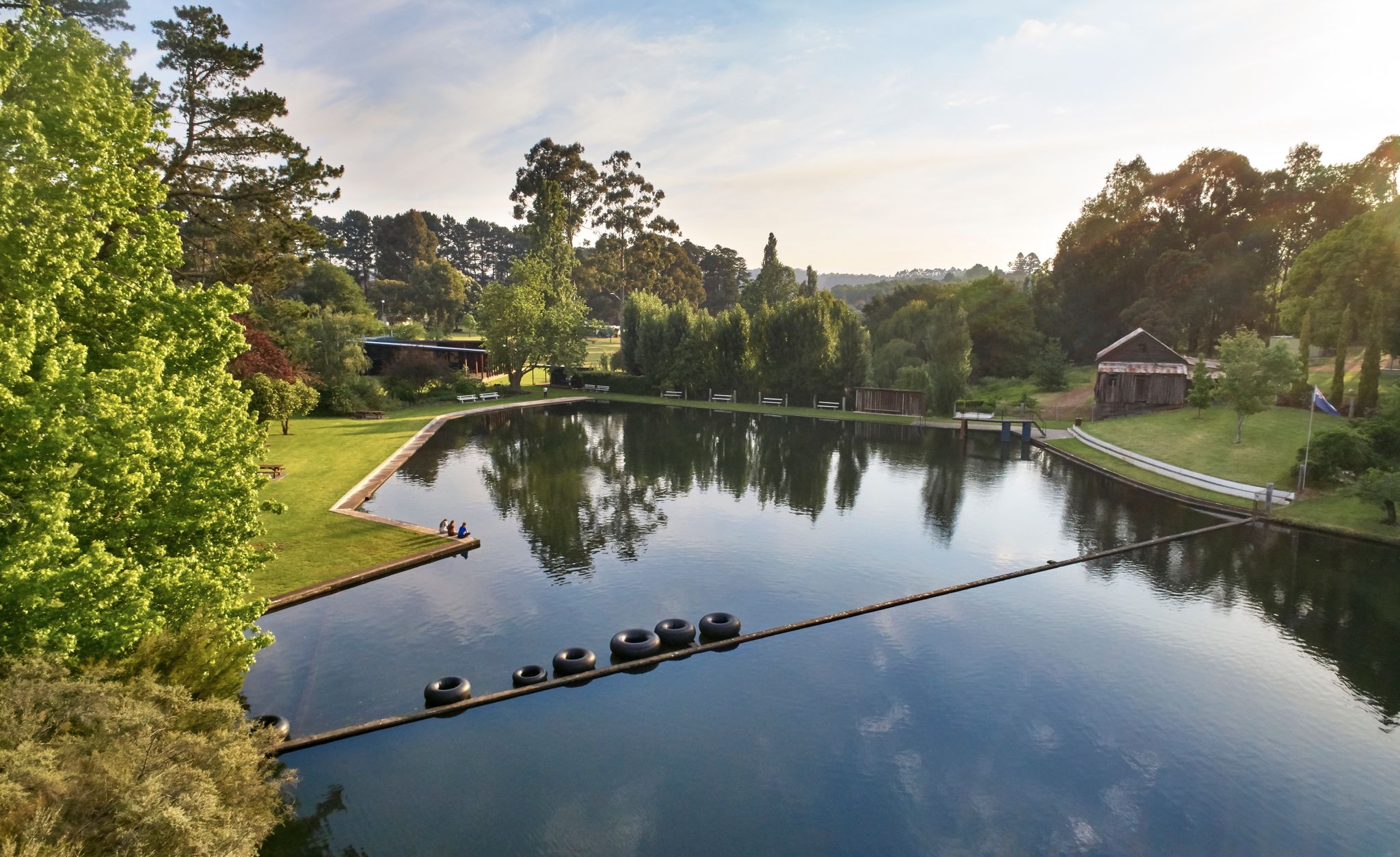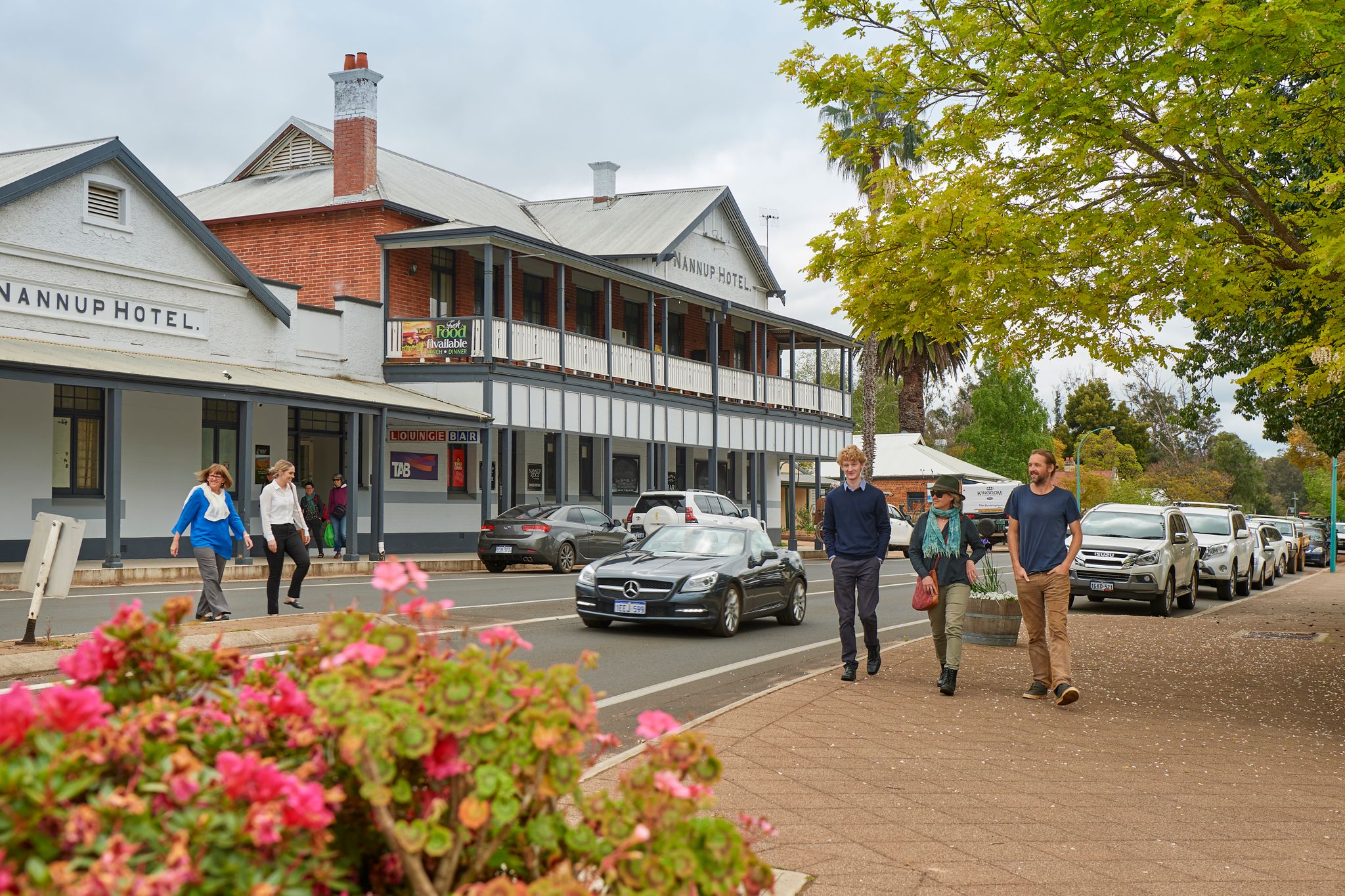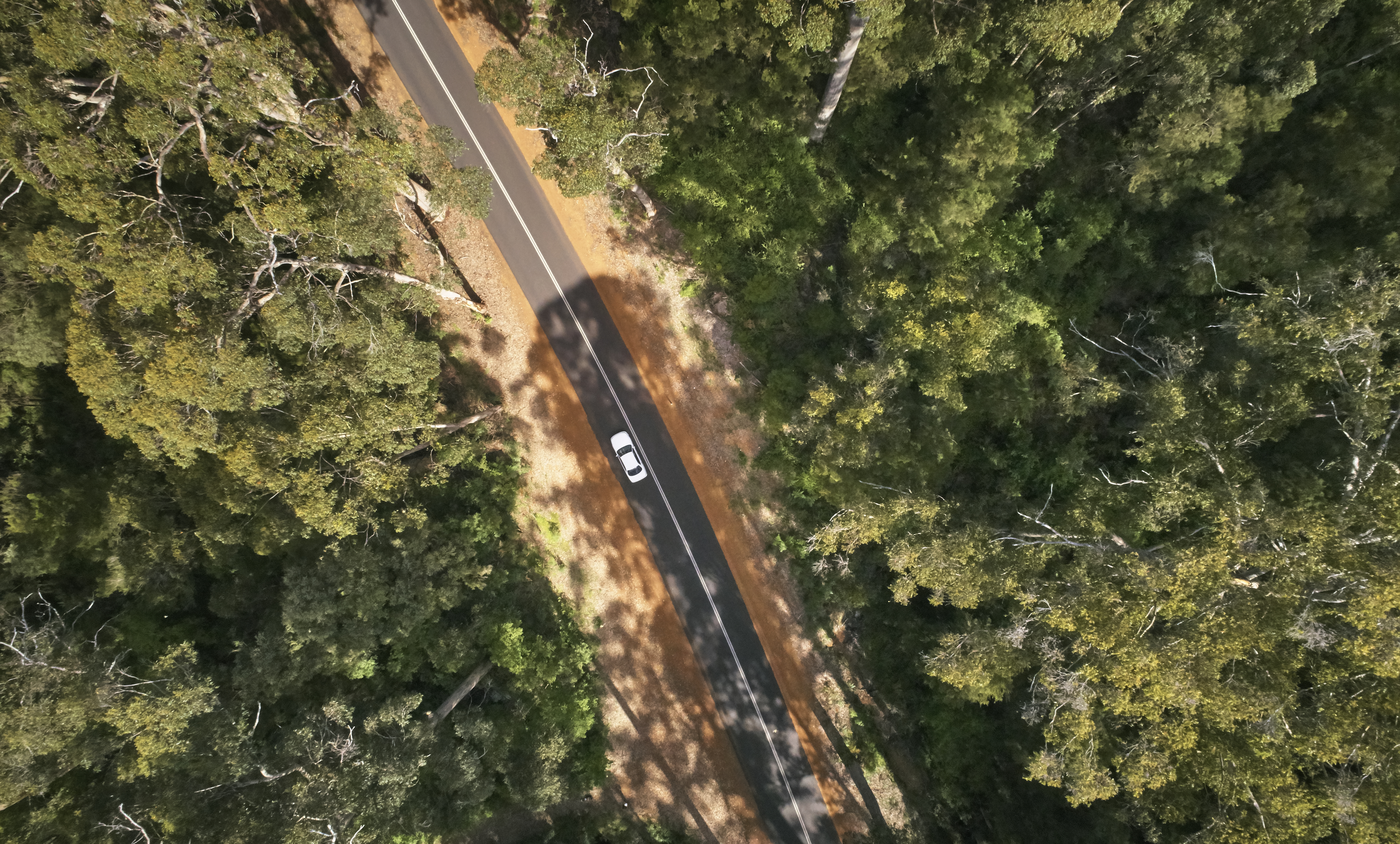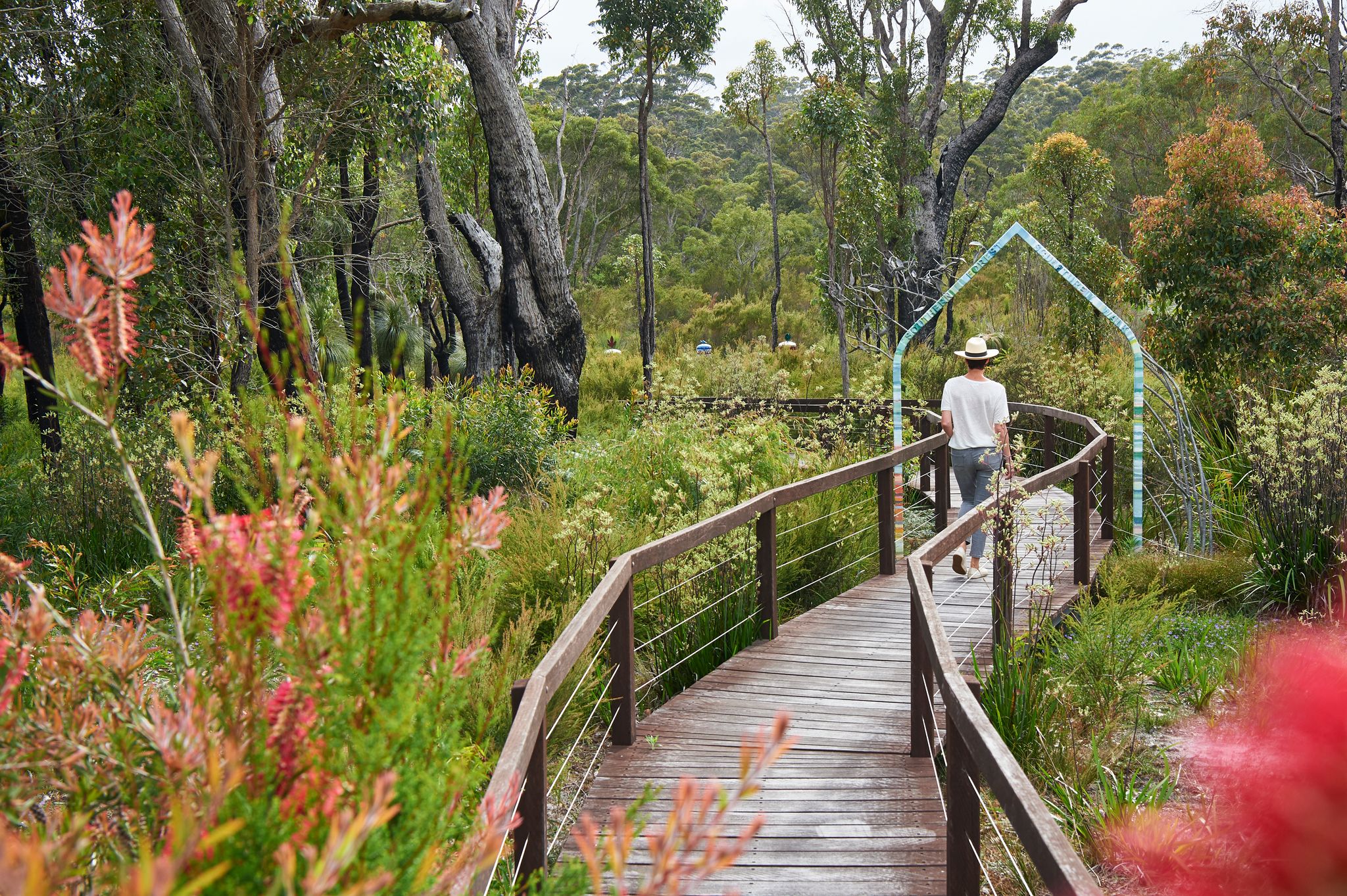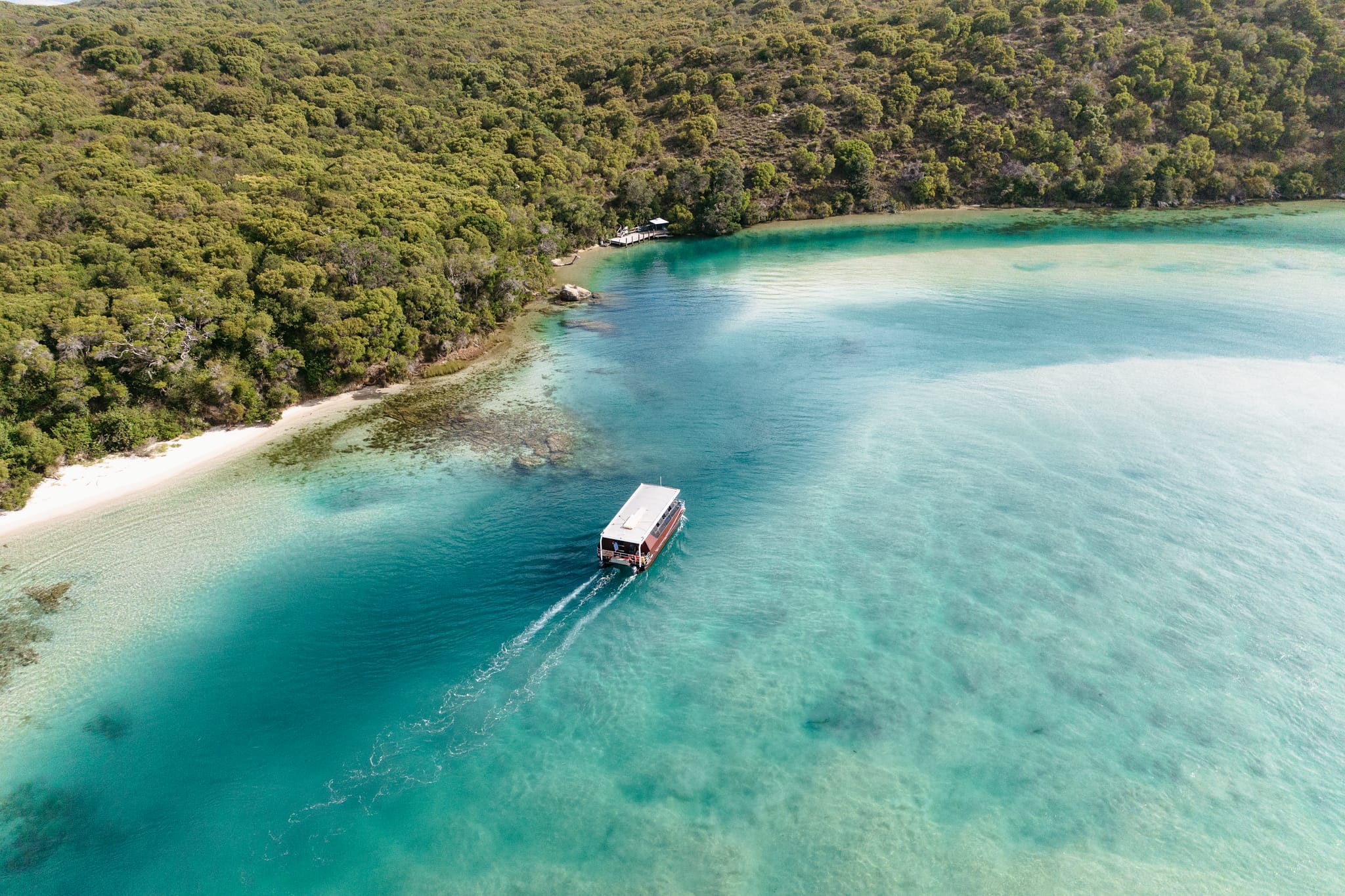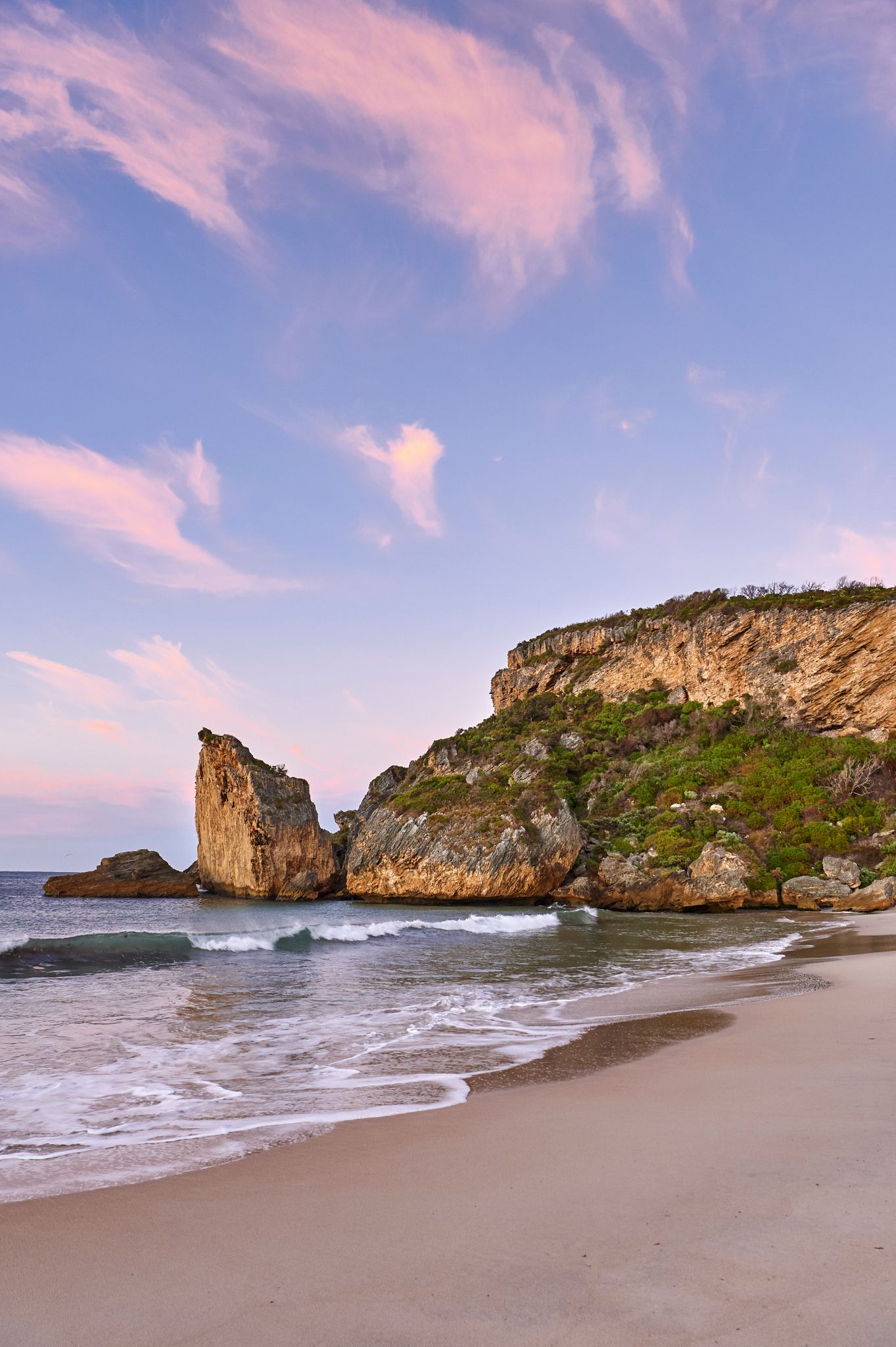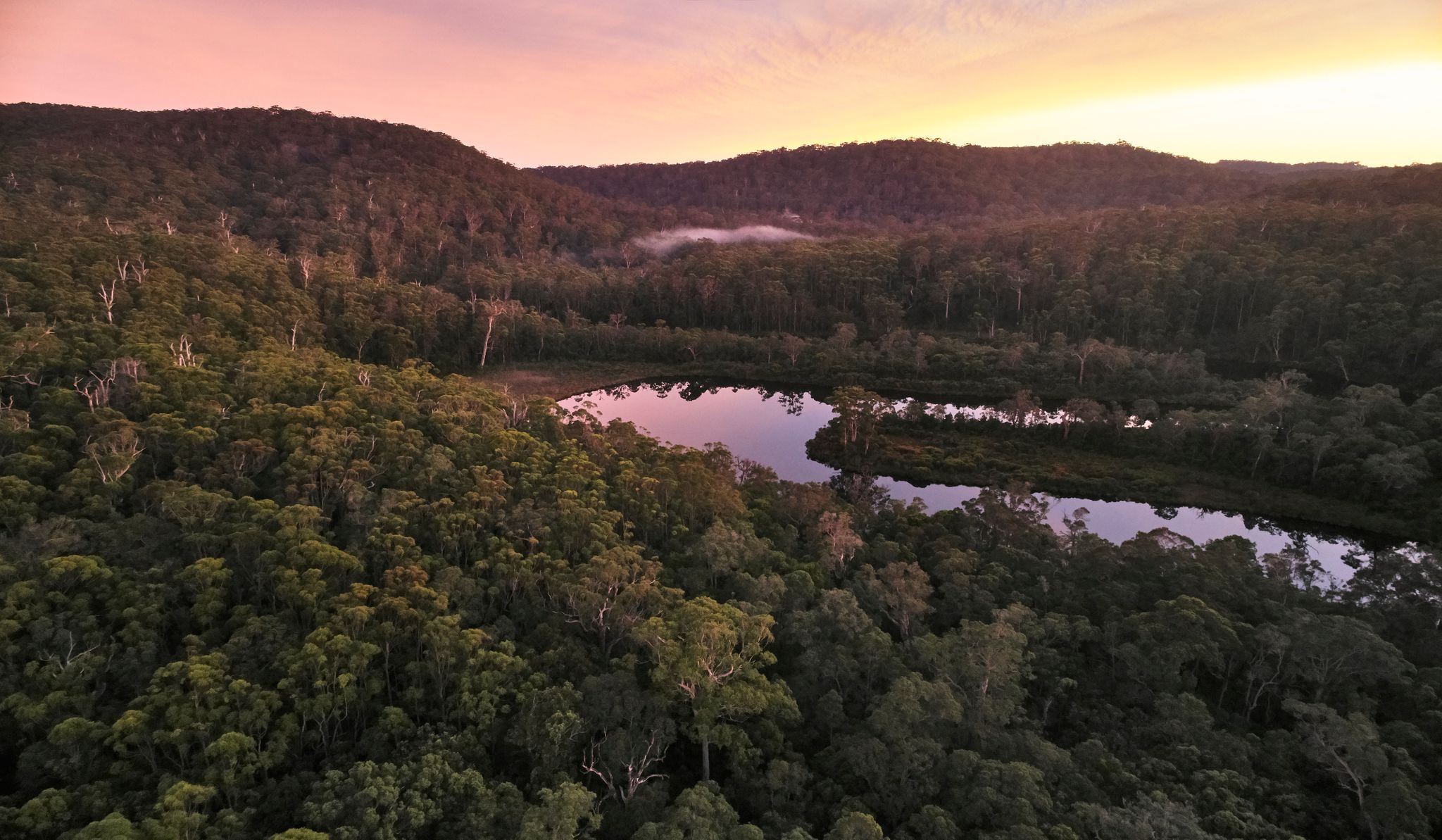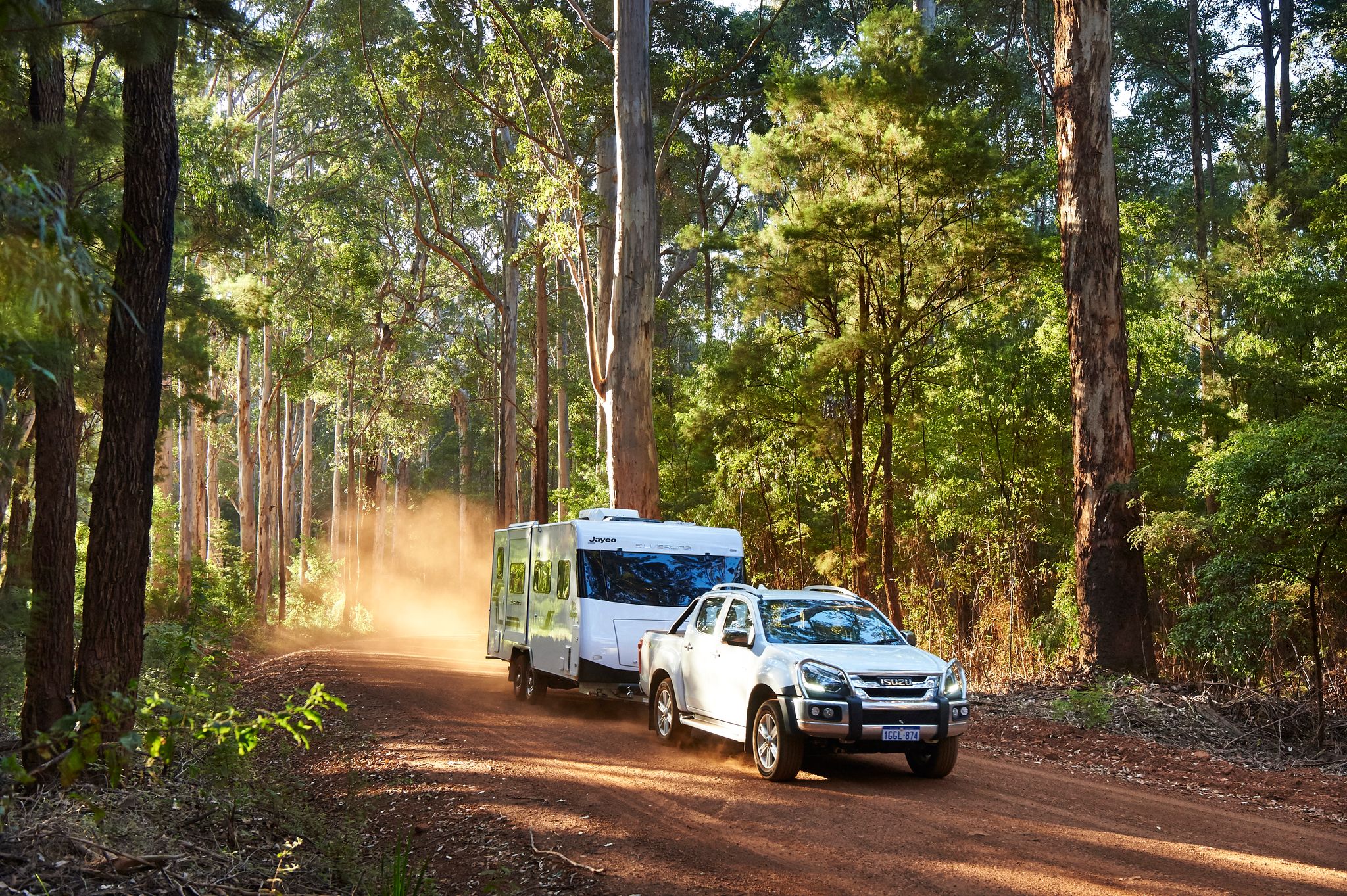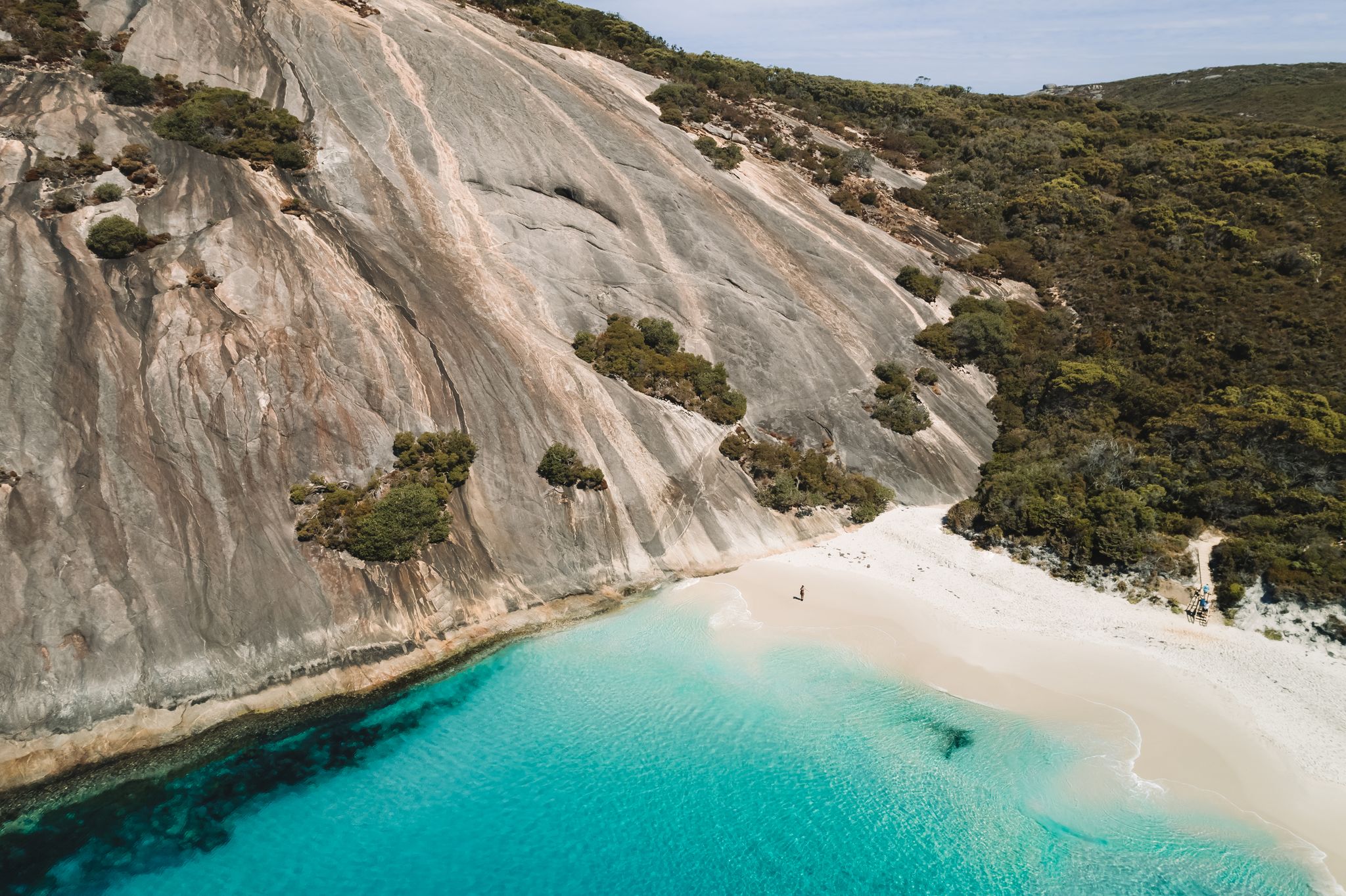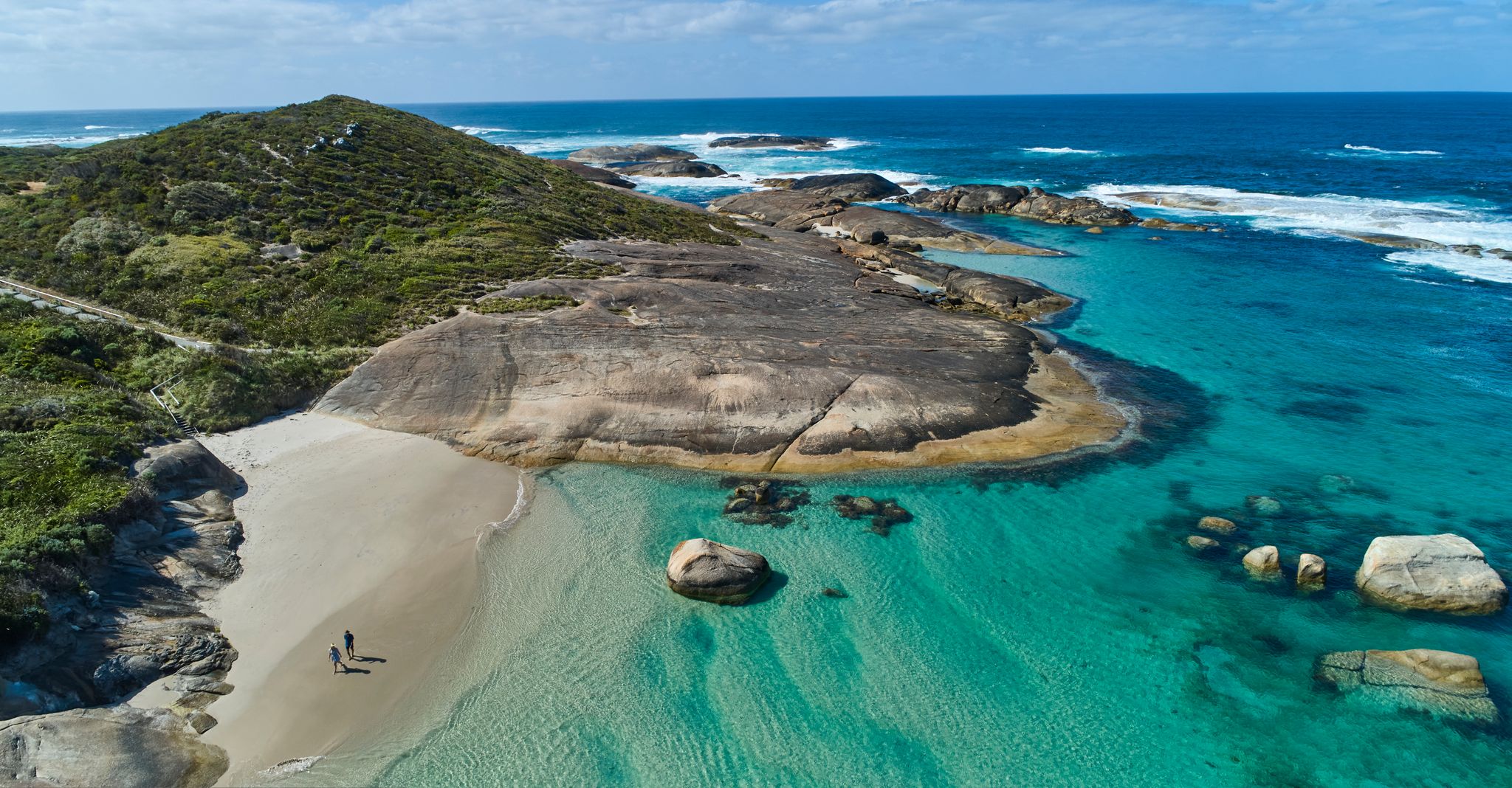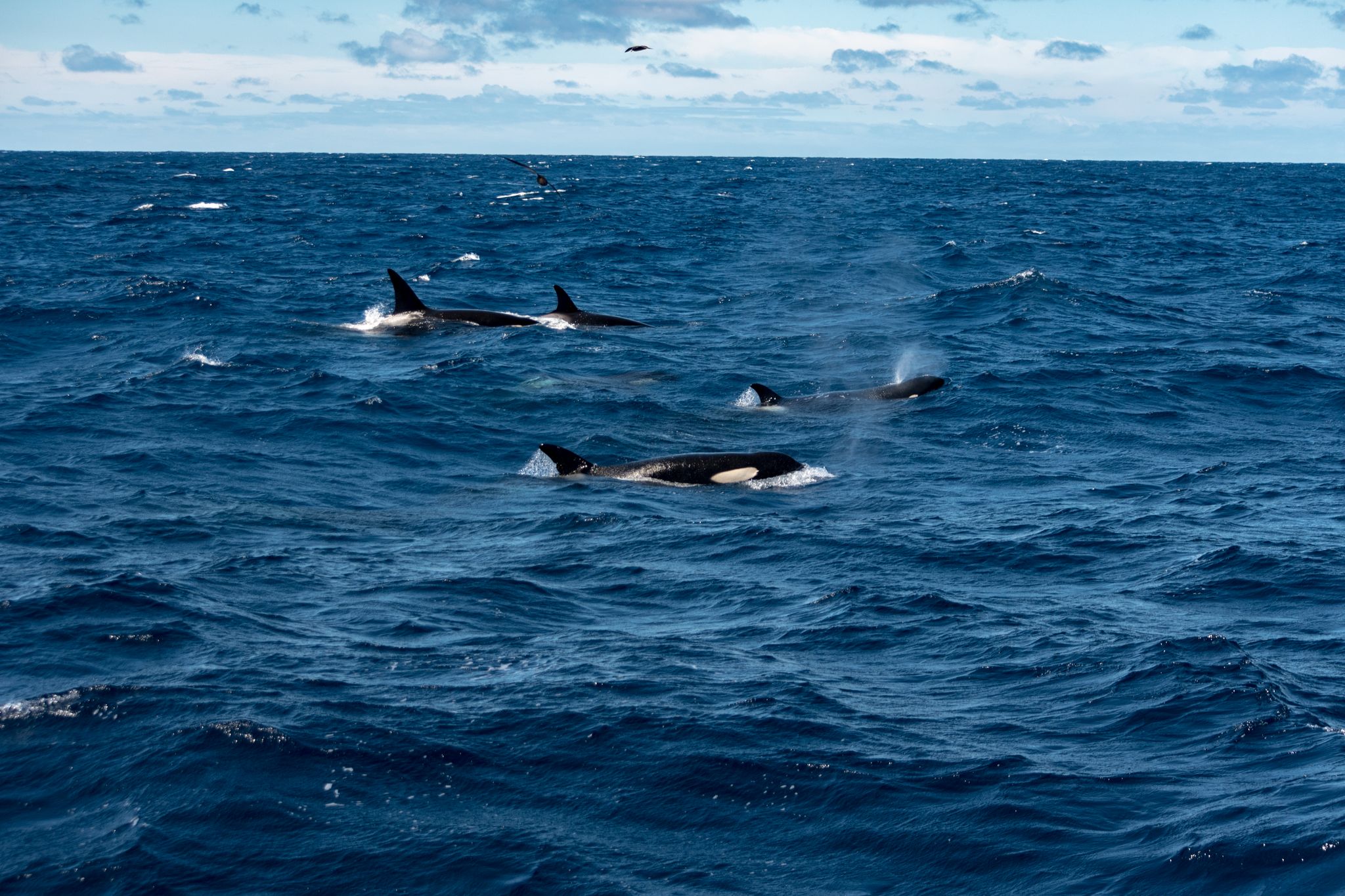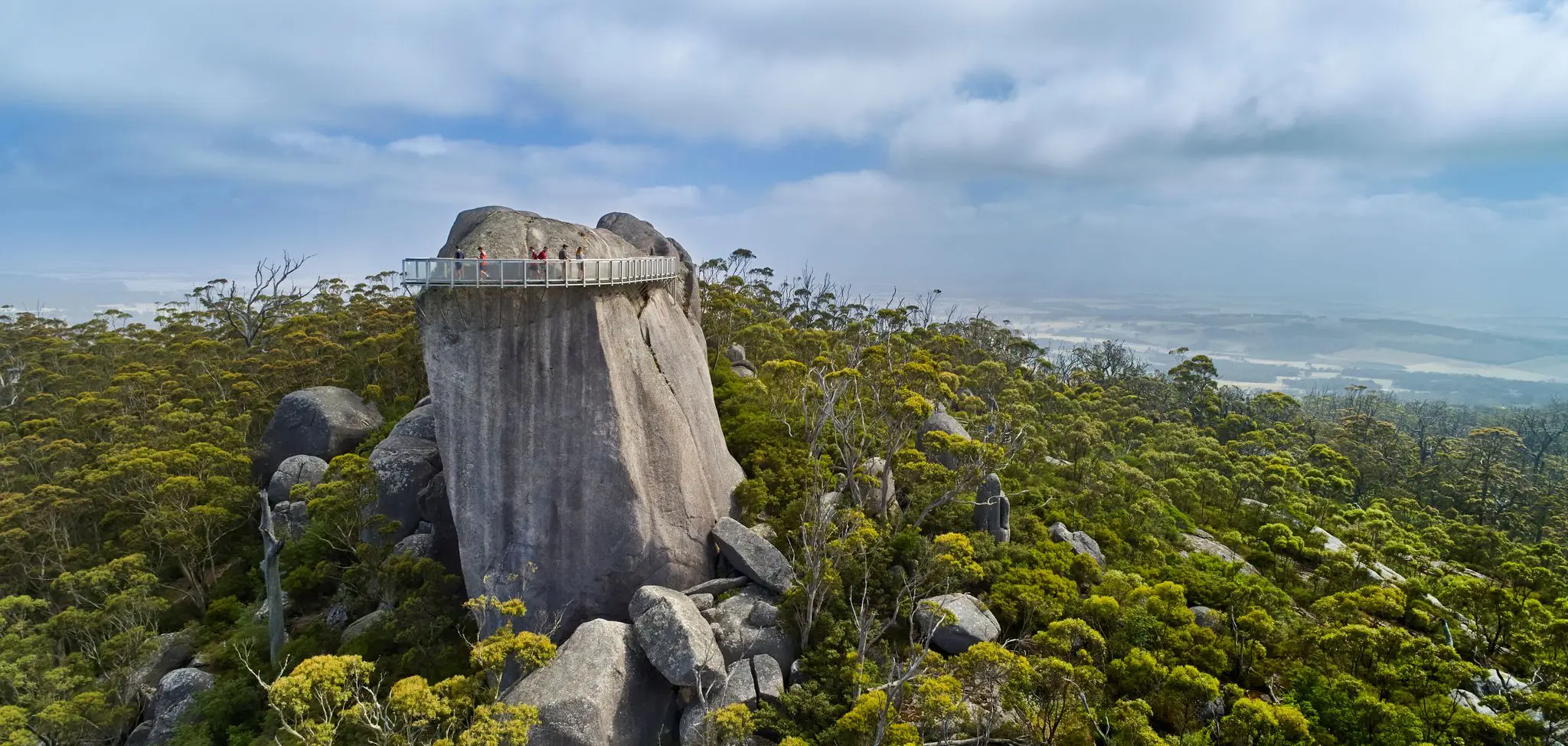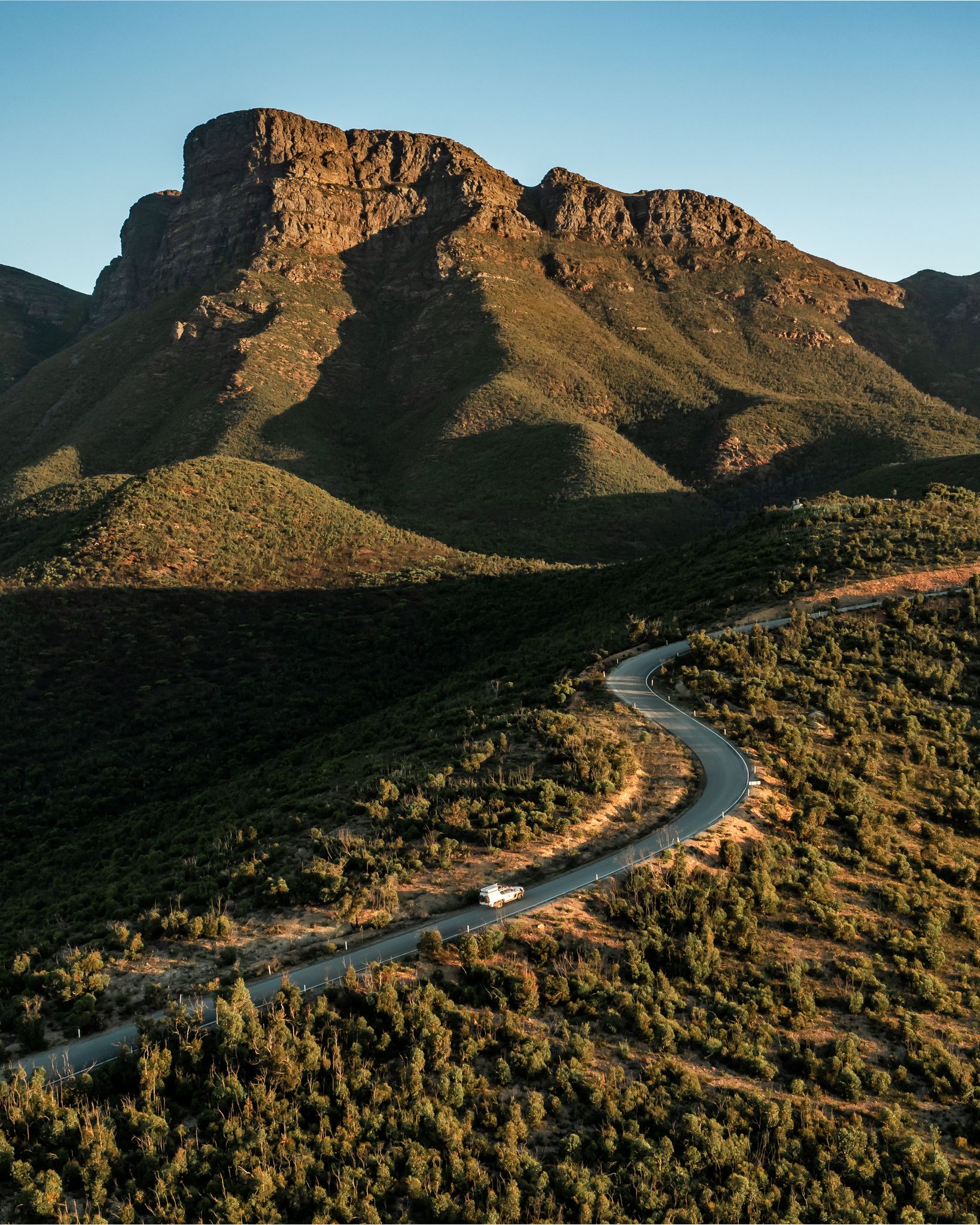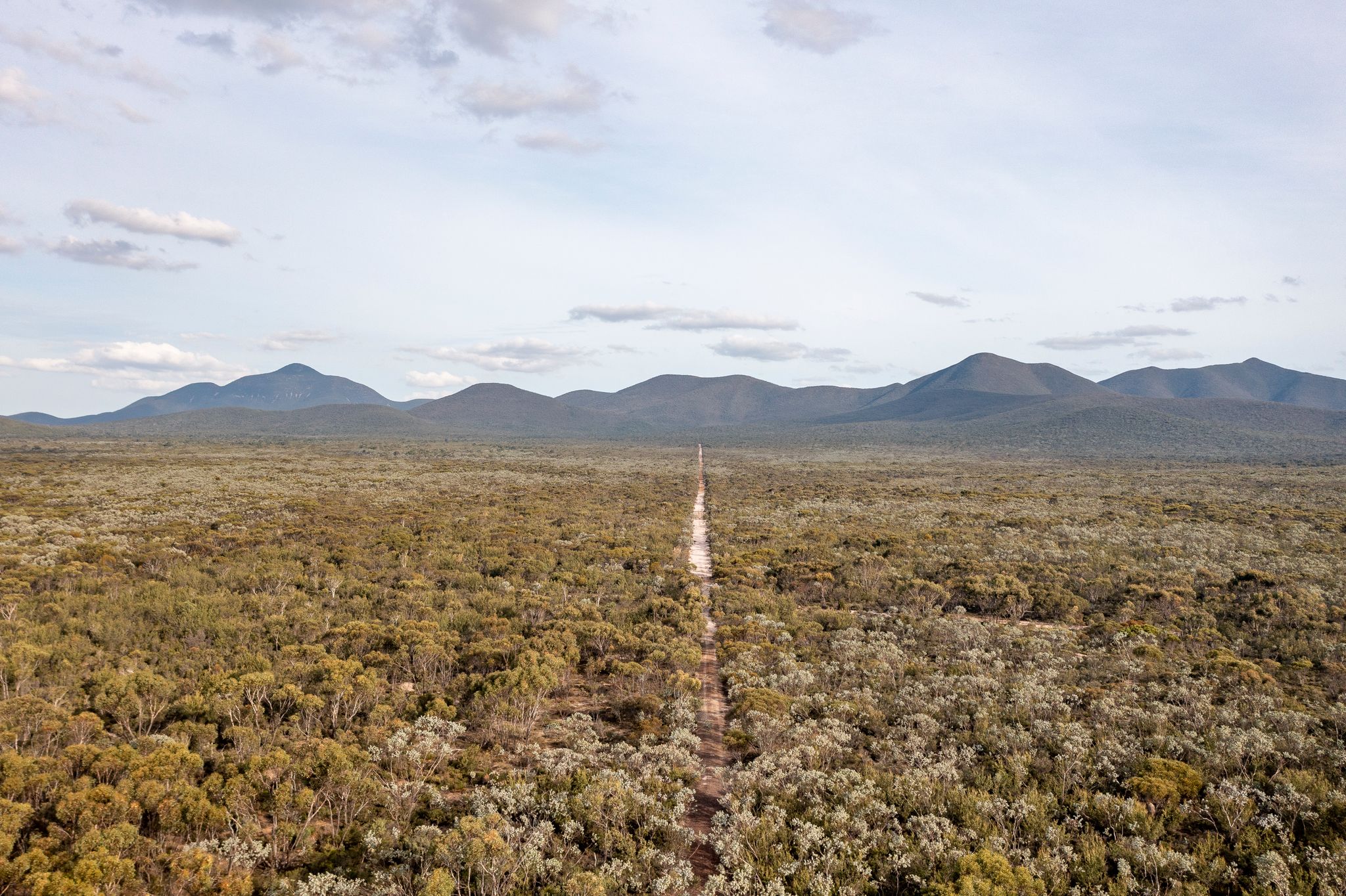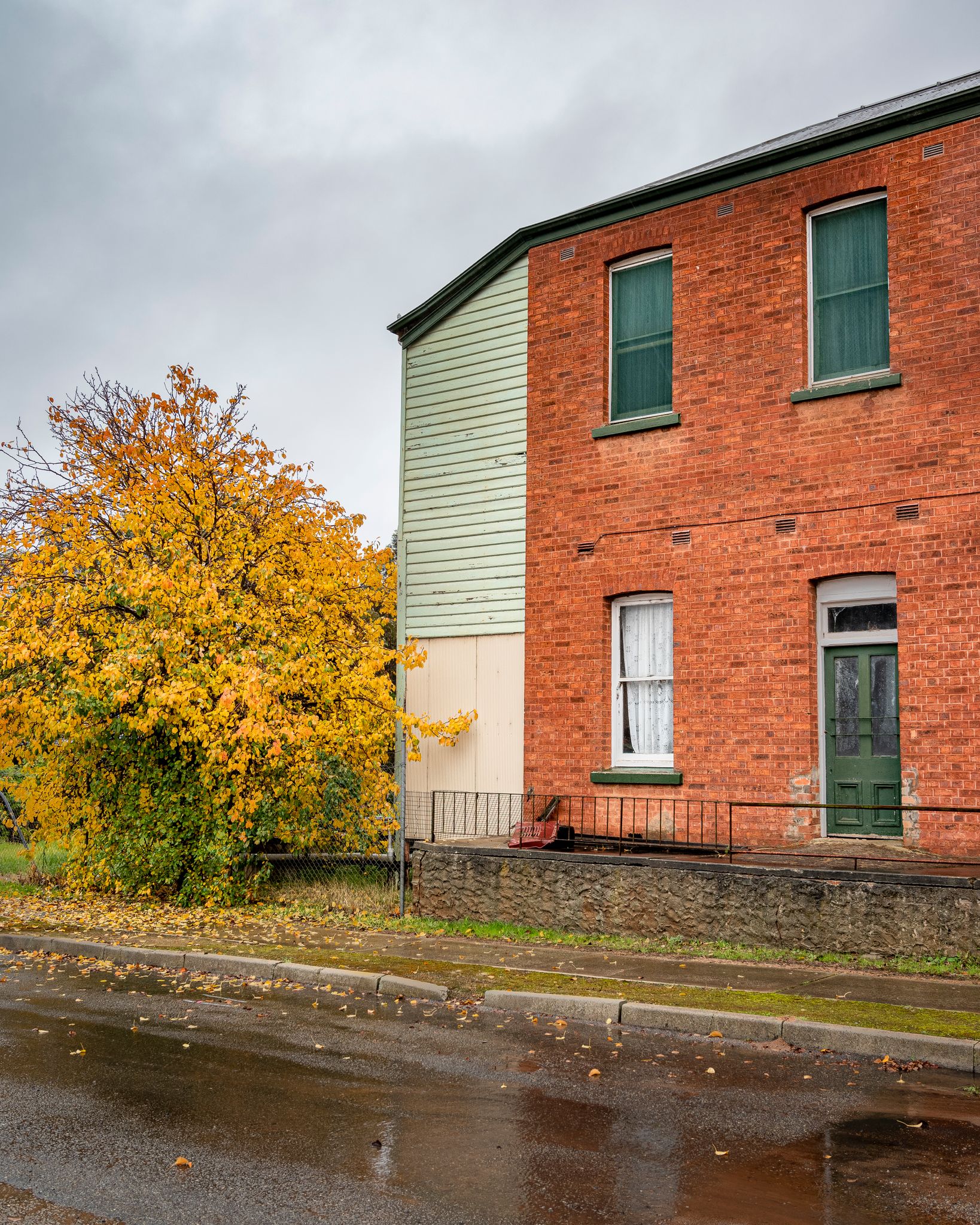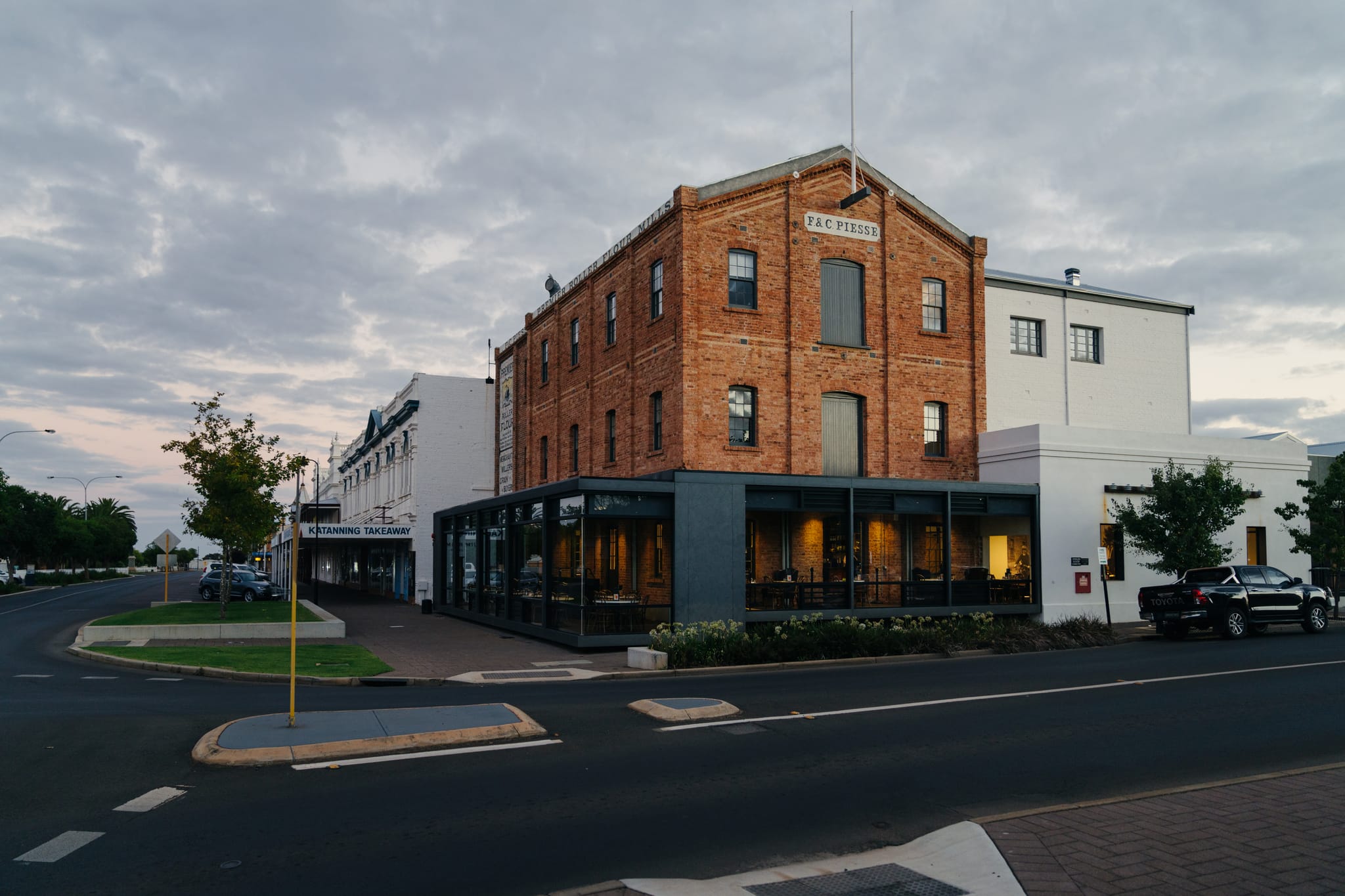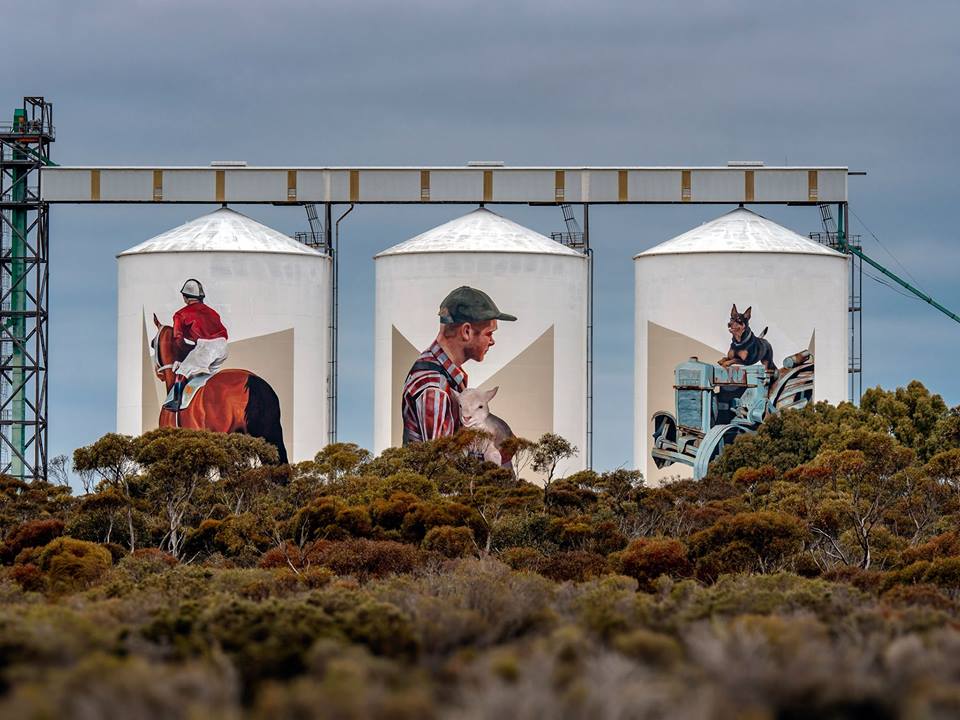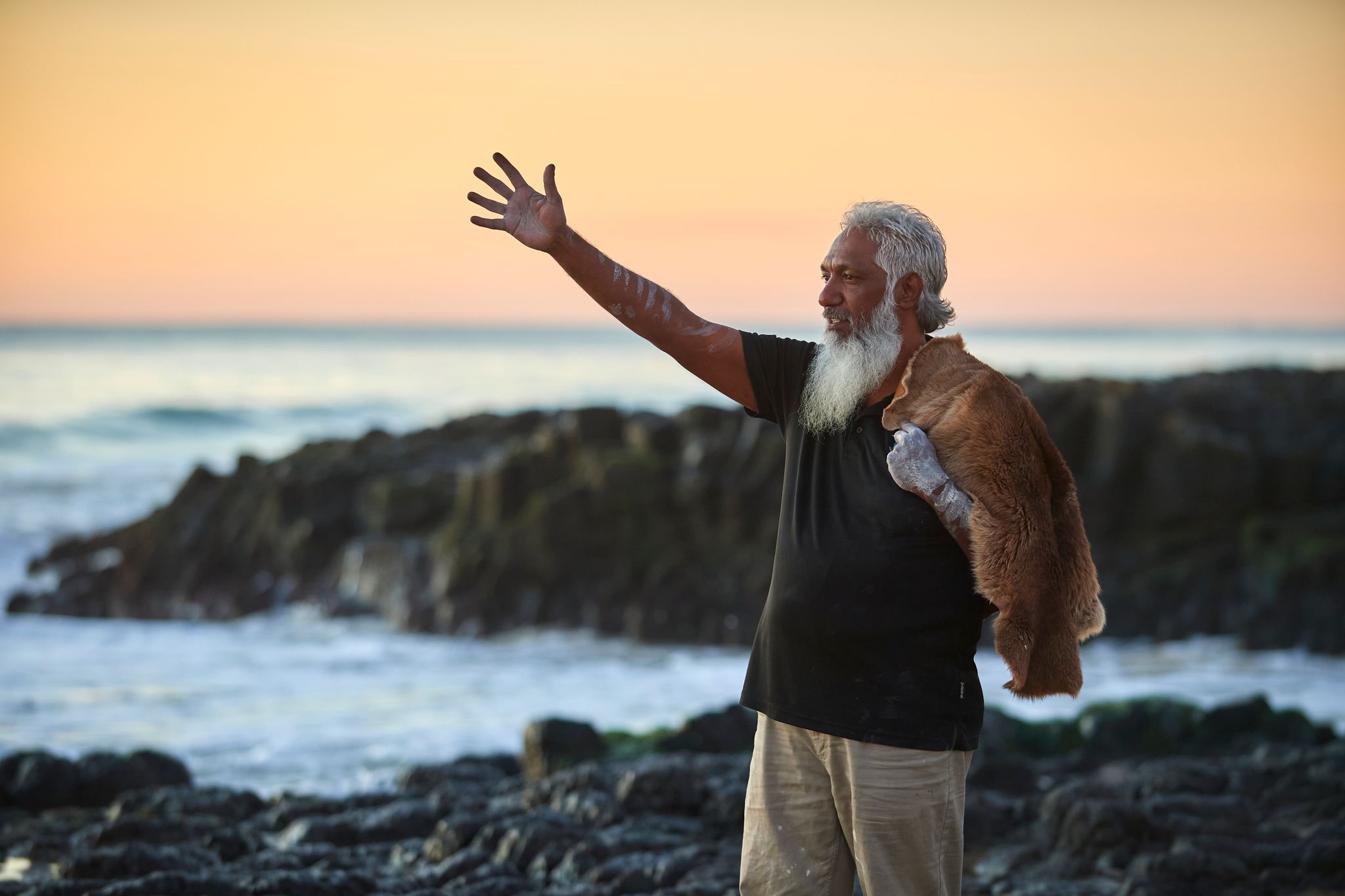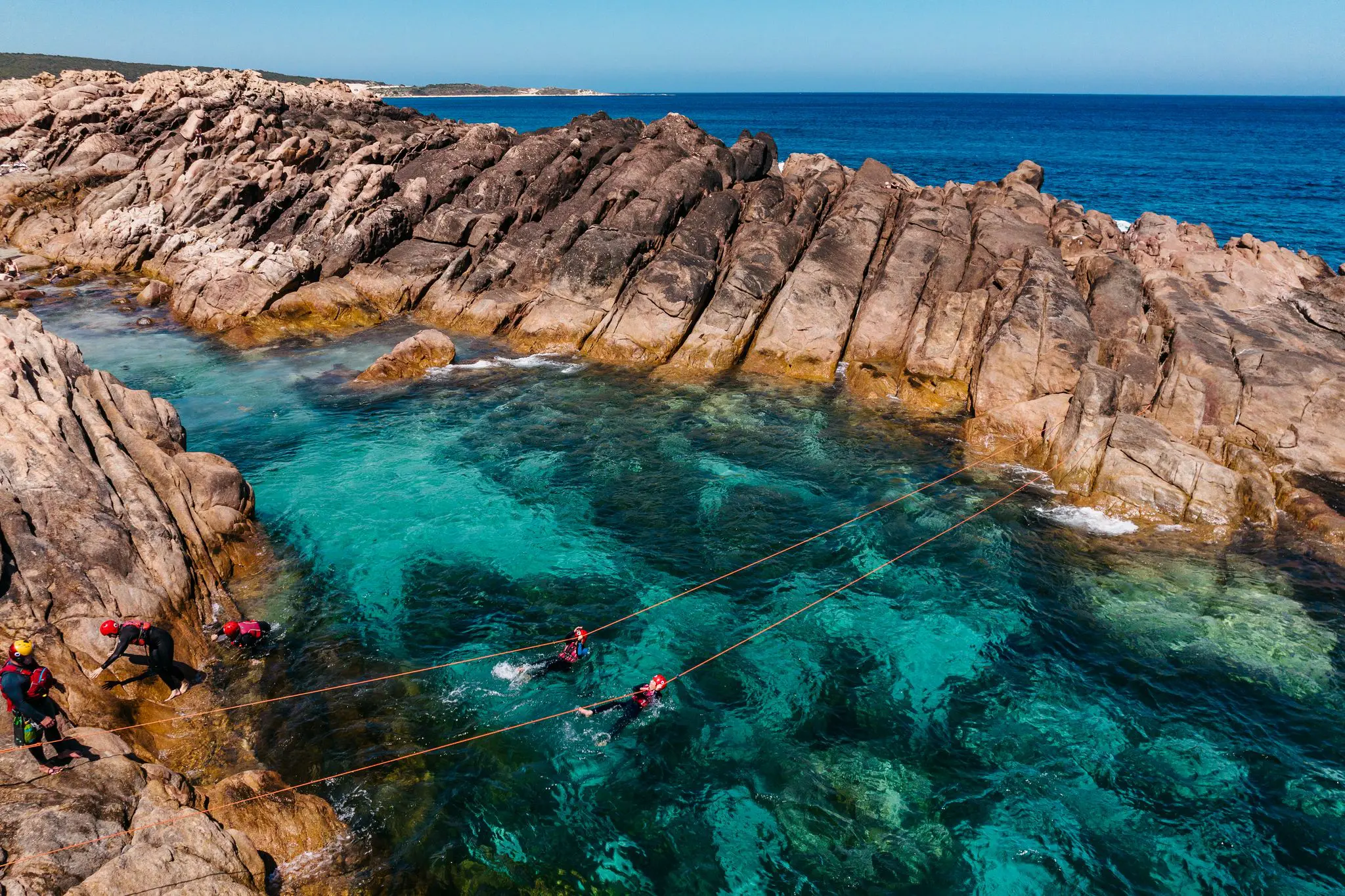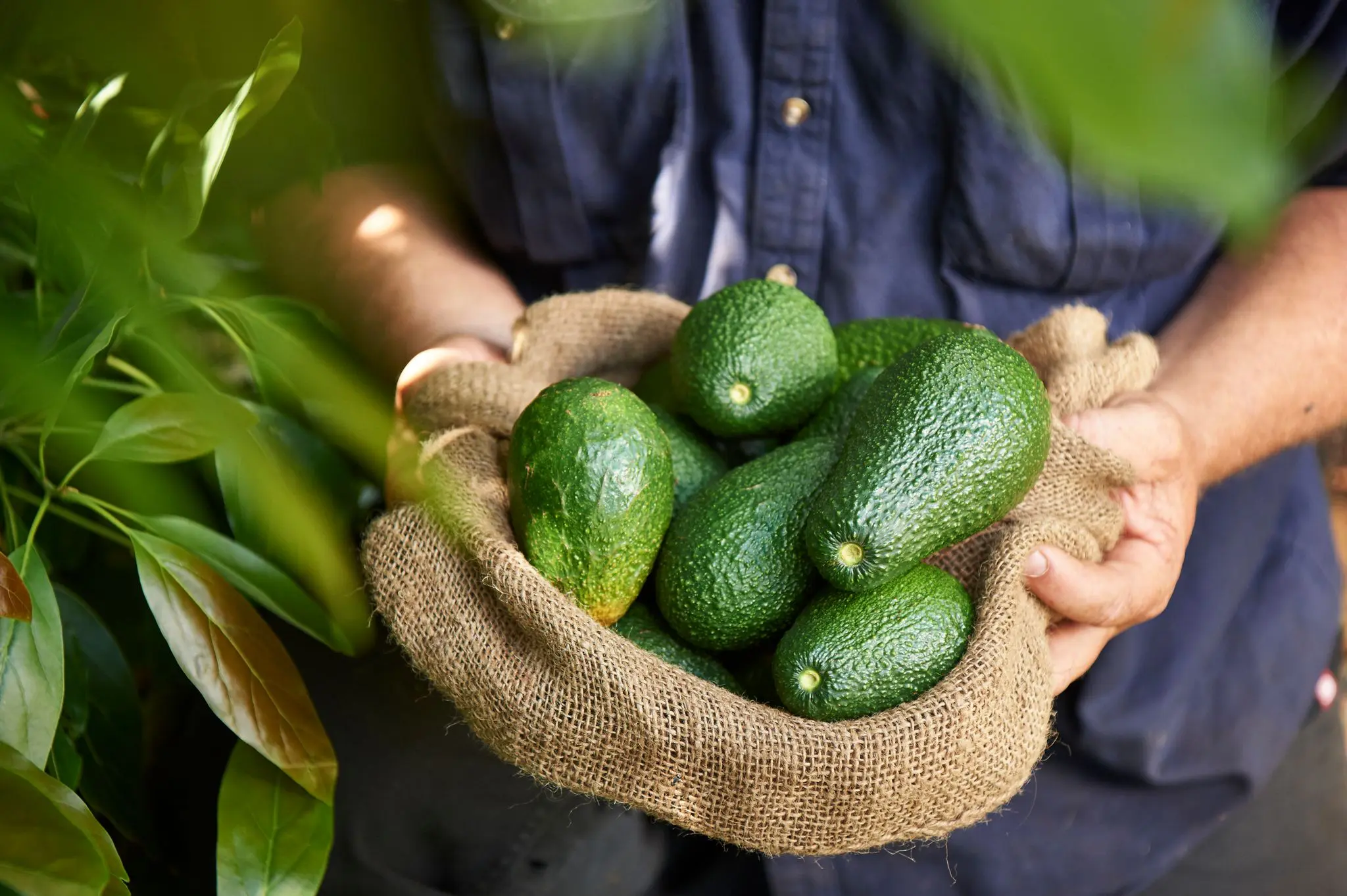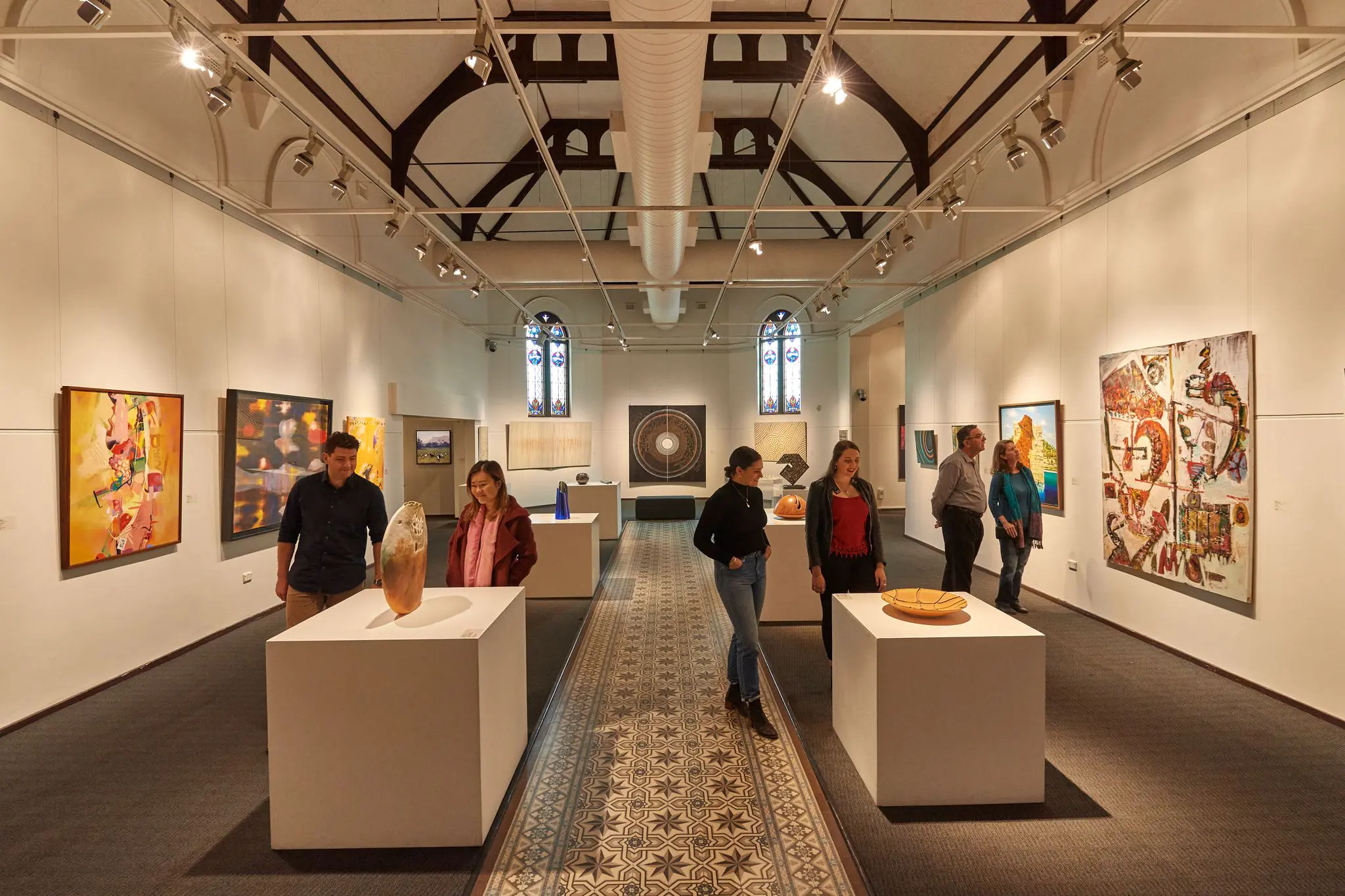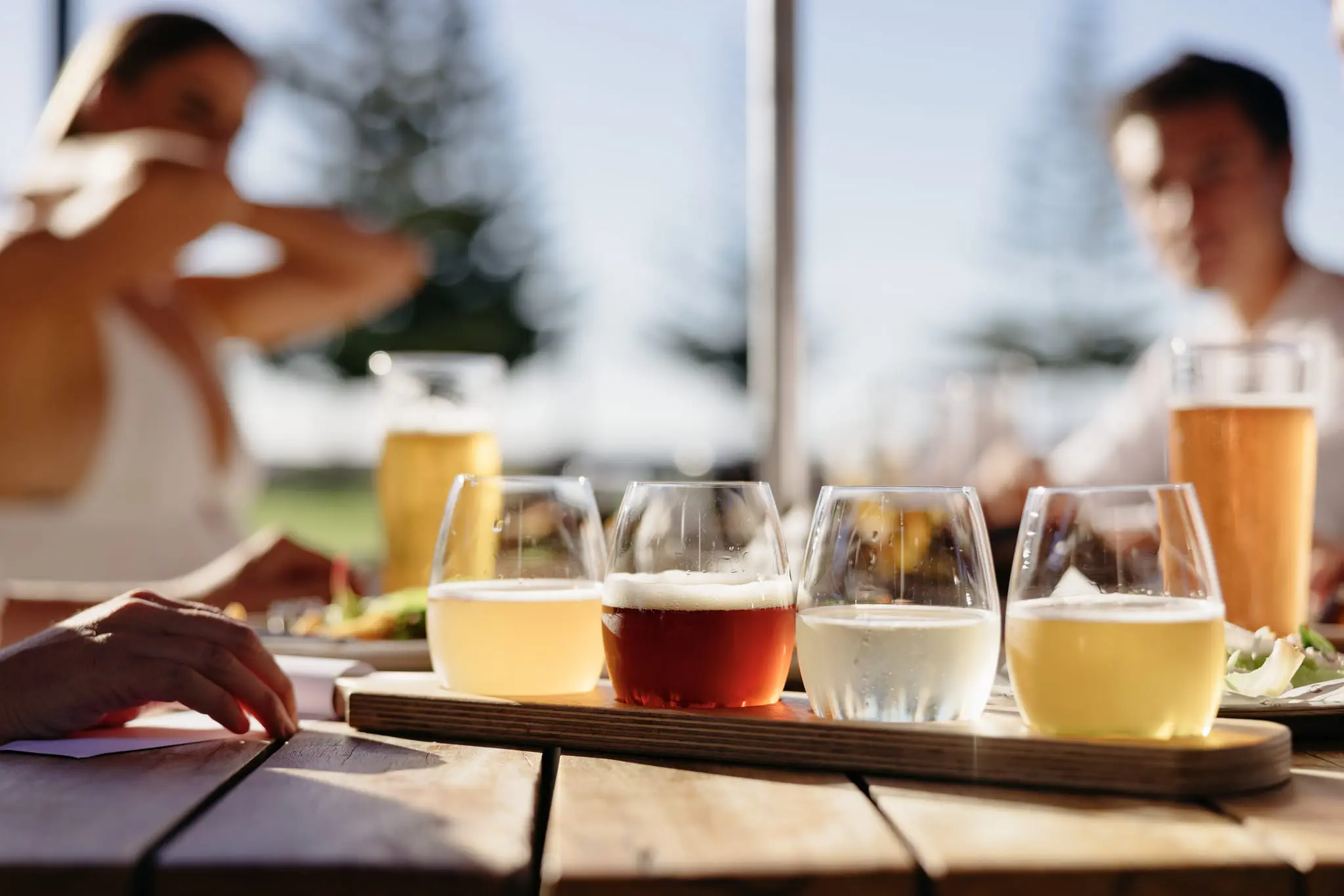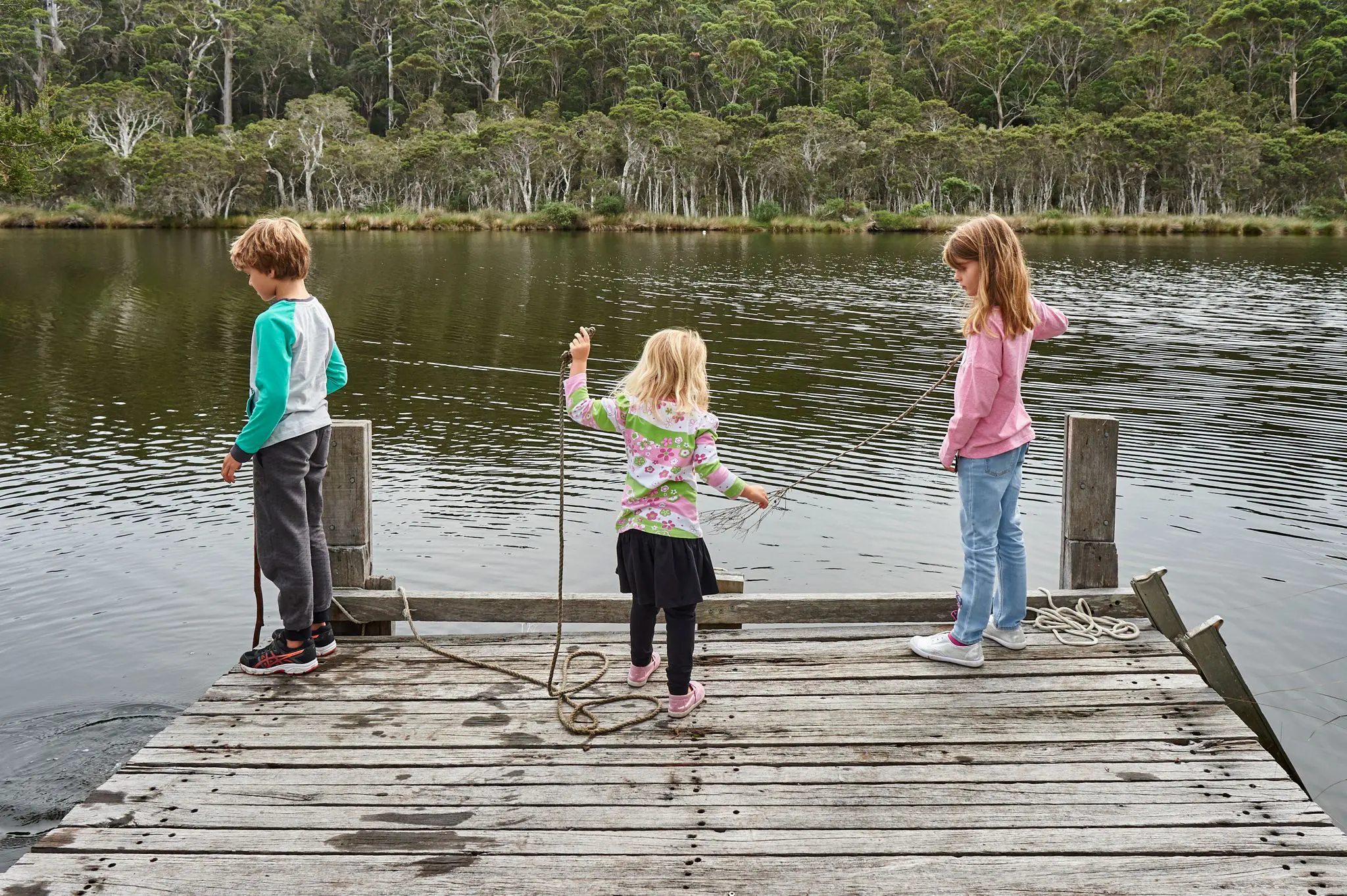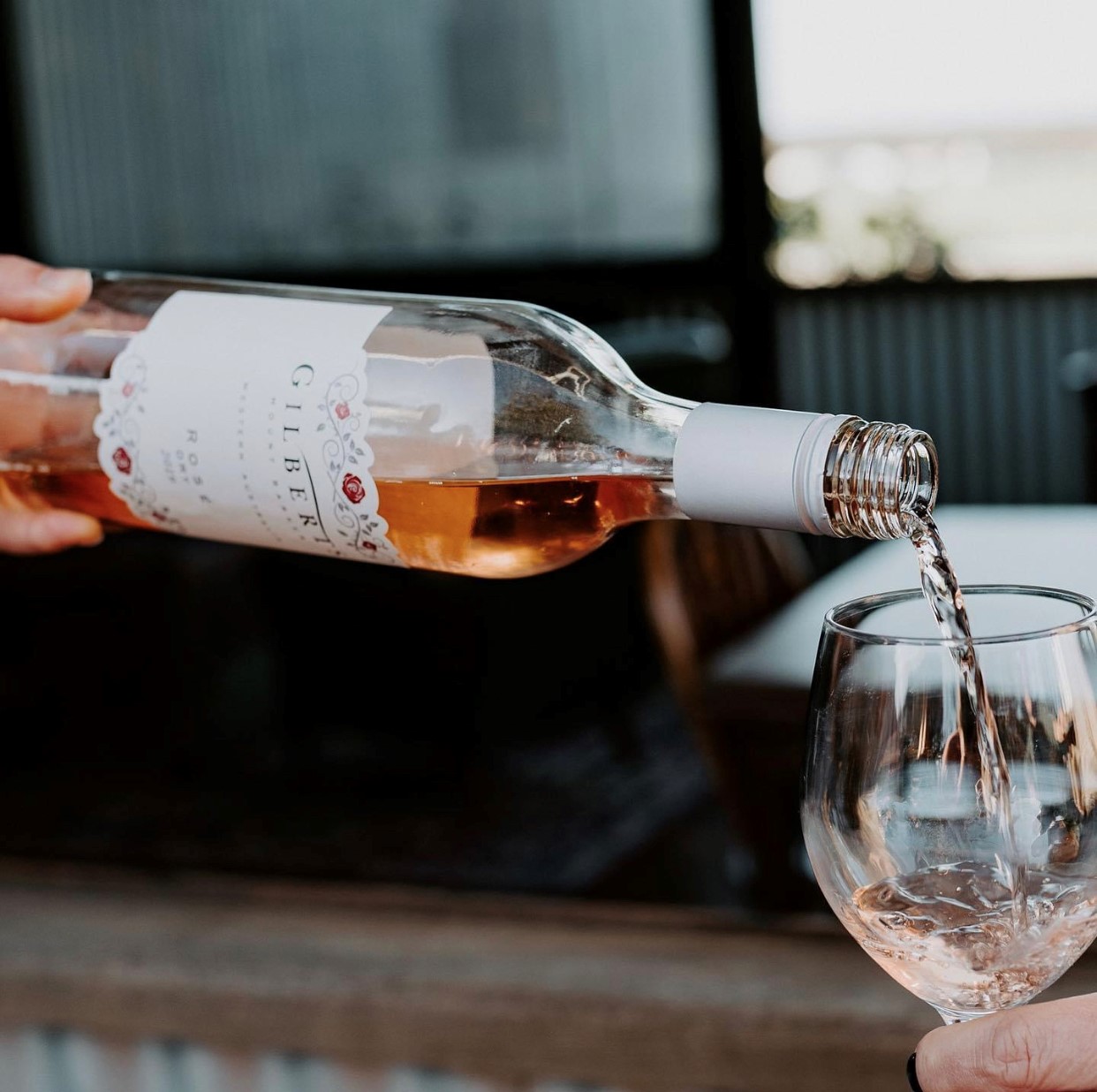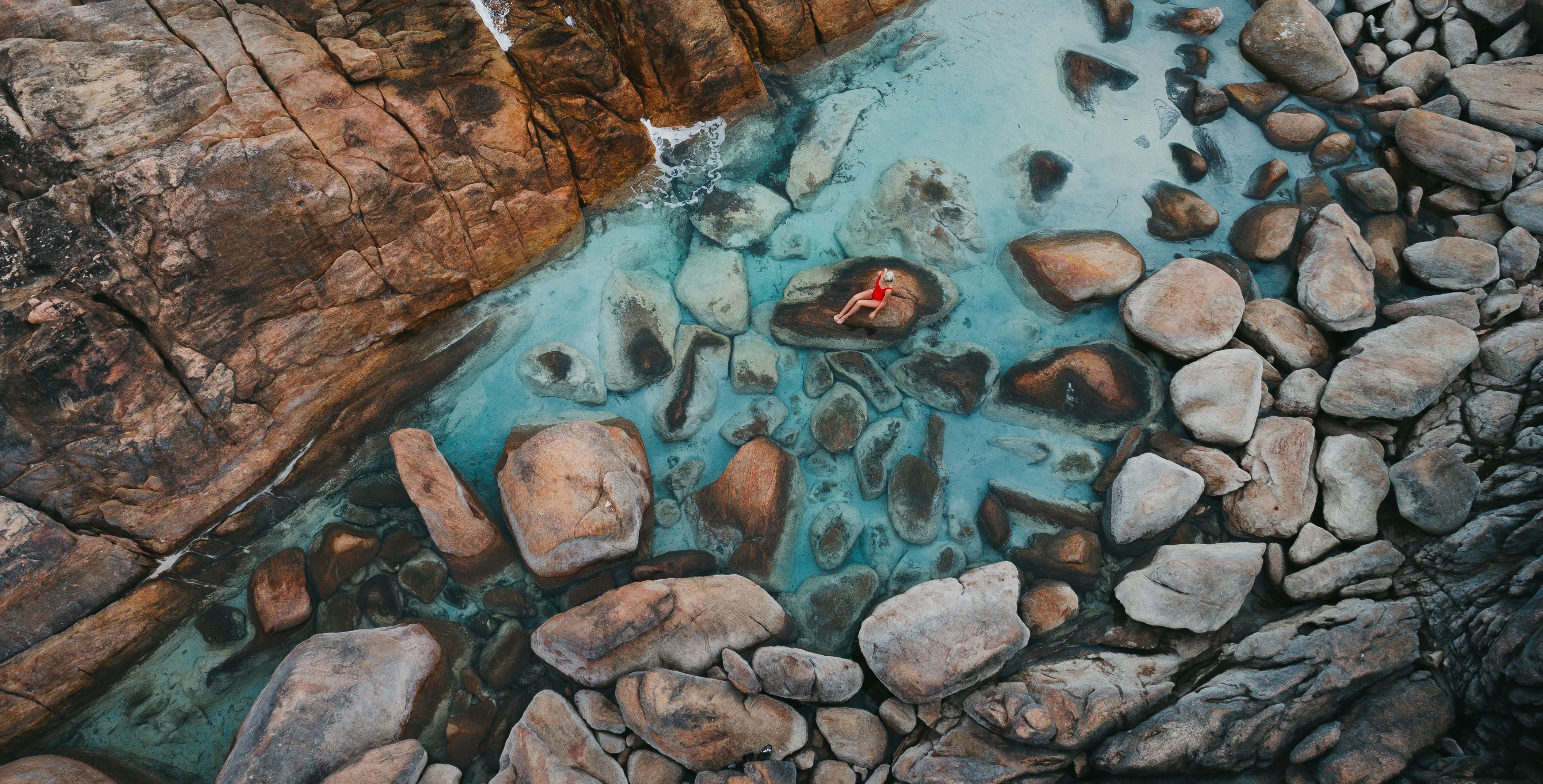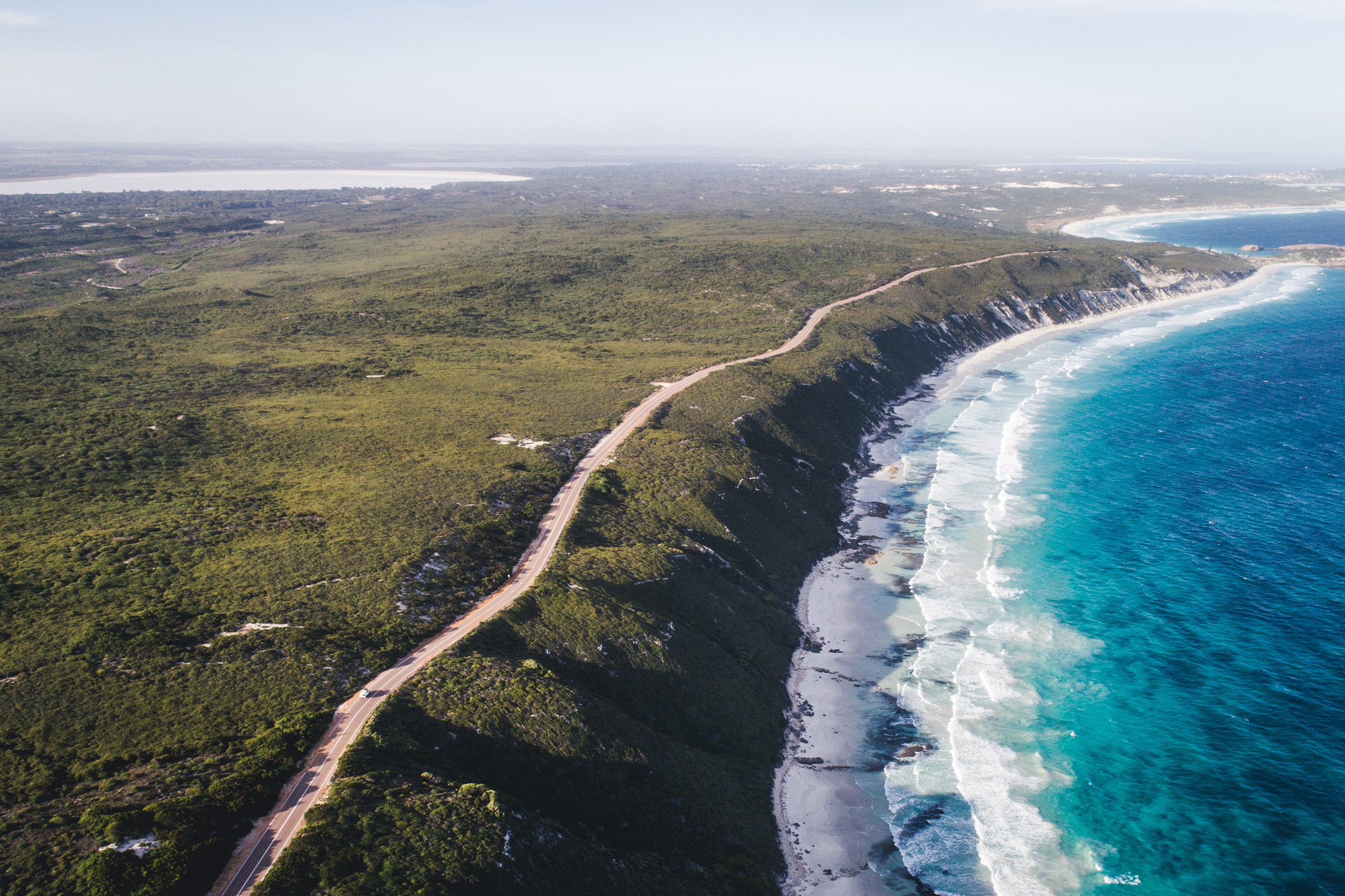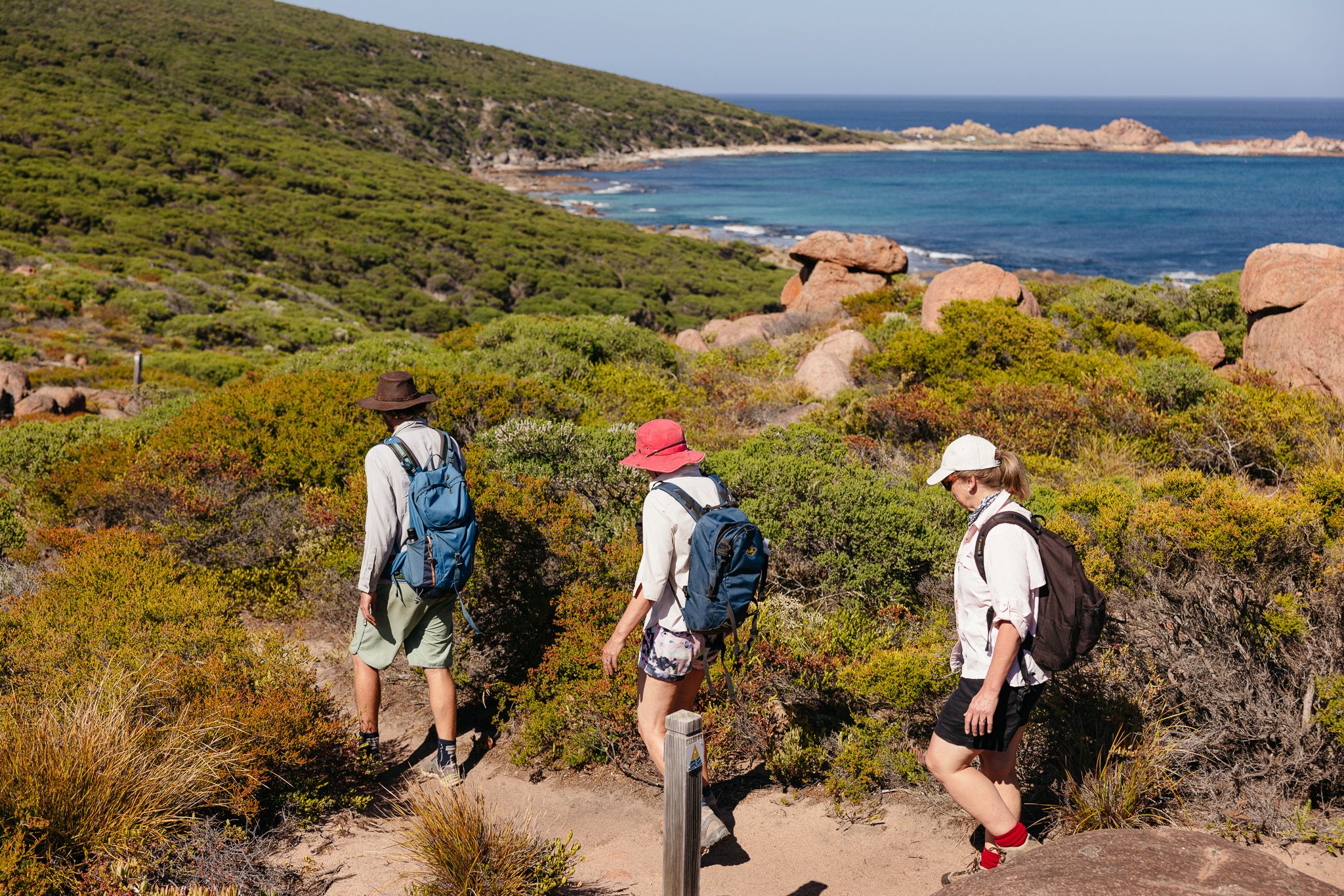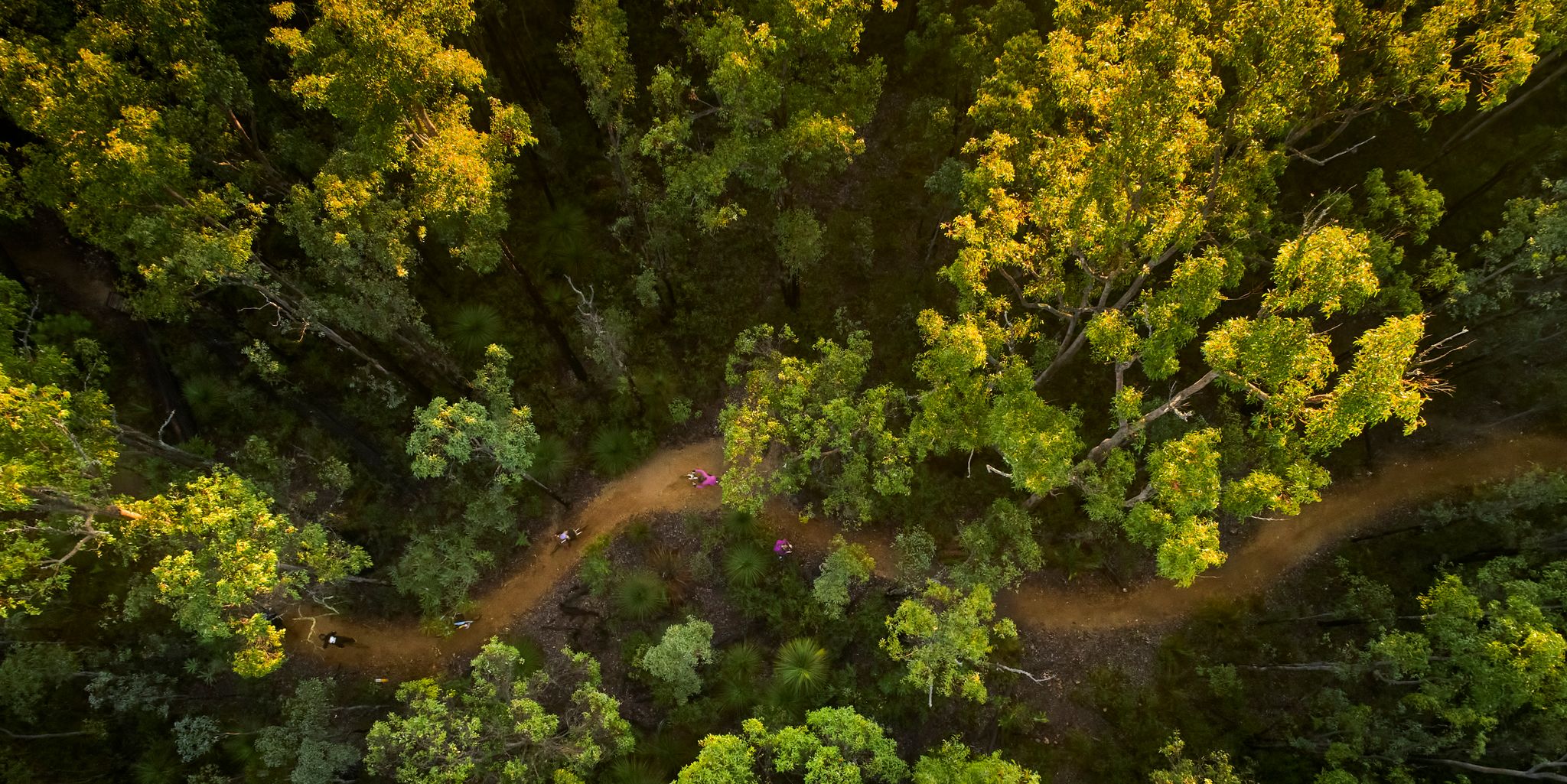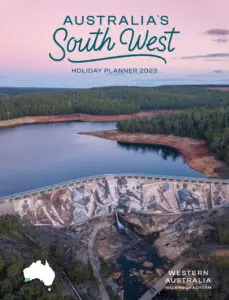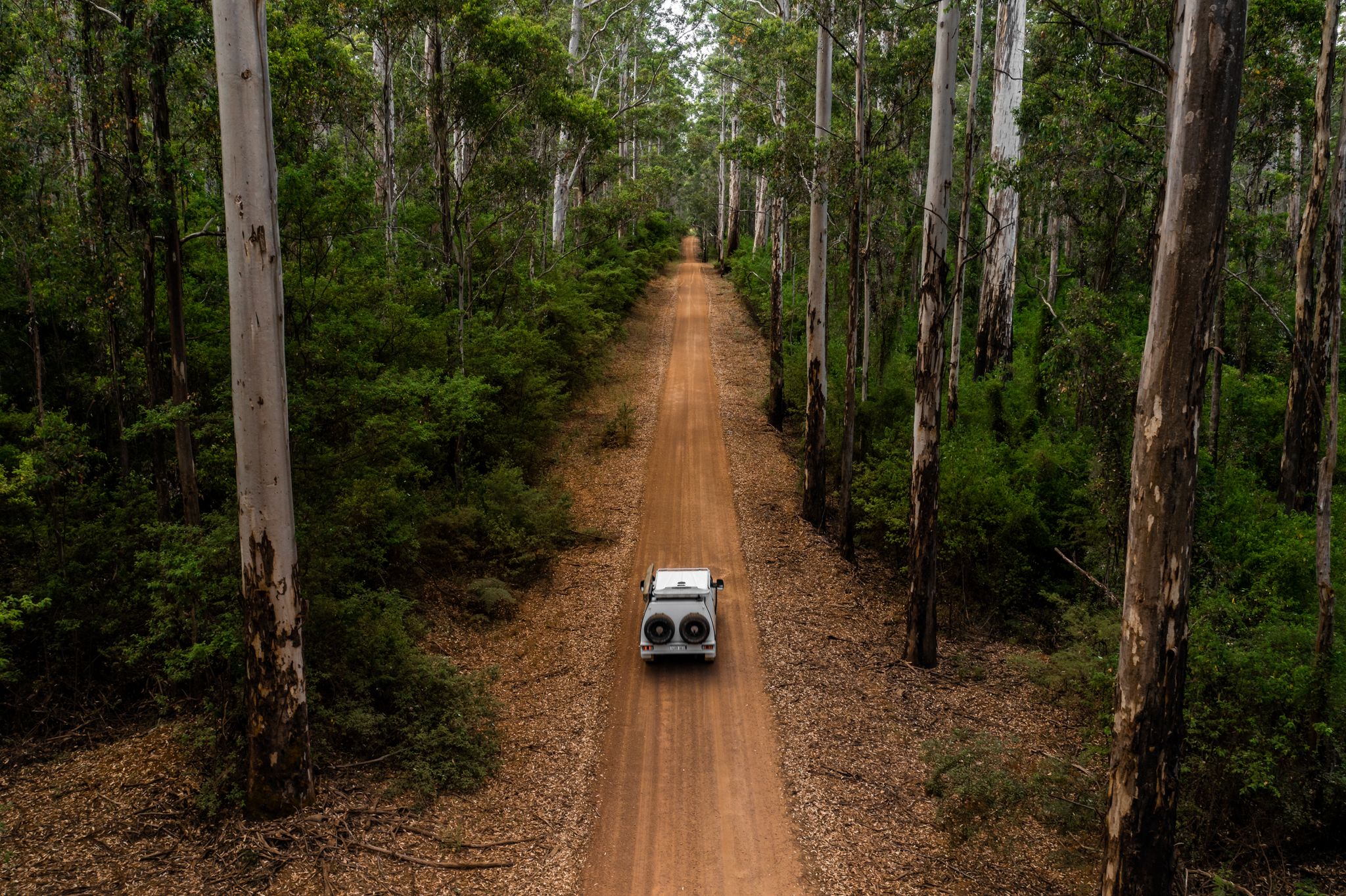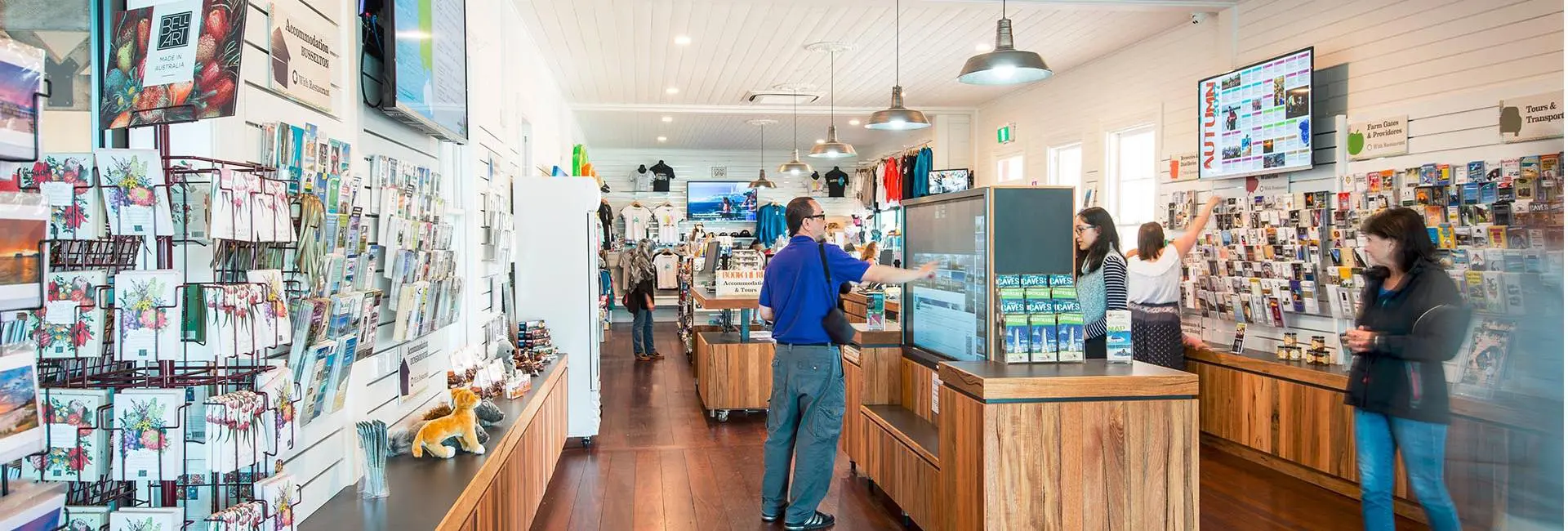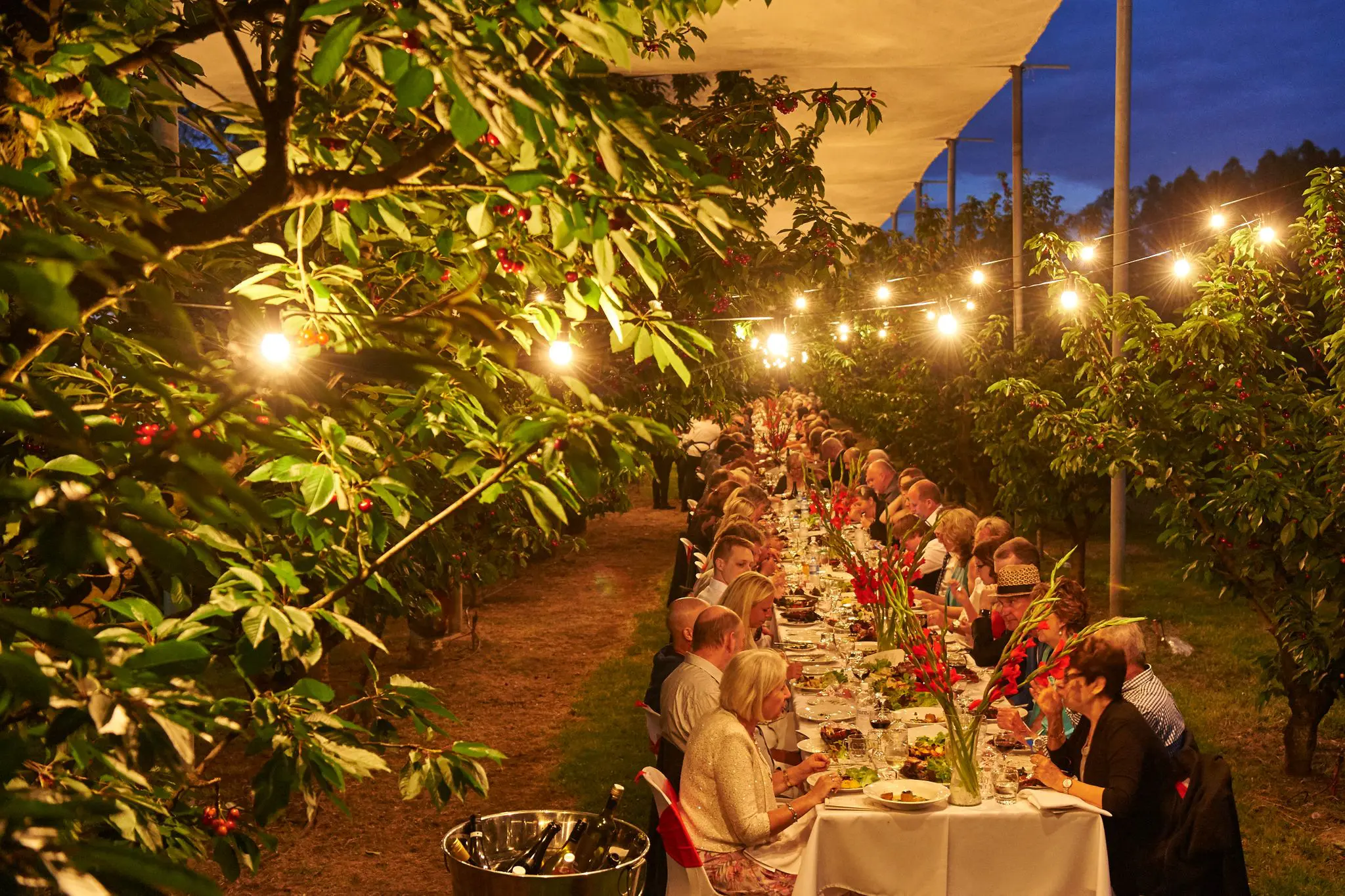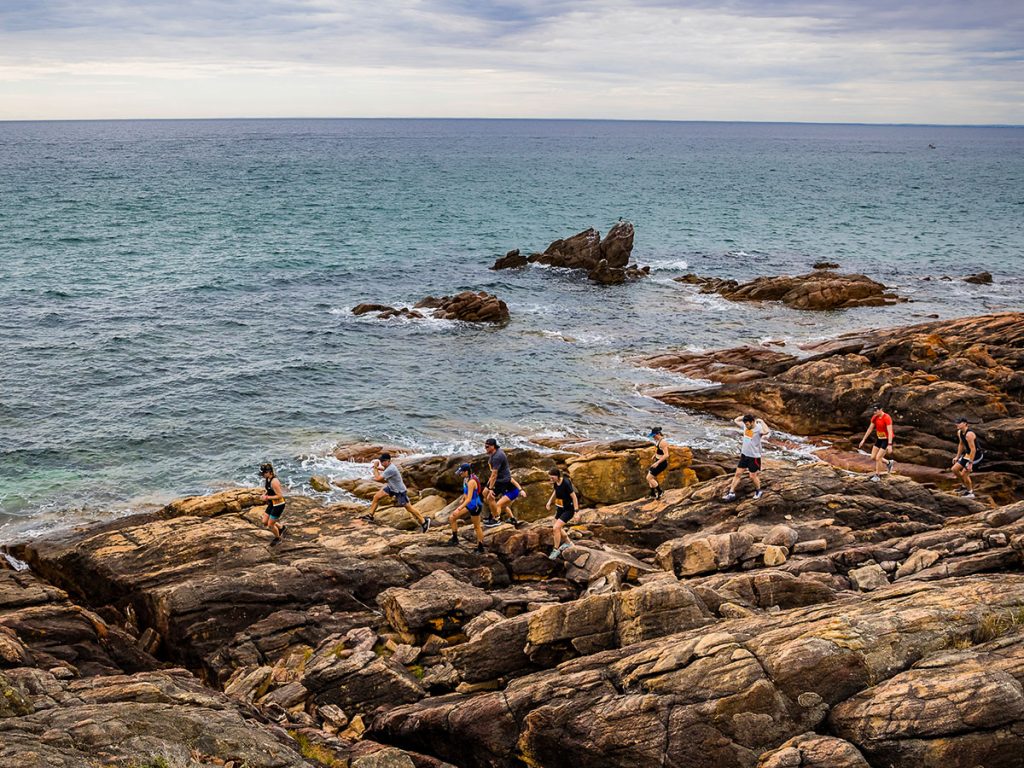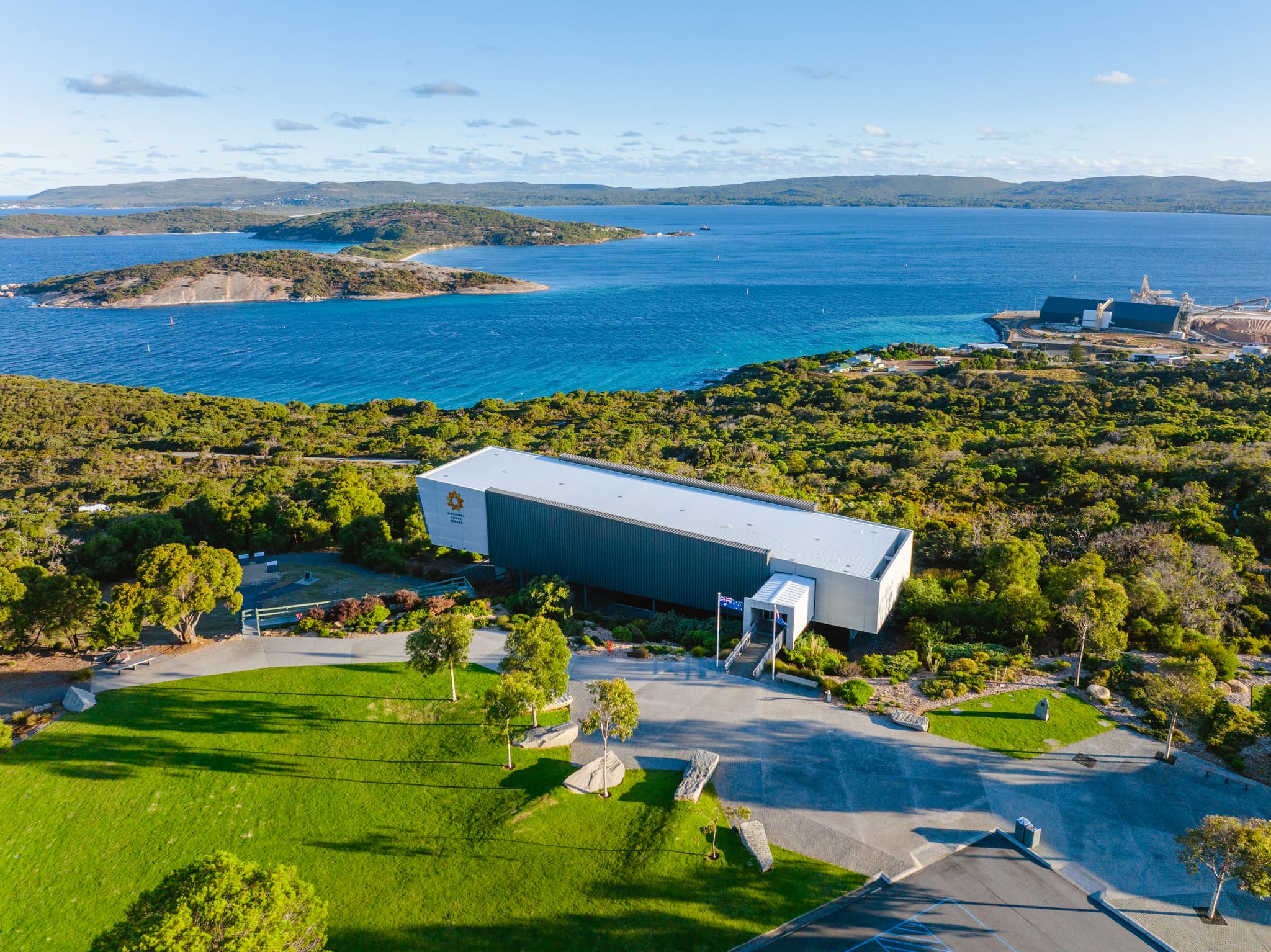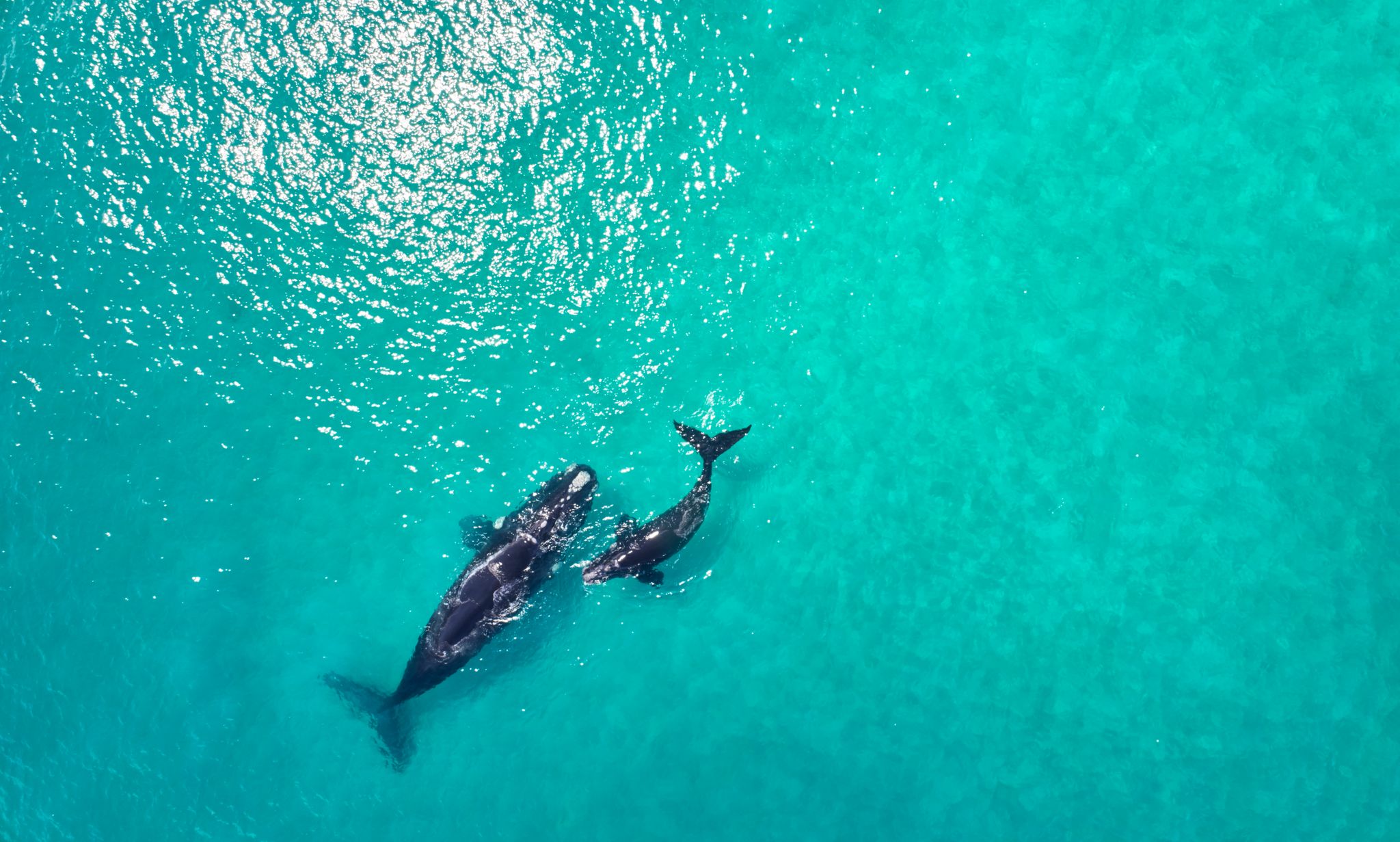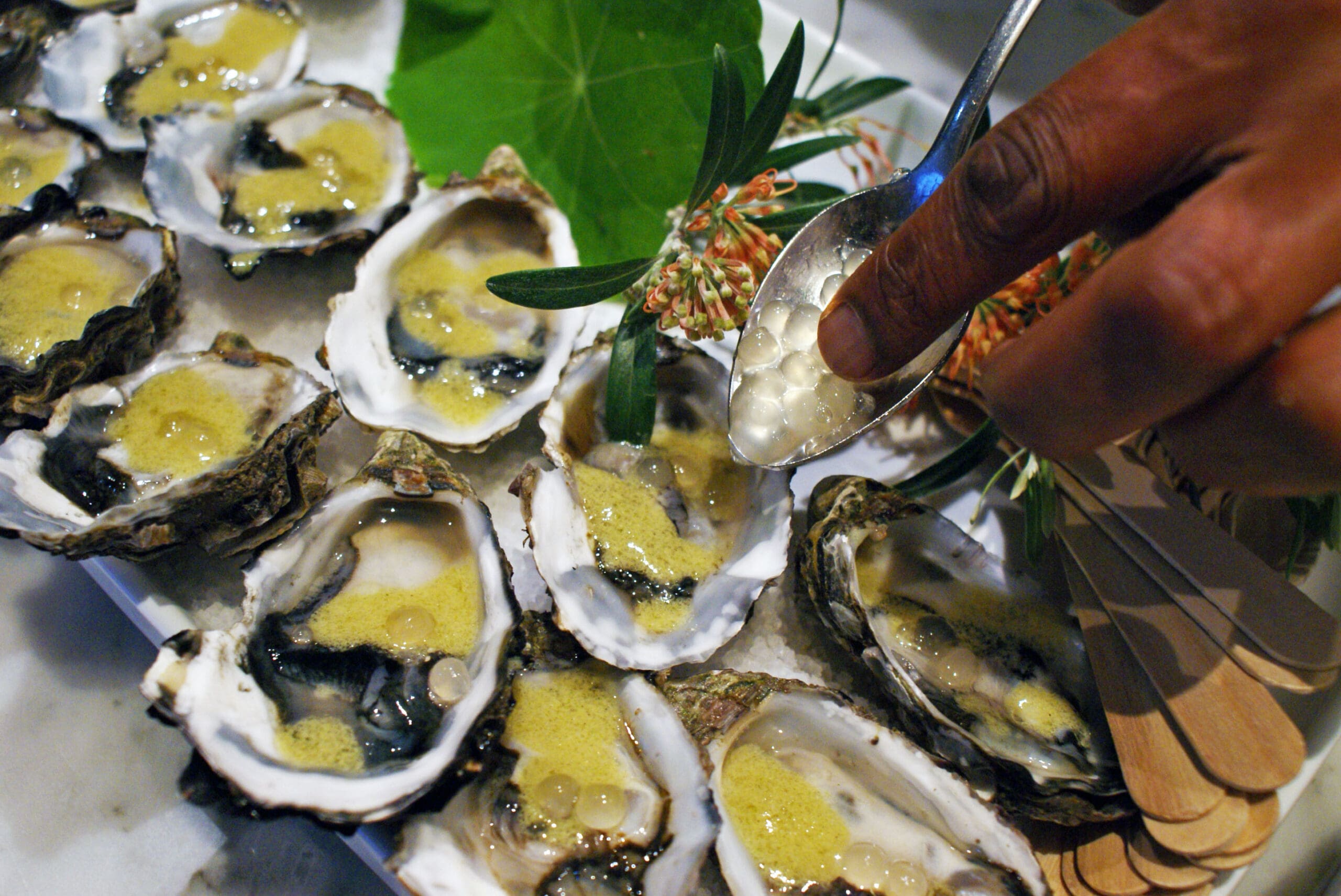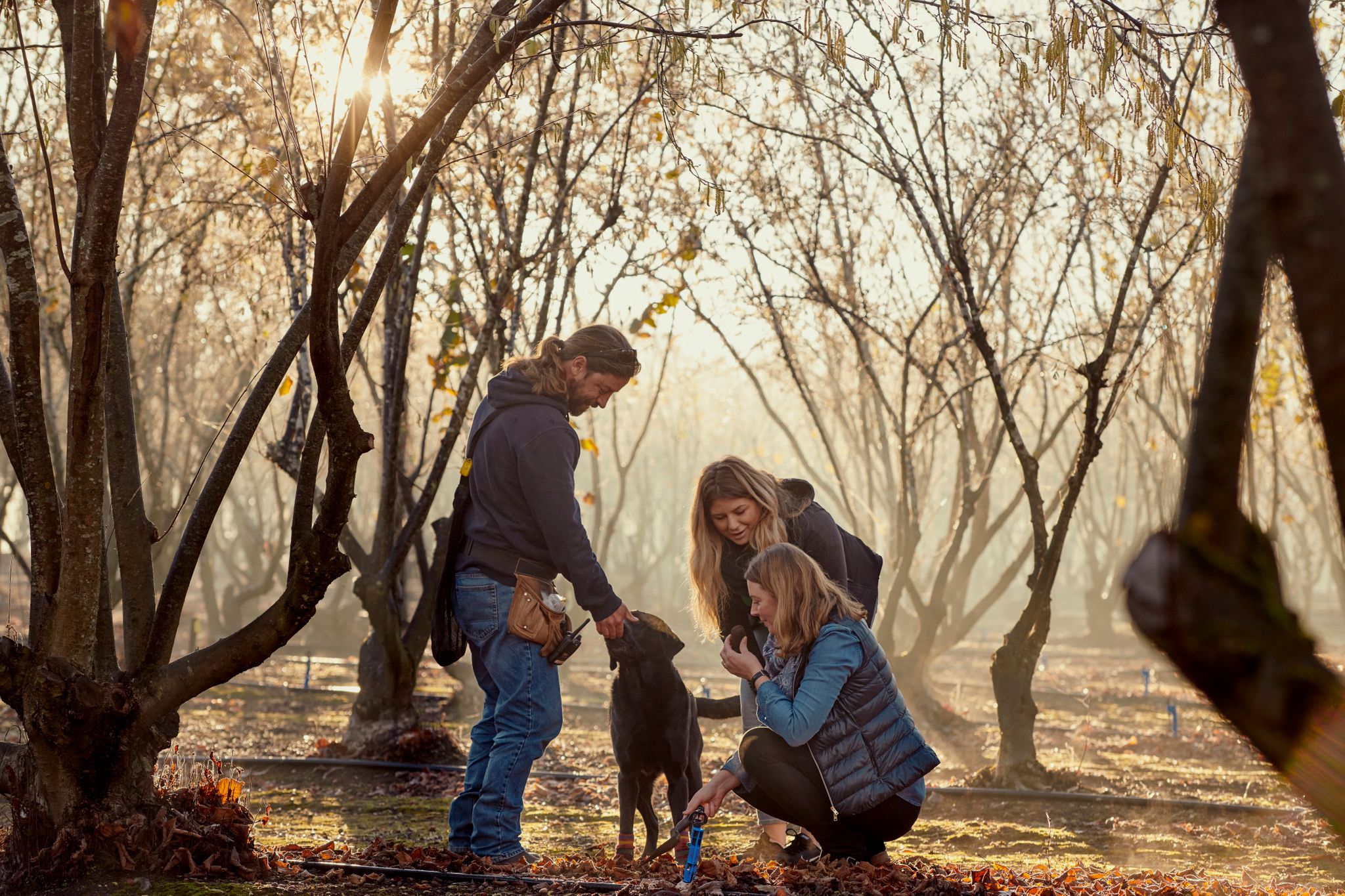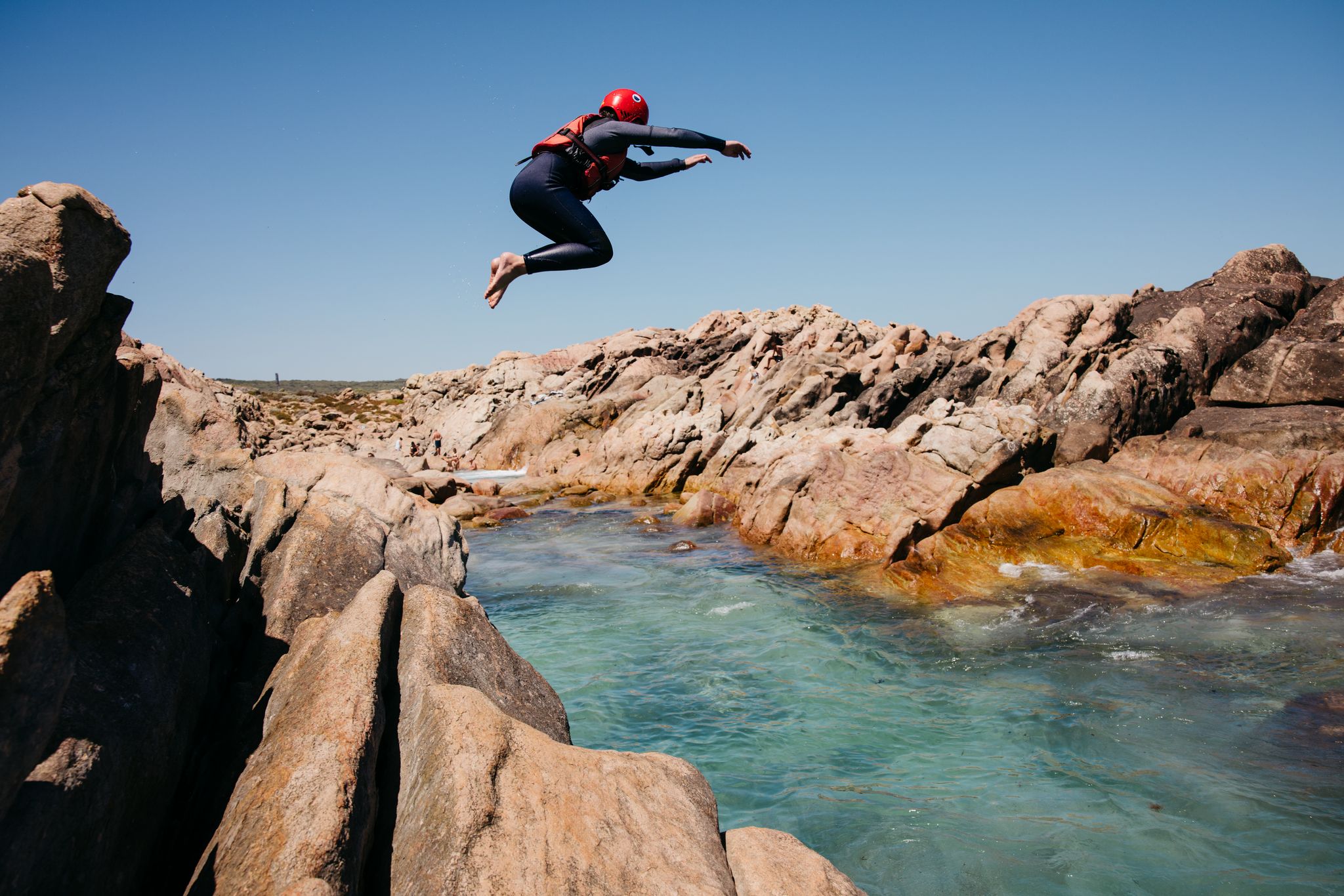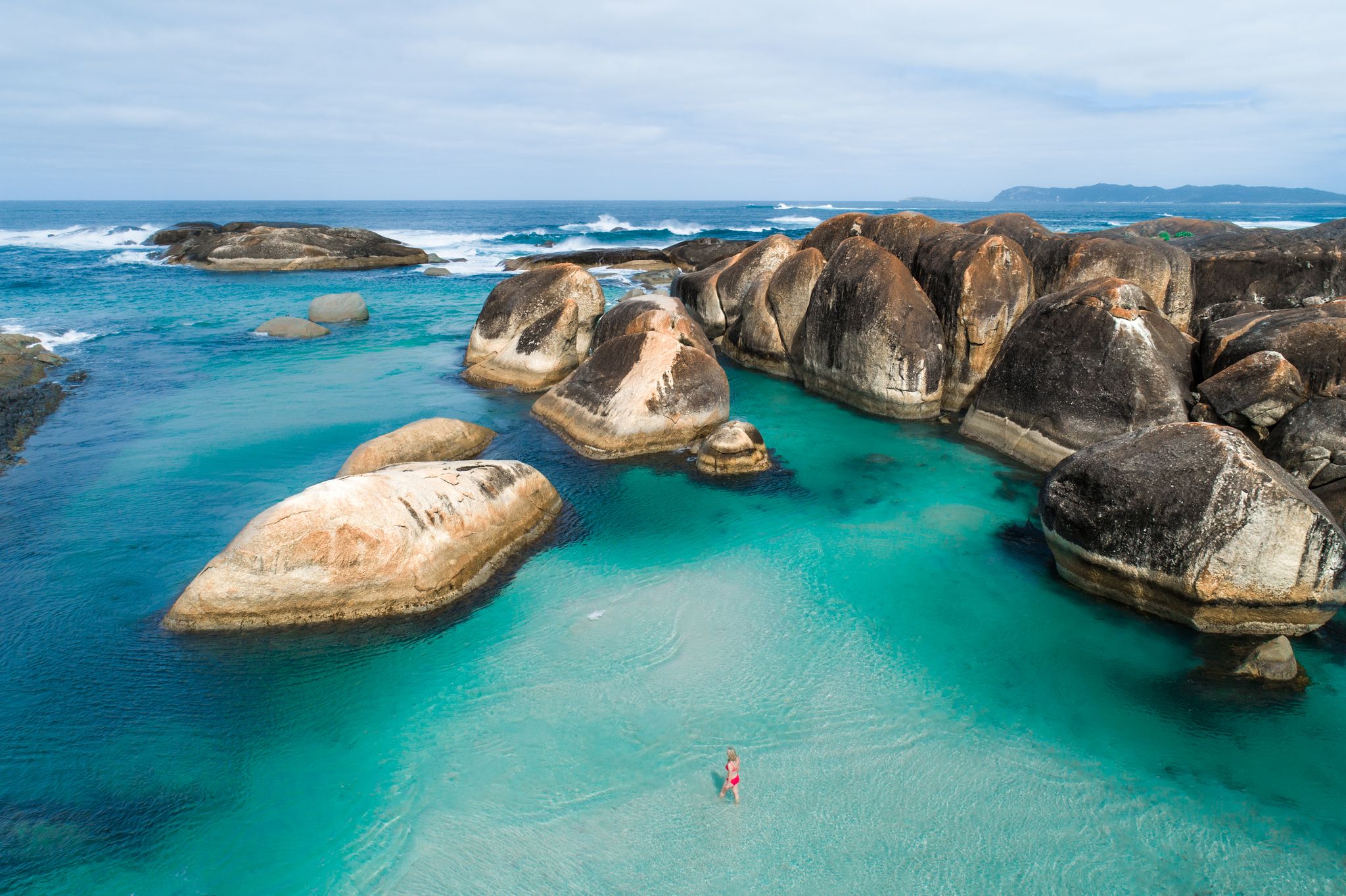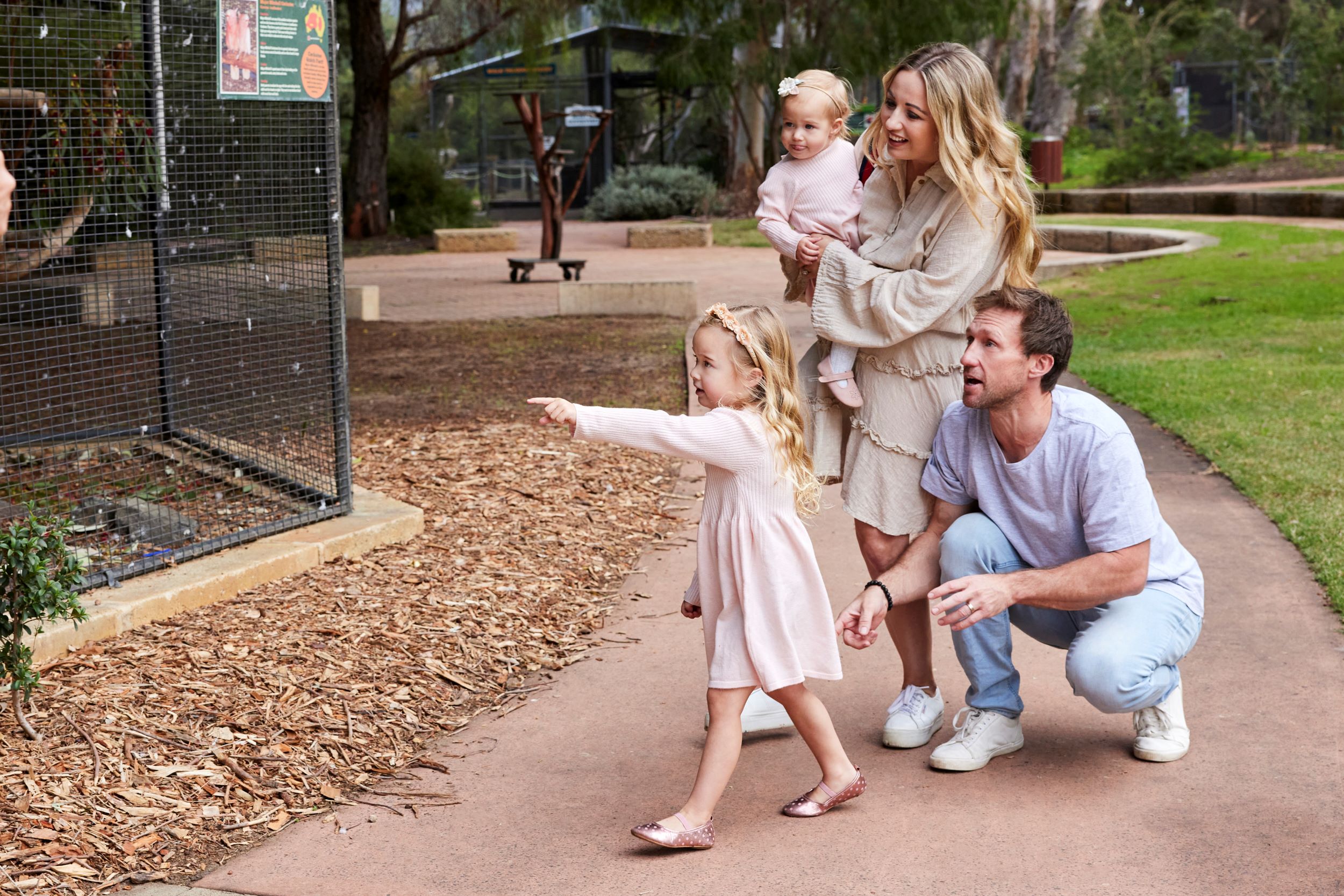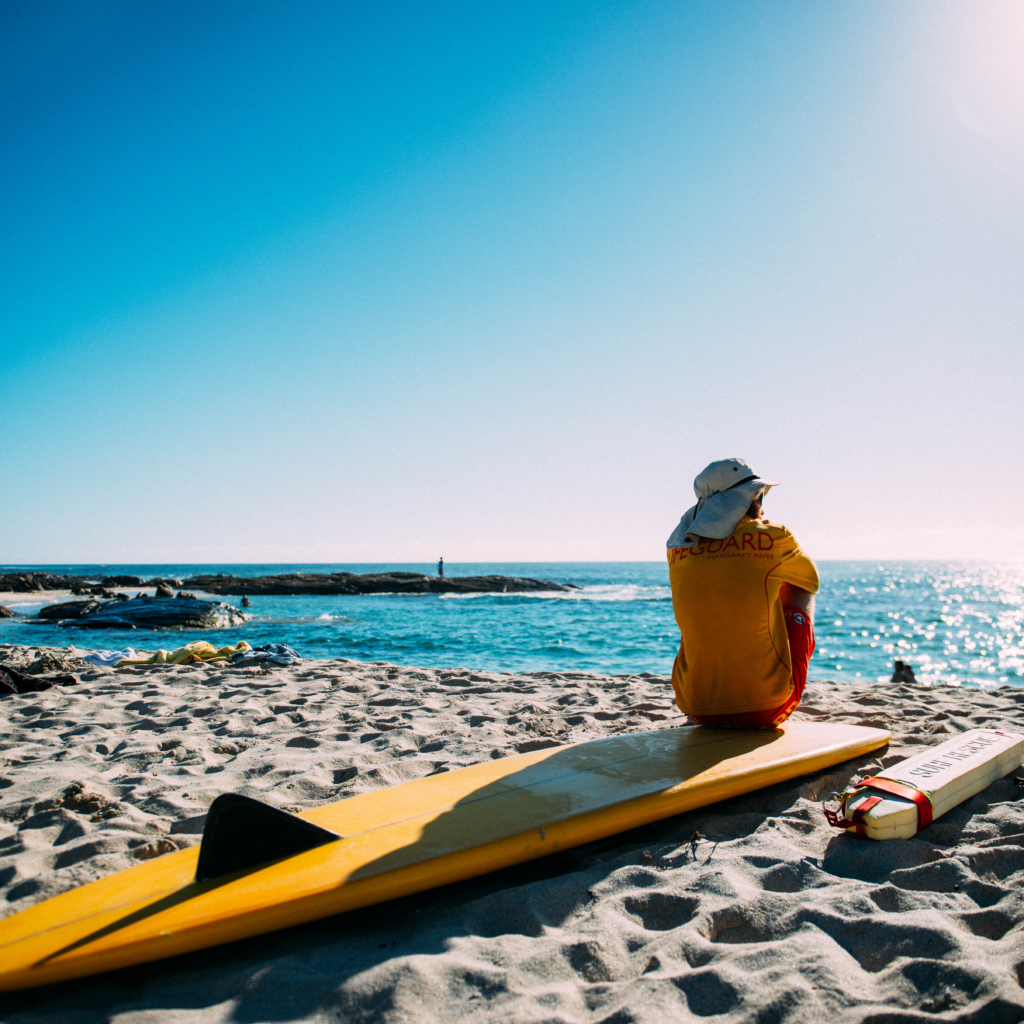Australia’s South West is awash with colour from August through to November, when more than 8000 species of native flower bloom throughout natural bushlands.
Nearly 80% of the plant species found in this corner of Australia are endemic to the region and can’t be found anywhere else in the world. Here’s where to go to spot the exceptionally rare and beautiful displays:
Bunbury Geographe
You don’t have to venture far from the South West’s major centre to go wildflower spotting.
At the end of Ocean Drive, between Usher (South Bunbury) and Dalyellup, you’ll find the Tuart Walk. Though it’s just 1.27km in length, there’s a lot you can spot along the way. Look up to marvel at the canopies of the towering Tuart trees, then avert your gaze to the sides of the bitumanised track to try spy False Baronia, Buttercup Bush, and Blue Squill.
Just a 5-minute drive away (or 20-minutes from the heart of Bunbury) is the bloom-covered Pultenaea Loop, an easy, dog-friendly 2.3km walk through the scrubland of Manea Park. Brightening up the brush, you’ll find a spattering of violet-coloured Blue Hovea and red Kangaroo Paws. There are also upwards of 30 species of native orchids growing in the park, from the more common Donkey and Cow Slip to the unique Snail orchid, named for its uncanny resemblance to the common garden snail.
Flower fans chasing a more immersive experience should make a beeline for the hills and valleys of Wellington National Park or Ferguson Valley. In the Crooked Brook Forest, you can spend half the day on the wildflower hunt along the 10km ‘Marri’ trail. Keep your eye out for the likes of Pink Myrtle, Blue Leschenaultia, and Yellow Candles.
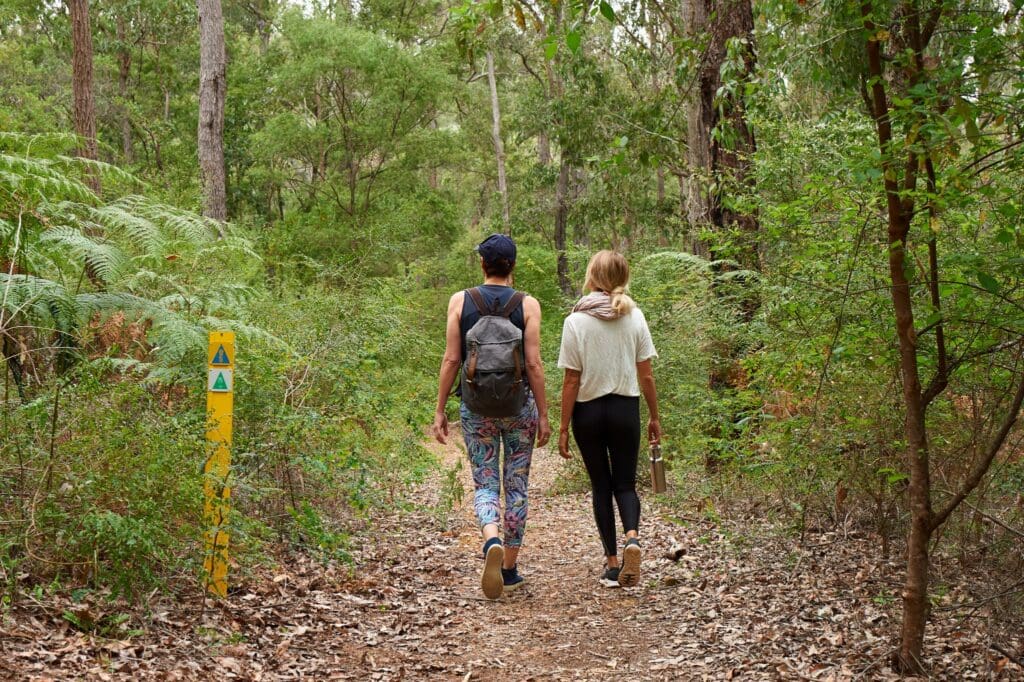
Great Southern
Both the Stirling Range and Porongurup National Parks fall within the South West biodiversity hotspot – one of only two recognised biodiversity hotspots in Australia and 36 worldwide.
The Stirling Range National Park is home to WA’s only significant mountain range and, as such, has some very unique flora on display. Of the 1,500 plus species of native plants in the park, more than 120 of them are unique to the Stirling Range. But, no native is more unique than the endemic Darwinia Collina – AKA, the Mountain Bell. Growing up to 1.2m in height, the endangered plant produces downward facing, bright yellow to lime-green flowers.
35-minutes away, in Porongurup National Park, sunshine-yellow Acacias and violet Hovea dominate the Marri, Karri, and Jarrah, undergrowth. Follow the 4.7km-long return trail to the summit of Castle Rock (home of the Granite Skywalk), and you’ll find Scarlet Flame Peas, Candlestick Banksias, and Native Wisteria lining the path too.
Closer to the coast, the wildflowers on display change yet again. Head towards ‘The Gap’ and the ‘Natural Bridge’ in Torndirrup National Park to see the pink, shrubby Pimilea Rosea and star-shaped Sticky Tailflower. Or, follow the limestone cliffs at Point D’Entrecasteaux and Windy Harbour for the chance at spotting a Blue Fairy or Broad-lipped Spider Orchid.
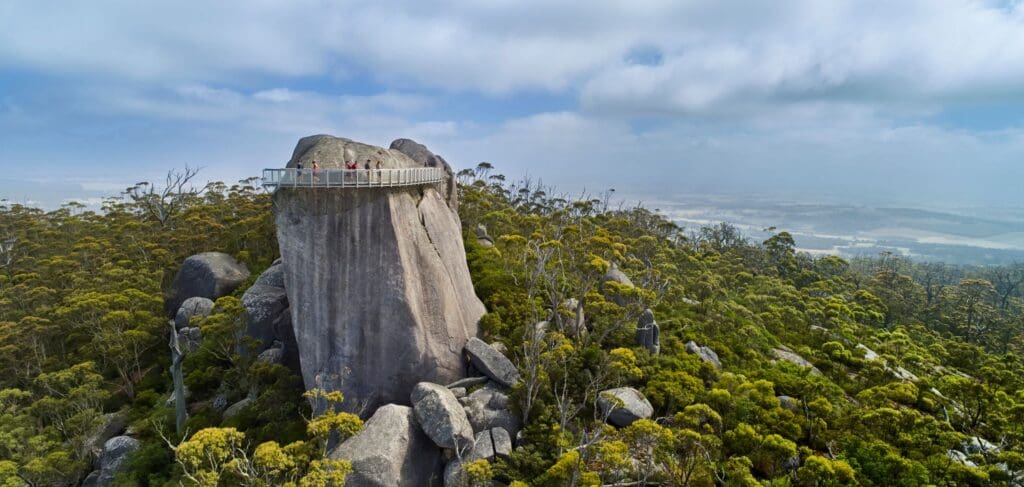
Margaret River Region
The Boranup Forest in the Leeuwin-Naturalise National Park is beautiful anytime, but it’s exceptional come wildflower season. When you’re not busy looking up at the stick-straight Karri trees, keep an eye on the ground, and you’ll be rewarded with the dense, flowering Yellow Cone Bush, jasmine-like Old Man’s Beard, and the odd stick-bug-esque Forest Mantis Orchid.
Nearer to the coast, pink clusters of Coastal Pimelea and purple Fairy Fan Flowers start to appear. They’re prevalent on the 250km Cape to Cape Track, which winds its way along the capes, caves, and headlands of the Leeuwin-Naturaliste Ridge, from Cape Leeuwin to Cape Naturaliste. Spend a few hours attempting just a short section, or join a multi-day guided tour along the track for more insight into the region and its flora.
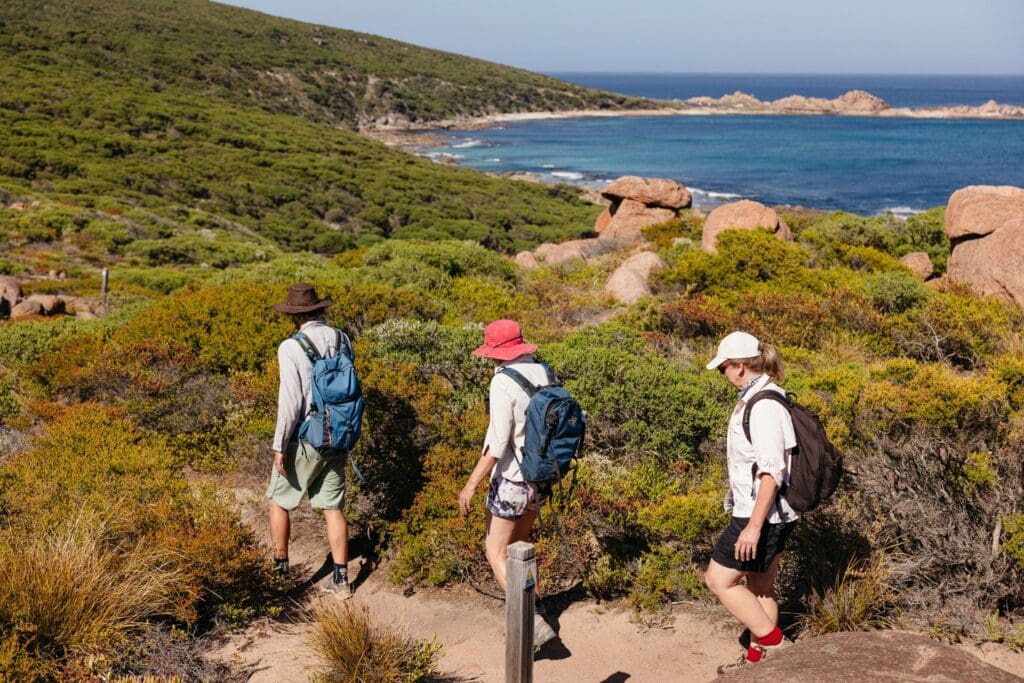
Southern Forests & Valleys
The town of Nannup is renowned for its annual floral displays. Each August, it plays host to the Nannup Flower and Garden Festival, coinciding with the start of wildflower season. After checking out the colourful tulips, head just out of town to Kondil Park, where you’ll find the aptly named ‘Wildflower Wander’. It’s a 3.1km looped trail that winds through the natural bushland of Jarrah, Marri, Sheoak, and Balga. Keep your focus on the underbrush to see an array of native orchids.
While there are blooms in the 246-ha Northcliffe Forest Park year round, the most varied display is saved for late in the year. From late September to December, electric blue Lobelias and delicate Fan Flowers line the waterways, while Spider, Helmet, and Midge Orchids sprout from the damp forest floor. Wander the park on foot to scout them out slowly, or take a mountain bike through the tracks for a higher-octane adventure.
The wildflower season in Warren National Park has a slightly later kick-off, with spots of colour appearing on the forest floor from October. Follow the 12km looped Heartbreak Trail, either by road or foot, as it meanders its way through the forest following the course of the Warren River. Marvel at the 300-year-old Marri trees, and look out for the likes of Snail, Kird, and Karri Spider Orchids, along the way.
Remember: Australia’s South West’s wildflowers are delicate and, often, considered endangered. Be sure to keep to walking trails while you’re on the hunt and, whatever you do, don’t take any souvenirs home (picking wildflowers comes with a hefty fine).
